As photographers, we all have our specialties: the subjects, locations, or events that really get our creative juices flowing, and inspire our best work. For some, it’s wildlife photography. For others, landscapes. Or seascapes, sunsets, misty mornings. Sports! Kids’ birthdays? Mardi Gras? I have a lot of favorites, personally, but there’s one type of subject matter that excites me like nobody’s business: Mayan ruins! Or any kind of ruins, really. The whole notion of crumbling stone cities hidden by the jungle, rising up out of the mist? Wow. Just wow. I’m not ashamed to admit it: I truly love that stuff, and a recent trip to the Yucatan, during which I visited no less than 14 Mayan Cities, was enough to put me head-over-heels.
Shooting photos of Mayan ruins is not a particularly complex assignment. You don’t need any special equipment, no special lighting. You can do it pretty much any time of day, or any day of the year. You need no special permits, no special arrangements, no complicated transportation (although some sites are much easier to get to than others). There are variables, of course, including the weather, but unless you’re faced with a torrential downpour, you should be able to work with whatever the fates assign you on the day that you decide to go.
All of that said, there are some things that you can do to improve your odds of bringing home a prizewinning photo. I’m going to focus on the famous ruin of Chichen Itza, which has the virtue of being the largest, the most famous, and the most often visited of all the Maya sites in Mexico. Chichen Itza is located just three hours west of Cancun, the popular Mexican beach resort, so it makes an easy day trip, or, even better, an overnight excursion, with a stay in one of the nearby hotels. You can rent a car in Cancun, and drive to the ruins–which is by far the best way to go if you’re planning to stay overnight. Most visitors, however, get there on a tour bus. Dozens of comfortable, air-conditioned buses leave Cancun every morning. They take you to Chichen Itza, they wait for you for the three hours or so it takes to tour the ruins, and then they take you back to Cancun. You can also get there quite easily on a tour from Merida, the capital of the Yucatan, and the largest modern city in the region.
Here’s the downside to that approach: there are dozens of buses, and each bus carries dozens of tourists. They start pouring in at about 9:30 or 10:00 in the morning, and for the rest of the day, the place is teeming with visitors. Depending on the season, there will be people EVERYwhere! I’m not sure about you, but I like my photos of Mayan ruins to convey the mystery and ambiance of an ancient city, and hordes of tourists kind of spoil that effect. Crowds of people dressed in bright tropical colors, baby carriages the size of small cars, and selfie sticks! OMG! It’s impossible to so much as look at any of the monuments at Chichen Itza without someone taking a selfie within your line of sight. I’m not going to knock the selfie craze. Adding cameras to cell phones was absolute genius. There are more people taking more pictures, everywhere in the world, than at any time in history, and if they want to take pictures of themselves? That’s their business, truly, but I’d have to say that when you’ve got hundreds of people doing the same thing in the same place, it gets a little annoying!
El Castillo, the famous Mayan pyramid at Chichen Itza, around mid-afternoon on a day in mid-October. That’s still the off season, so the crowd is small. Click for a larger view.
The best solution to this problem involves timing. If you can swing it with your schedule, don’t settle for the day trip–make a two day excursion out of Chichen Itza. Travel to the ruins on the first day. There isn’t much of a town there–a small village called Pisté, but there are a number of decent hotels, so book yourself a room, and then head out to the site. Take your time, wander the whole big complex and familiarize yourself with the lay of the land, the location of the most interesting buildings and sculptures, the best camera angles. There will be people all over the place, so you may not get the kind of photos you were hoping for–but that doesn’t matter. Remember, you’re coming back! The site closes at 5:00. If the weather cooperates, and it usually does, you’ll get some good pictures in the afternoon light in the last hour before you leave. They clear everyone out well before the actual sunset, but you’ll still get stronger contrast, brighter highlights, and deeper shadows from a sun that’s lower in the sky, rather than directly overhead.
The next morning, get to the park before it opens at 8 AM. Skip breakfast if you have to, but make an effort to be first in line (or close to it). There will only be a handful of other visitors, because none of the tour buses will have arrived yet. You’ll have the place practically all to yourself for as much as two hours! Shoot the Castillo, the big iconic pyramid, from every angle. There won’t be a single selfie stick in sight.
El Castillo at 8:00 AM, just after the site opened for the day. No people at all! Click for a larger view.
Next, head for the ball court. Ball courts are a common feature of the Mayan cities. A natural rubber ball nearly the size of a man’s head had to be knocked through a goal, a carved stone ring mounted high on the wall of the court. (Note that all the photos below can be expanded by clicking them).
Players couldn’t touch the ball with their hands or their feet, only their hips and elbows, and they had to wear thick leather armor to avoid being injured by the heavy ball. The game was more ritual than sport–and it was deadly serious. The losing team was sacrificed, as part of the spectacle–but it wasn’t all bad–such a death was considered a great honor. The ball court at Chichen Itza is the largest ever found at any pre-columbian site. (The game was also played by the Aztecs, and numerous other cultures throughout Mexico and Central America). The goal rings are 30 feet above the court, and the holes in the rings aren’t much bigger than the ball would have been, so in this venue, an actual goal would have been very rare indeed! The ball court is quite a popular thing to see at Chichen Itza, and because it’s right by the main entrance, it’s always crowded with visitors:
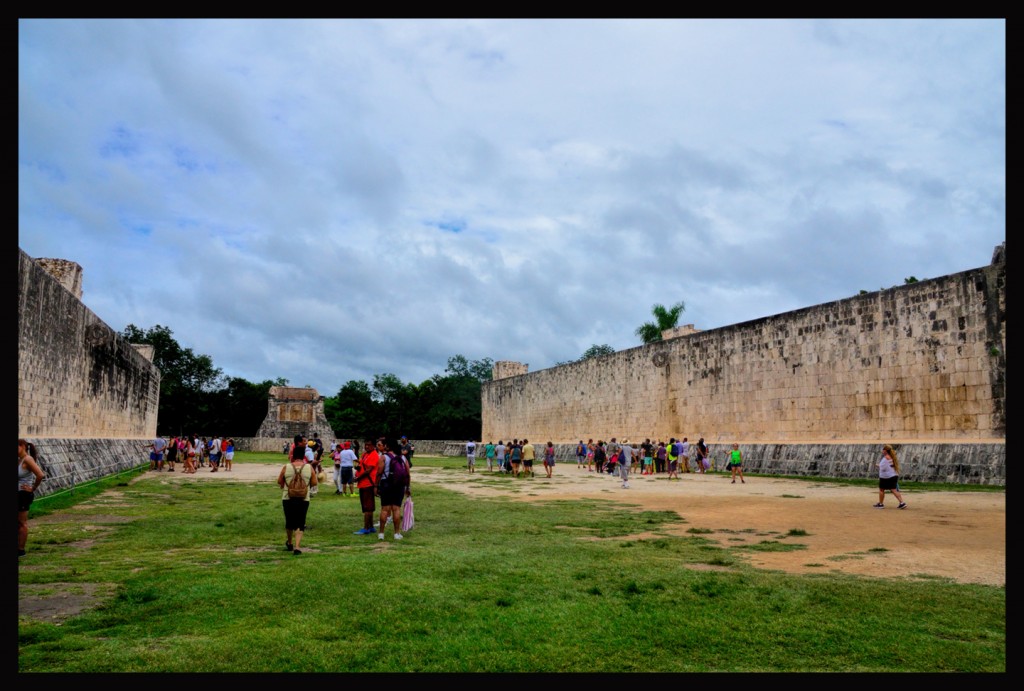 The ball court in the afternoon
The ball court in the afternoon
Which is why it’s better to get there first thing in the morning, when it looks like this:
The ball court just after 8:00 AM
Shoot the Platform of Skulls:
The Temple of the Warriors:
and the mysterious Group of a Thousand Columns:
Luxuriate in the emptiness of the place, because you know that won’t last! When you’re finished, walk through and beyond that area to the back end of the site where you’ll find the Caracol, the observatory:
as well as the Nunnery and the Iglesia, the Church, buildings with some of the most astonishing detail of any Mayan site anywhere:
That part of the ruin will stay empty for awhile even after the buses arrive, because most of those bus passengers head straight for the snack bar before they do anything else. And then, to the Castillo, to take those all-important selfies. So it will be another hour, at least, before any significant crowds invade the south forty–and by that time? You’ll be done.
If you can’t spare two days for Chichen Itza, and the only time you can be there is at the same time as everyone else? All is not lost. Creative use of a wide angle lens will allow you to get in close and crop out the crowds.
A good wide angle lens can get you in close enough to crop out all the people, even in the middle of the day. It does, however, distort the perspective a bit.
Creative camera angles will accomplish the same thing:
The base of the main staircase at El Castillo, with the famous serpent’s heads, and a crowd of brightly dressed tourists in the background, spoiling the ambiance.
Get in closer! It’s still a great picture, and the people are all out of the frame.
El Castillo, with the Platform of the Jaguars in the foreground, and a crowd in the middle distance.
All you have to do is step to the left and use your zoom. Much better!
Closeups of the astonishing detail can be easily captured with no people in the picture.
The lower wall of the ball court. This was shot at mid-day. There were people everywhere, but none in the picture.
Another trick: Set up your shot, and wait for your moment. With any luck at all, the woman in blue jeans will walk out of the frame on the right before the guy in the bright red shirt strolls in from the left. And if you don’t quite catch that empty moment?
Darn! The woman in blue jeans is still in the picture on the lower right!
There’s always Photoshop. With a steady hand and just a little practice, removing the odd tourist from your photograph is a piece of cake.
Same shot, with the unwanted elements removed–including those pesky fence posts.
No matter how or when you do it, Chichen Itza is an amazing place to visit. Morning or afternoon, winter or summer, rain or shine, I can all but guarantee that you’ll take home wonderful photographs!
Click any photo in the slide show to expand the images to full screen, with captions:
(Unless otherwise noted, all of these images are my original work, and are protected by copyright. They may not be duplicated for commercial purposes.)
If you would like to know more about the history of Chichén Itzá, about how and why it was built, and where it fit in the ancient world of the Maya, you might be interested in my more recent post, Chichén Itzá: Requiem for the Feathered Serpent, which explores those topics in depth.
Chichen Itza in 1970:
Original Photographs by Carl Duisberg
My good friend Carl Duisberg has been a world traveler almost as long as I've known him, and I've known him since we were both kids in school.
I recently helped Carl resurrect two dozen rolls of black and white film from some of his early travels, negatives that had been packed away for half a century and essentially forgotten. No prints were made when the film was processed, all those years ago, so when I scanned and edited the images, I brought wonderful photos to life that had never been seen before.
One of those rolls of film was shot in the ruins of Chichén Itzá, more than fifty years ago, and Carl has graciously agreed to share them here. Viewing these old photos, it's apparent how much work has been done cleaning up the ruin. In 1970, many of the structures you see today were still half buried, and the walkways for visitors were unpaved dirt paths. At that time, visitors were still allowed to climb the pyramids, and several of Carl's photos show views that could not be captured today. The lack of crowds is certainly worthy of note: Cancun was still being built at that time, and was not yet open for business. These pictures were taken several years before the hordes of tourists arrived in the Yucatan.
(If you'd like to see more of Carl's work, check out the Historic Photos section of this website.)
READ MORE LIKE THIS:
This is an interactive Table of Contents. Click the thumbnails to open the pages.
ON THE ROAD IN MEXICO
MEXICAN ROAD TRIP: HOW TO PLAN AND PREPARE FOR A DRIVE TO THE YUCATAN
The published threat levels are a “full-stop” deal breaker for the average tourist. That’s unfortunate, because Mexican road trips are fantastic! Yes, there are risks, but all you have to do to reduce those risks to to an acceptable level is follow a few simple guidelines.
<<CLICK to Read More!>>
Mexican Road Trip: Heading South, From Laredo to Villahermosa
When it was our turn, soldiers in SWAT gear surrounded my Jeep, and an officer with a machine gun gestured for me to roll down my window. He asked me where we were going. I’d learned my lesson in customs, and knew better than to mention the Yucatan. “We’re going to Monterrey,” I said, without elaborating.
He checked our ID’s and our travel documents, then handed them back. “Don’t stop along the way,” he advised. “You need to get off this road and to a safe place as quickly as you can!”
<<CLICK to Read More!>>
Mexican Road Trip: Zapatista Road Blocks in Chiapas
“Good morning,” I said. “We’re driving to Palenque. Will you allow us to pass?”
The leader of the group, a young Mayan lad, walked up beside my Jeep, and fixed me with a menacing glare. “The road is closed,” he said, keeping his hand on the hilt of his machete. “By order of the Ejército Zapatista de Liberación Nacional!”
“Is it closed to everyone?” I asked innocently. “How about if we pay a toll? How much would the toll be?”
He gave me an even more menacing glare. “That will cost you everything you’ve got,” he said gruffly, brandishing his machete, while his companions did the same.
<<CLICK to Read More!>>
Mexican Road Trip: Mayan Ruins and Waterfalls in the Lacandon Jungle
The next morning, we were waiting at the entrance to the Archaeological Park a half hour before they opened for the day. We were the only ones there, so they let us through early, and I had the glorious privelege of photographing that wonderful ruin in the golden light of early morning, without a single fellow tourist cluttering my view.
<<CLICK to Read More!>>
Mexican Road Trip: Cancún, Tulum, and the Riviera Maya
The millions of tourists who fly directly to Cancún from the U.S. or Canada are seeing the place out of context. They can’t possibly appreciate the fact that they’re 2,000 miles south of the border; a whole country, a whole culture, a whole history away from the U.S.A. Just looking around, on the surface? The second largest city in southern Mexico could easily pass for a beach town in Florida.
<<CLICK to Read More!>>
Mexican Road Trip: Circling the Yucatan, from Quintana Roo to Campeche
The Castillo at Muyil isn’t huge, as Mayan pyramids go, topping out at just over 50 feet, but it’s definitely imposing. Try to imagine: the equivalent of a five story building, with a three story grand staircase, just appearing, out in the middle of nowhere? Boo-yah!
<<CLICK to Read More!>>
Mexican Road Trip: Edzná, and Campeche, Where They Dance La Guaranducha
La Guaranducha, a traditional dance from Campeche, is a celebration of life, community, and the joy of existence. On stage, there was a group of young men and women in traditional dress, but it was clear that the guys were little more than props, because all eyes were on the girls. So colorful, and so elegant, hiding coyly behind their pleated, folding hand fans.
Mexican Road Trip: Adventures Along the Puuc Route
All of these communities in the Puuc region were allied, politically, culturally, economically, and socially. The Puuc was the cradle of the Golden Age of the Maya. Labna and Sayil were among the brightest jewels in the crown of a realm that never quite coalesced into an empire.
<<CLICK to Read More!>>
Mexican Road Trip: The Road to Bonampak
Rainwater seeping through the limestone walls of the temple soaked the Bonampak Murals with a mineral-rich solution that, each time it dried, left behind a sheen of translucent calcite. The built-up coating protected the paintings for more than 1200 years. As a result, we’re left with the finest examples of ancient art from the Americas to have survived into our modern era.
Mexican Road Trip: Crossing the Chiapas Highlands, to San Cristobal de las Casas
MX 199 crosses the Chiapas Highlands from Palenque to San Cristobal de las Casas. The distance is only 132 miles, but it’s 132 miles of curvy mountain roads with switchbacks, steep grades, slow trucks, and villages chock-a-block with topes and bloqueos, unofficial road blocks. Everything I read, and everything I heard, described the drive as alternatively spectacular, dangerous, and fascinating, in seemingly equal measure.
Mexican Road Trip: Cruising the Sierra Madre, from San Cristobal to Oaxaca
Today, we’d be driving as far as the city of Oaxaca, 380 miles of curves, switchbacks, and rolling hills that would require at least ten hours of our full attention, crossing the Sierra Madre de Chiapas, and entering the rugged, agave-studded landscape of the Sierra Madre de Oaxaca. If you’d like to know what that was like, read on!
Mexican Road Trip: Flashing Lights in the Rear View: Officer Plata and La Mordida
This post is a work in progress. Anticipated publication in February, 2025.
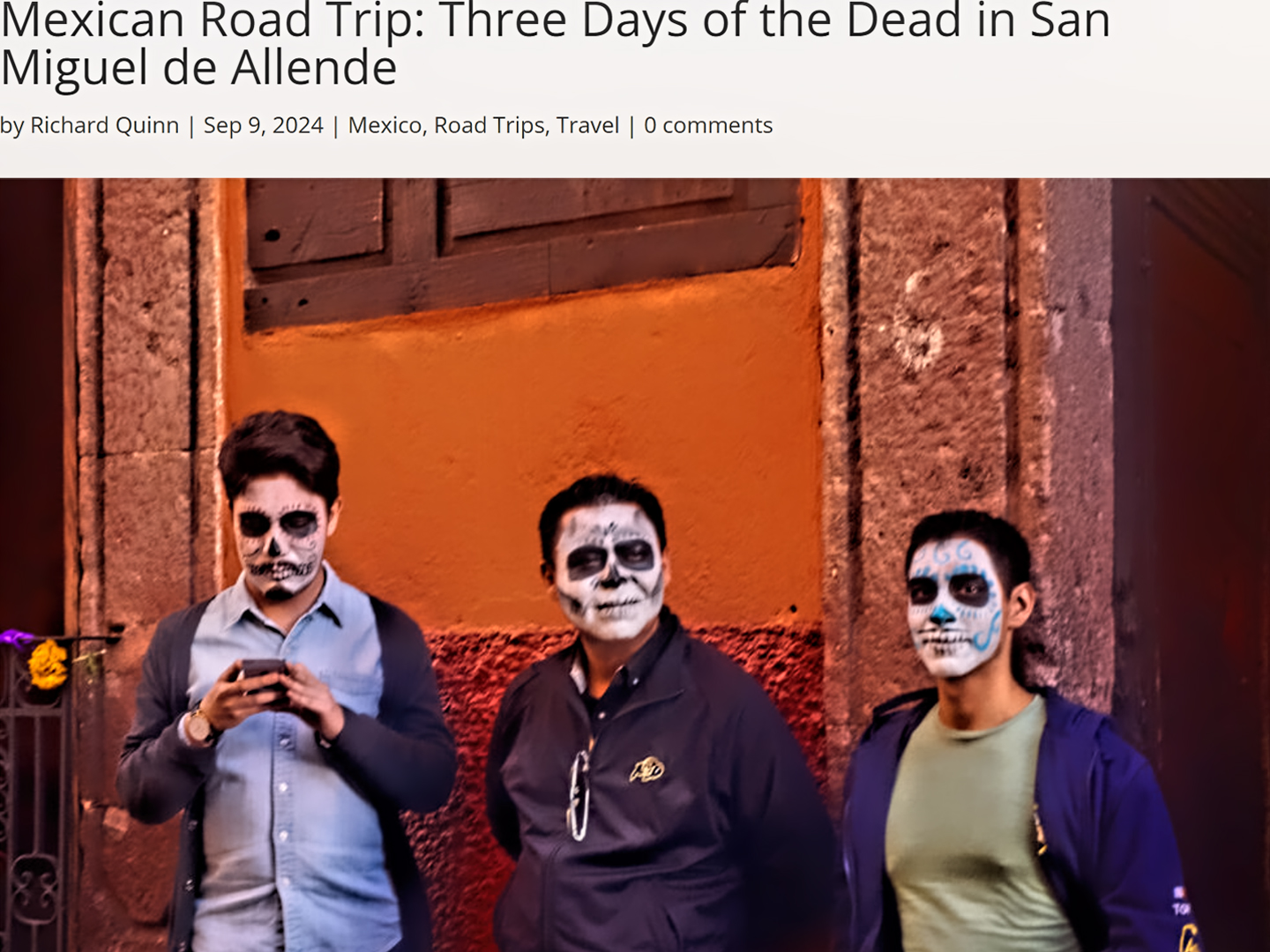
Mexican Road Trip: Three Days of the Dead in San Miguel de Allende
This post is a work in progress. Anticipated publication in February, 2025.
Mexican Road Trip: Back to the Border: San Miguel de Allende to Eagle Pass
This post is a work in progress. Anticipated publication in March, 2025.
Southern Colonials: Merida, Campeche, and San Cristobal
Visiting the Spanish Colonial cities of Mexico is almost like traveling back in time. Narrow cobblestone streets wind between buildings, facades, and stately old mansions that date back three hundred years or more, along with beautiful plazas, parks, and soaring cathedrals, all of similar vintage.
<<CLICK to Read More!>>
San Miguel de Allende, Mexico’s Colonial Gem
If you include the chilangos, (escapees from Mexico City), close to 20% of the population of San Miguel de Allende is from somewhere else, a figure that includes several thousand American retirees.
<<CLICK to Read More!>>
Day of the Dead in San Miguel de Allende
In San Miguel de Allende, they’ve adopted a variation on the American version of Halloween and made it a part of their Day of the Dead celebration. Costumed children circle the square seeking candy hand-outs from the crowd of onlookers. It’s a wonderful, colorful parade that’s all about the treats, with no tricks!
<<CLICK to Read More!>>
IN THE LAND OF THE MAYA
Palenque: Mayan City in the Hills of Chiapas
Palenque! Just hearing the name conjures images of crumbling limestone pyramids rising up out of the the jungle, of palaces and temples cloaked in mist, ornate stone carvings, colorful parrots and toucans flitting from tree to tree in the dense forest that constantly encroaches, threatening to swallow the place whole.
<<CLICK to Read More!>>
Uxmal: Architectural Perfection in the Land of the Maya
The Pyramid of the Magician is one of the most impressive monuments I’ve ever seen. There’s a powerful energy in that spot–maybe something to do with all the blood that was spilled on the altars of human sacrifice at the top of those impossibly steep steps–but more than any building or other structure at any ancient ruin I’ve ever visited, more than any demonic ancient sculpture I’ve ever seen, that pyramid at Uxmal quite frankly scared the hell out of me!
<<CLICK to Read More!>>
Photographer’s Assignment: Chichén Itzá
To get the best photos, arrive at the park before it opens at 8 AM. There will only be a handful of other visitors, and you’ll have the place practically all to yourself for as much as two hours! Take your time composing your perfect shot.There won’t be a single selfie stick in sight.
<<CLICK to Read More!>>
Tulum: The City that Greets the Dawn
Tulum is not all that large, as Mayan sites go, but its spectacular location, right on the east coast of the Yucatan Peninsula, makes it one of the best known, and definitely one of the most picturesque.
<<CLICK to Read More!>>
Cobá and Muyil: Mayan Cities in Quintana Roo
Cobá was a trading hub, positioned at the nexus of a network of raised stone and plaster causeways known as the sacbeob, the white roads, some of which extended for as much as 100 kilometers, connecting far-flung Mayan communities and helping to cement the influence of this powerful city.
<<CLICK to Read More!>>
Becan and Chicanná: Mayan Cities in the Rio Bec Style
Much about the Rio Bec architectural style was based on illusion: common elements include staircases that go nowhere and serve no function, false doorways into alcoves that end in blank walls, and buildings that appear to be temples, but are actually solid structures with no interior space.
<<CLICK to Read More!>>
The Puuc Hills: Apex of Mayan Architecture
The Puuc style was a whole new way of building. The craftsmanship was unsurpassed, and some of the monumental structures created in this period, most notably the Governor’s Palace at Uxmal, rank among the greatest architectural achievements of all time.
<<CLICK to Read More!>>
The Amazing Mayan Murals of Bonampak
Out of that handful of Mayan sites where mural paintings have survived, there is one in particular that stands head and shoulders above the rest. One very special place. Down by the Guatemalan border, in a remote corner of the Mexican State of Chiapas: a small Mayan ruin known as Bonampak.
<<CLICK to Read More!>>
A shout out to my old friend Mike Fritz (aka Mr. Whiskers), my shotgun rider on my Mexican Road Trip. “Drive to the Yucatan and See Mayan Ruins” was at the top of my post-retirement bucket list, right after “Drive the Alaska Highway and see Denali.” We checked off the whole Yucatan thing in a major way, and Mike was a heck of a good sport about it.
Road trips with old friends are the absolute best. We laugh and we laugh until we run out of breath, and laughter is good for the soul!
There’s nothing like a good road trip. Whether you’re flying solo or with your family, on a motorcycle or in an RV, across your state or across the country, the important thing is that you’re out there, away from your town, your work, your routine, meeting new people, seeing new sights, building the best kind of memories while living your life to the fullest.
Are you a veteran road tripper who loves grand vistas, or someone who’s never done it, but would love to give it a try? Either way, you should consider making the Southwestern U.S. the scene of your own next adventure.
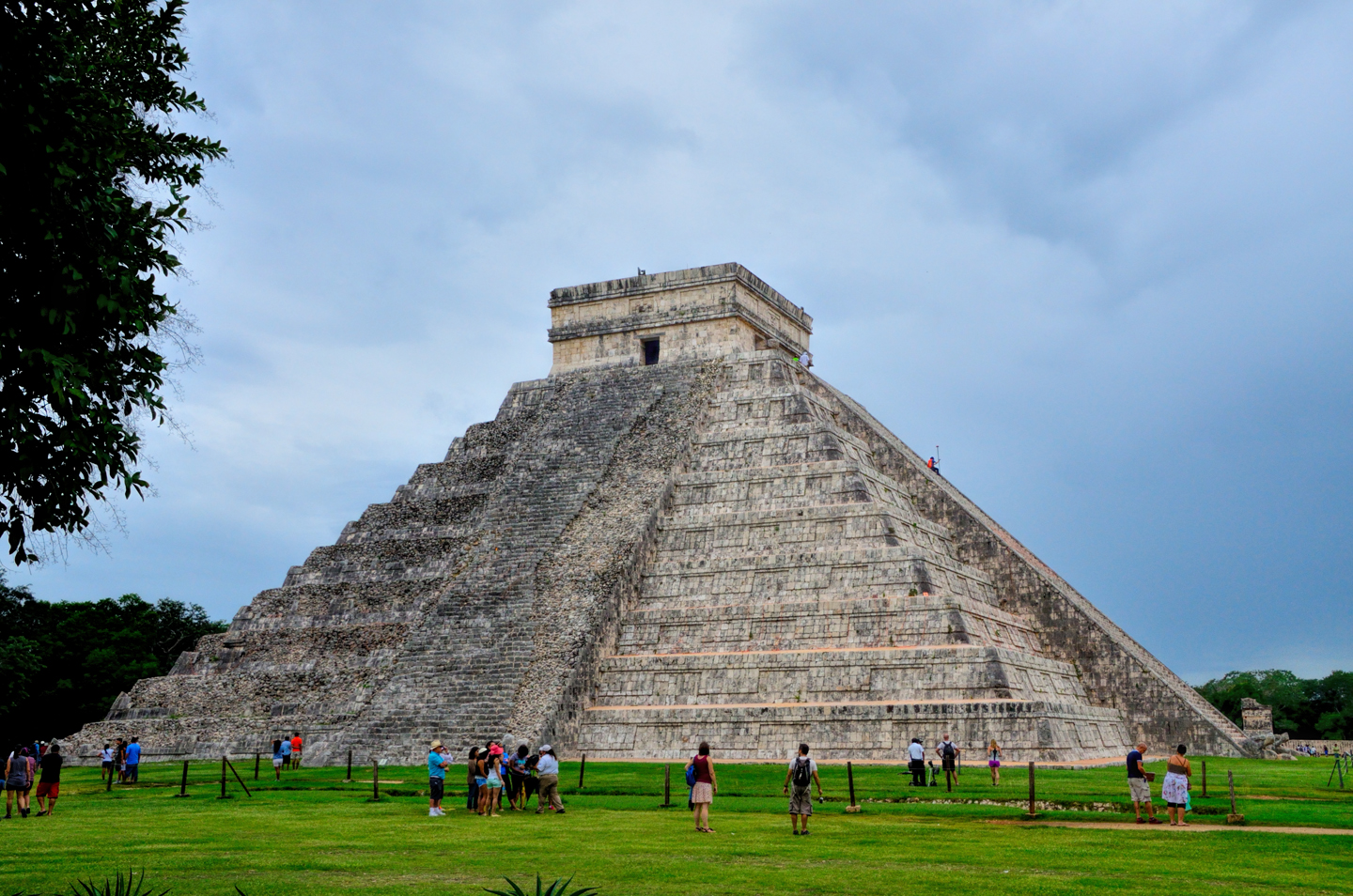
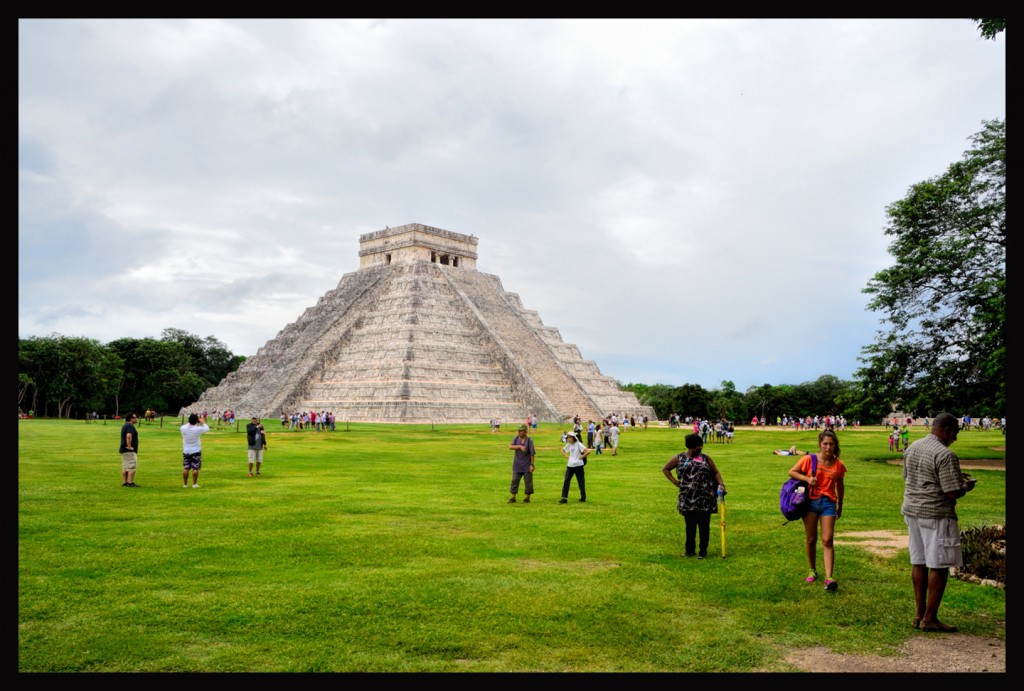
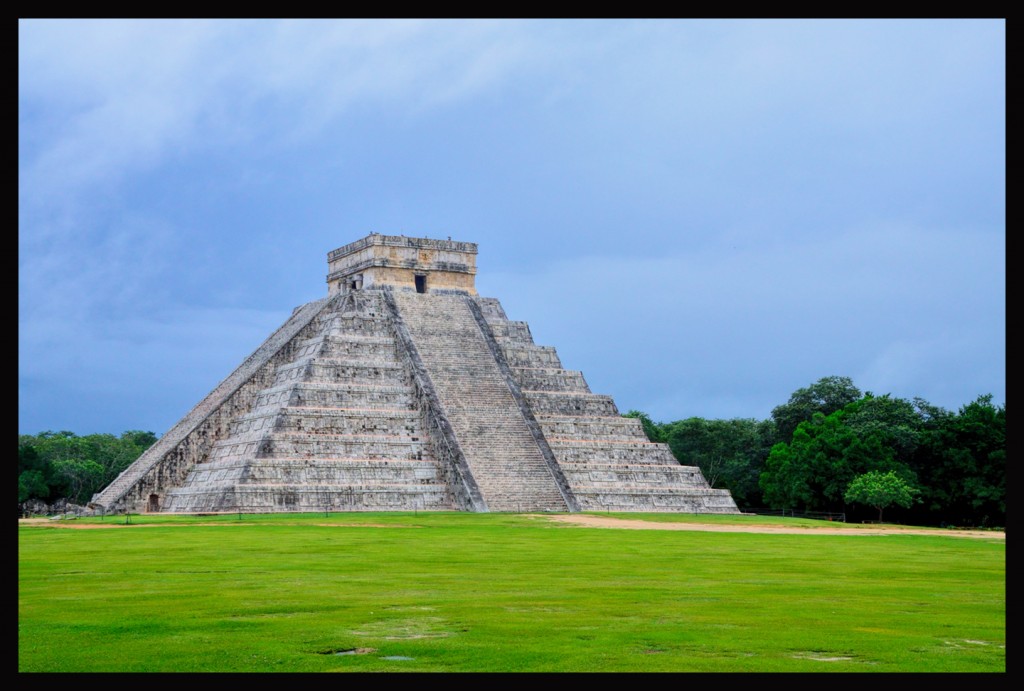
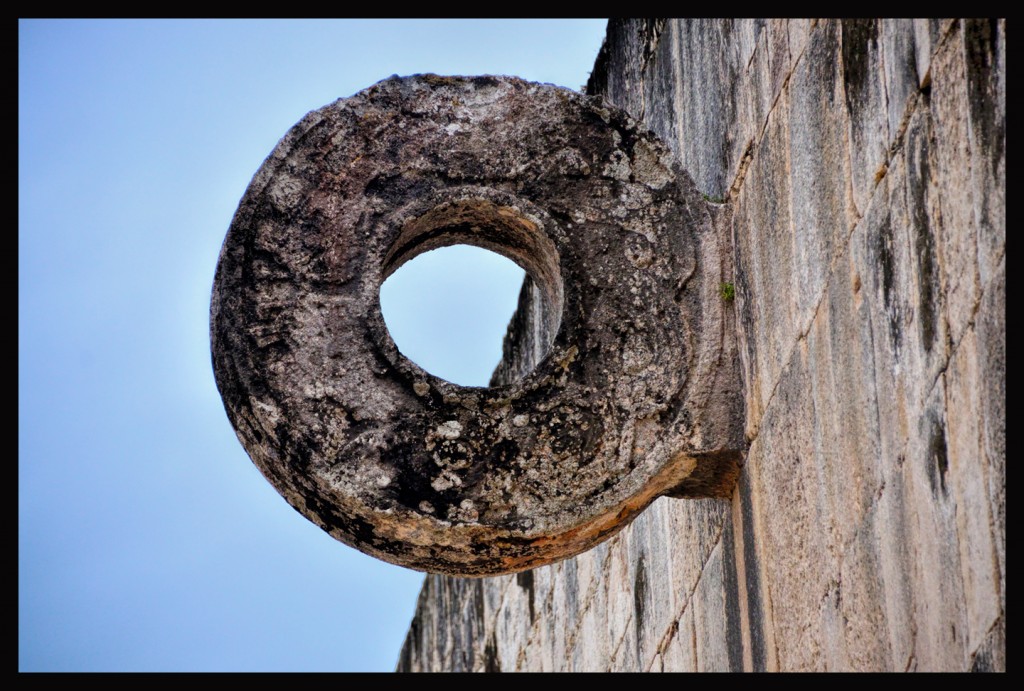
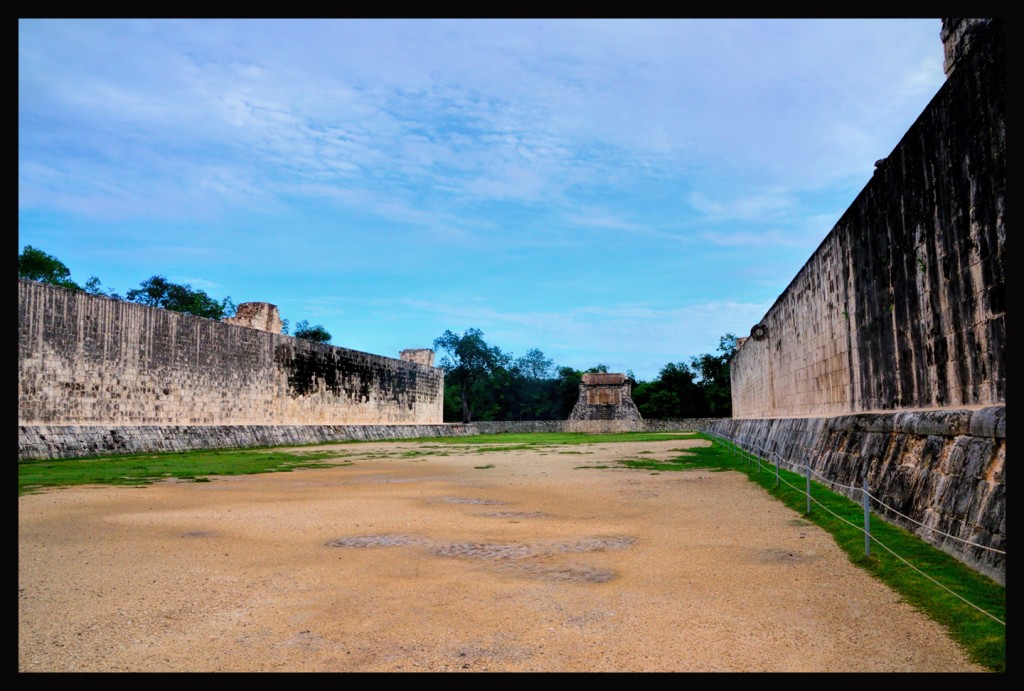
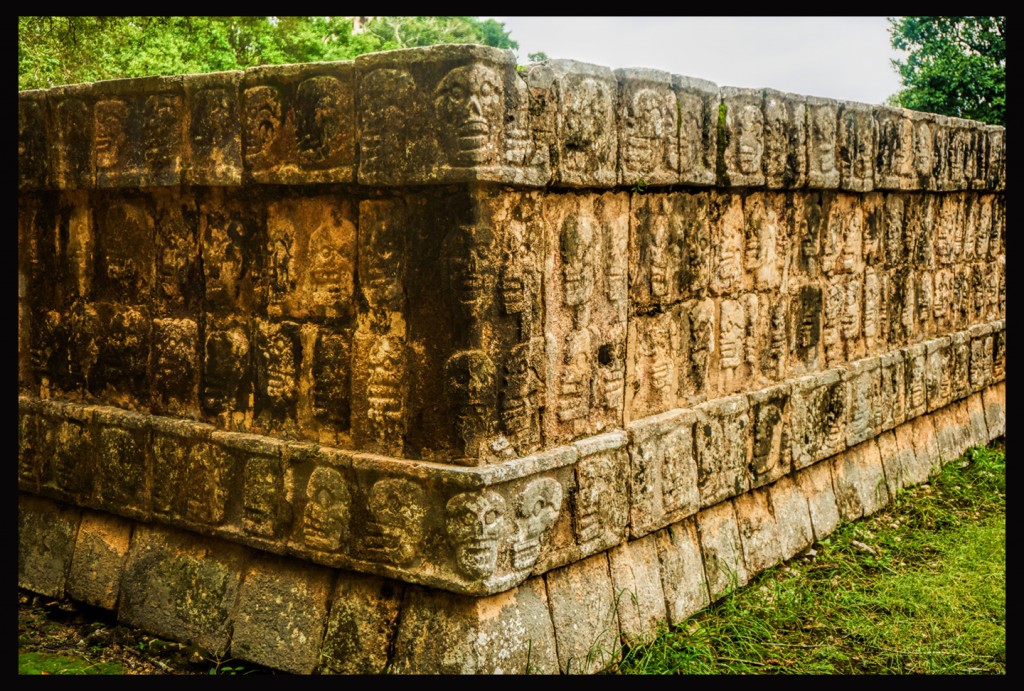
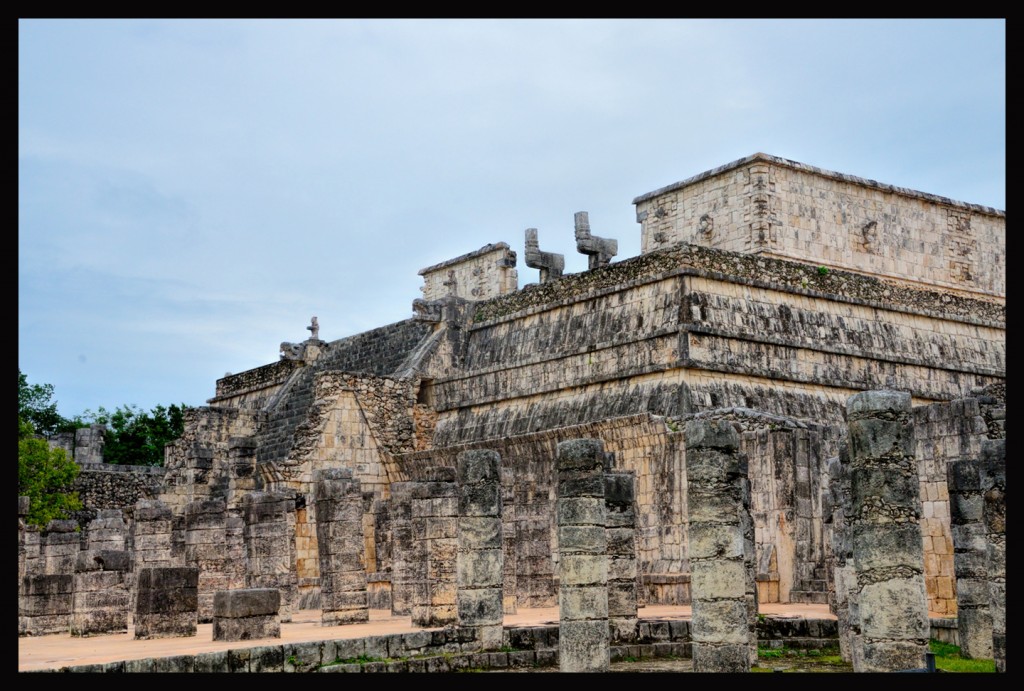
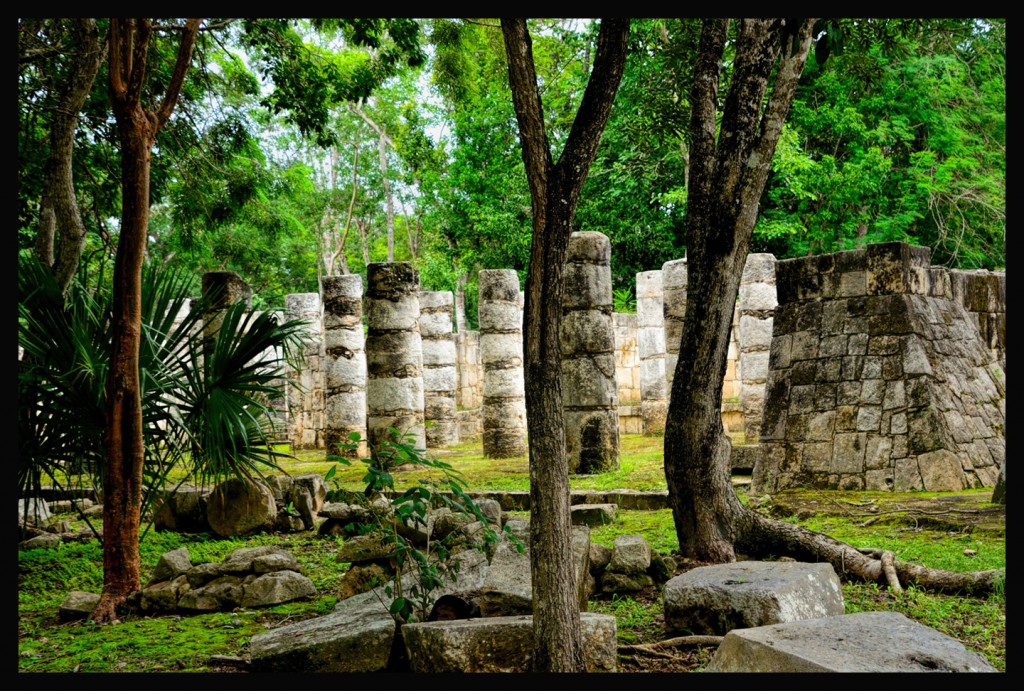
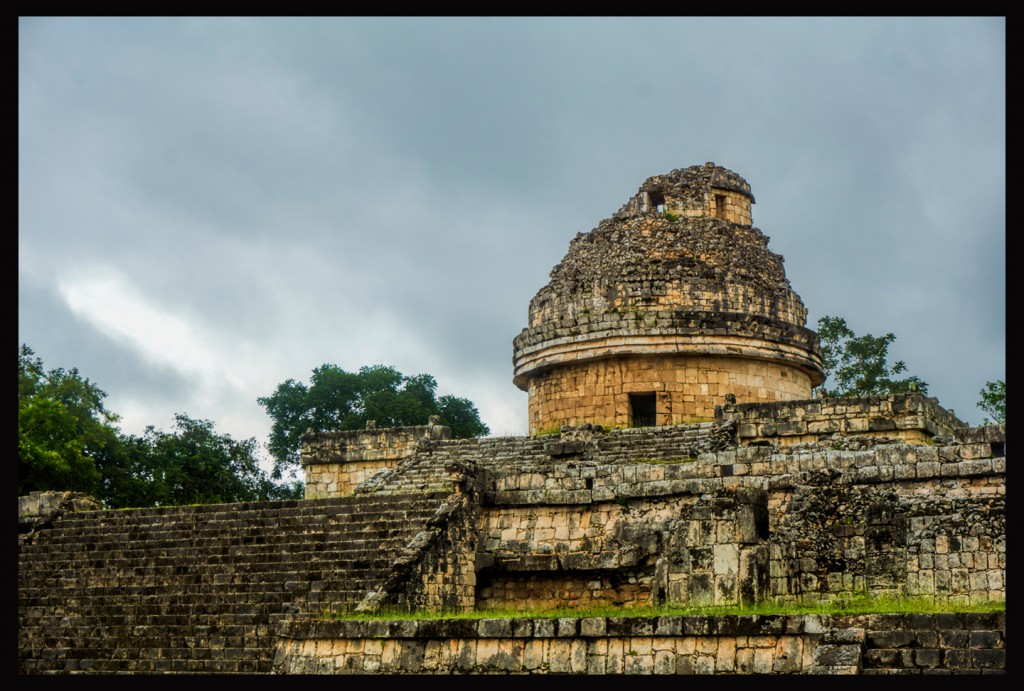
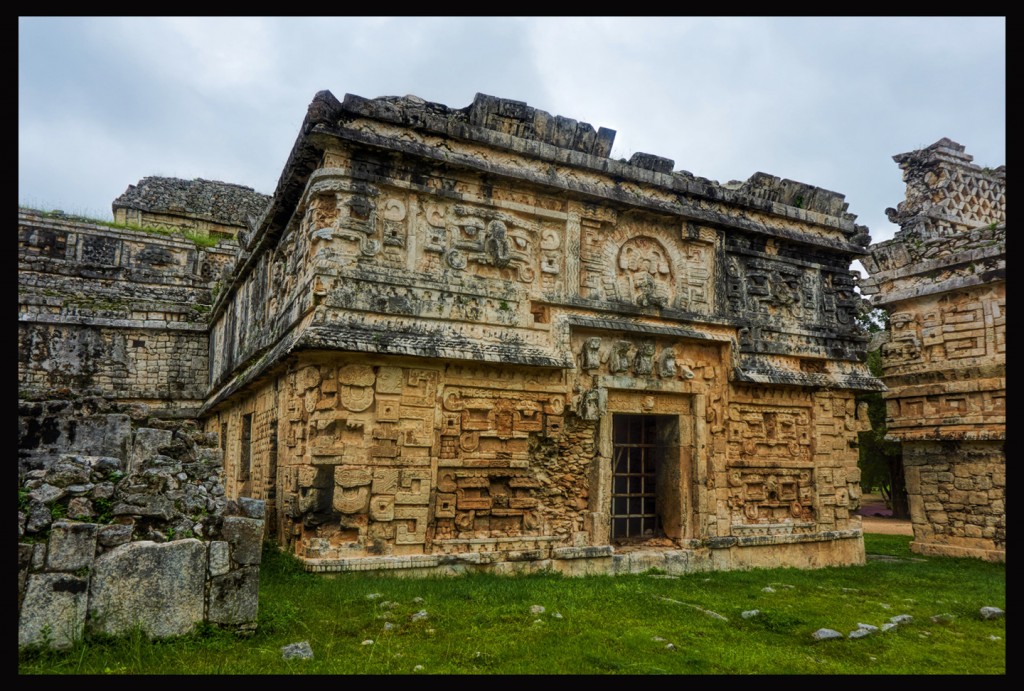
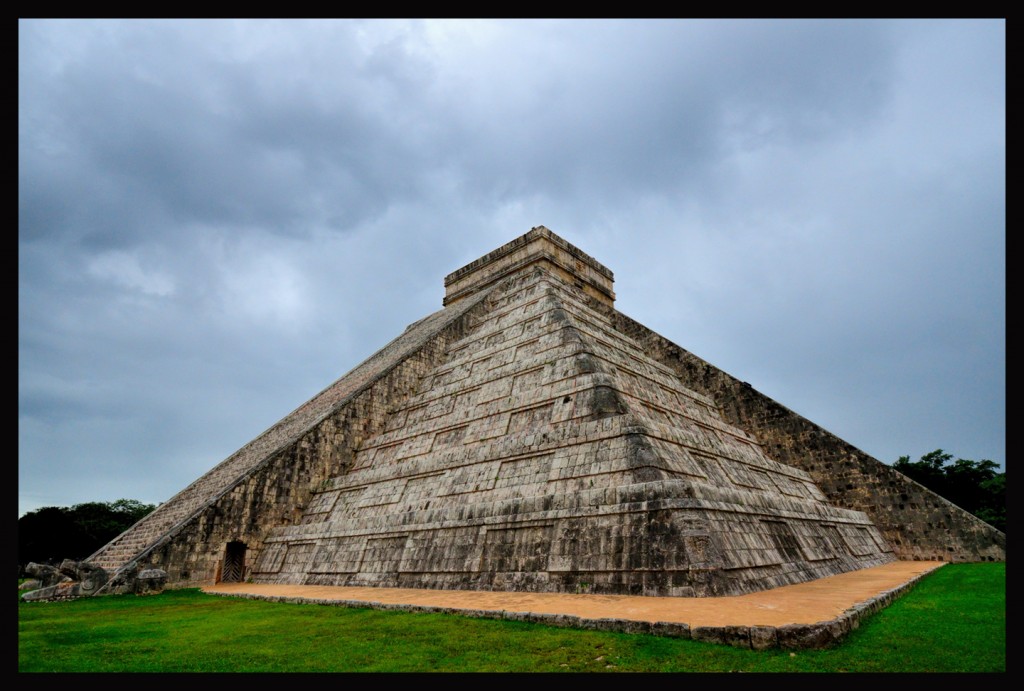
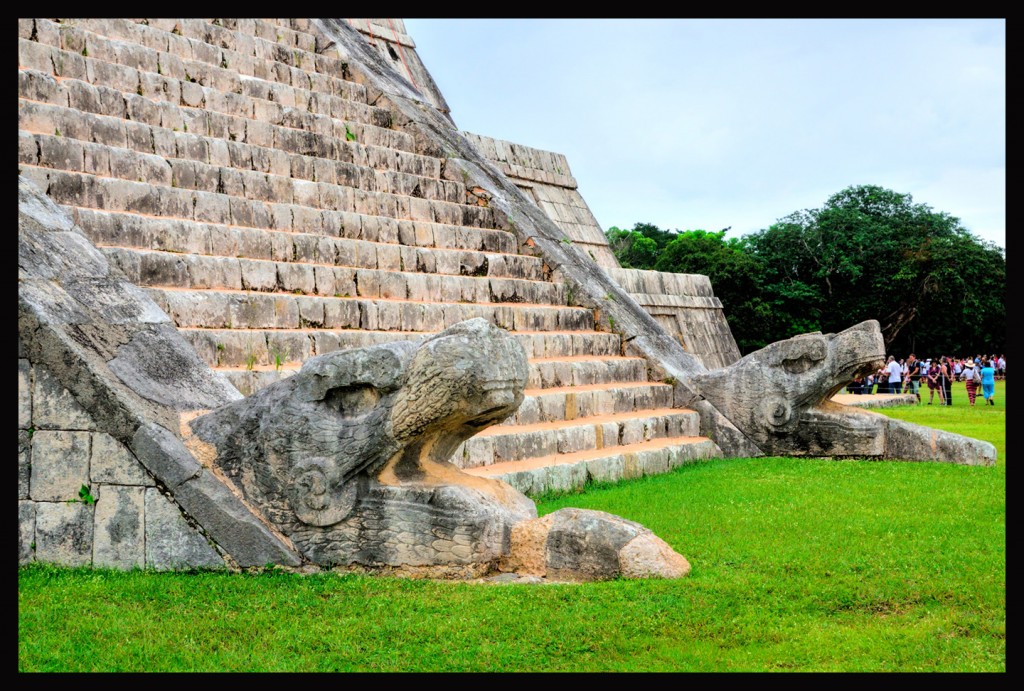
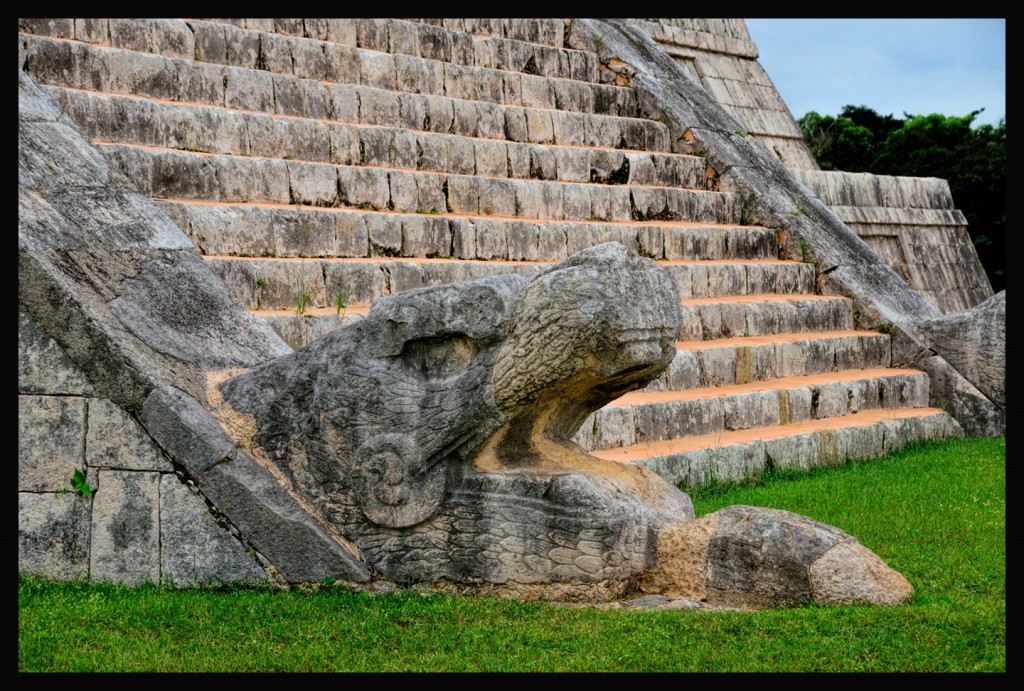
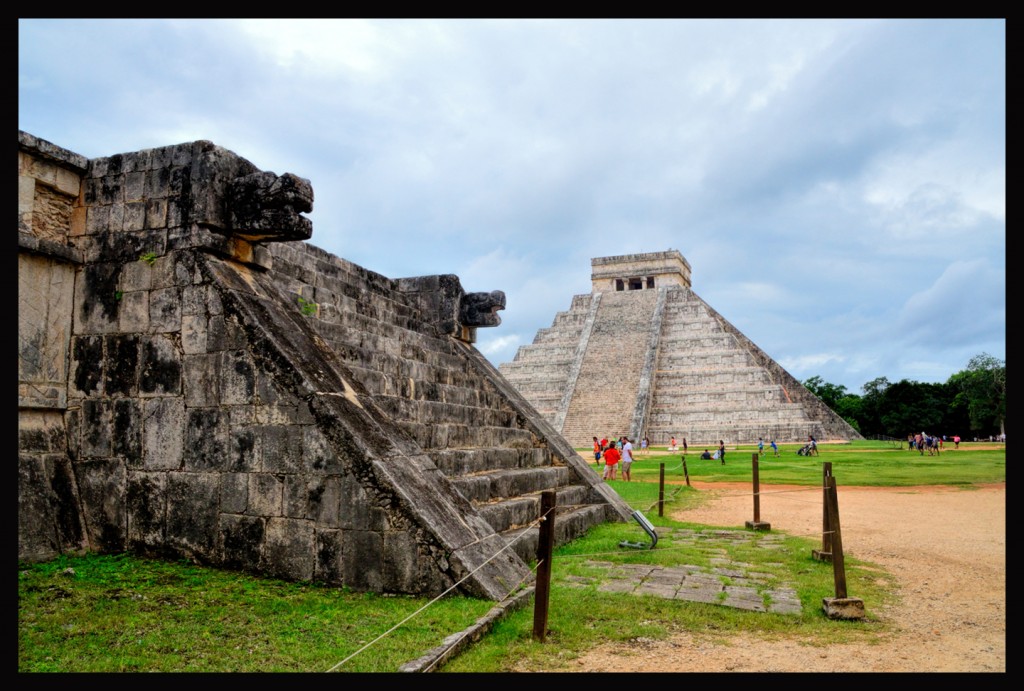
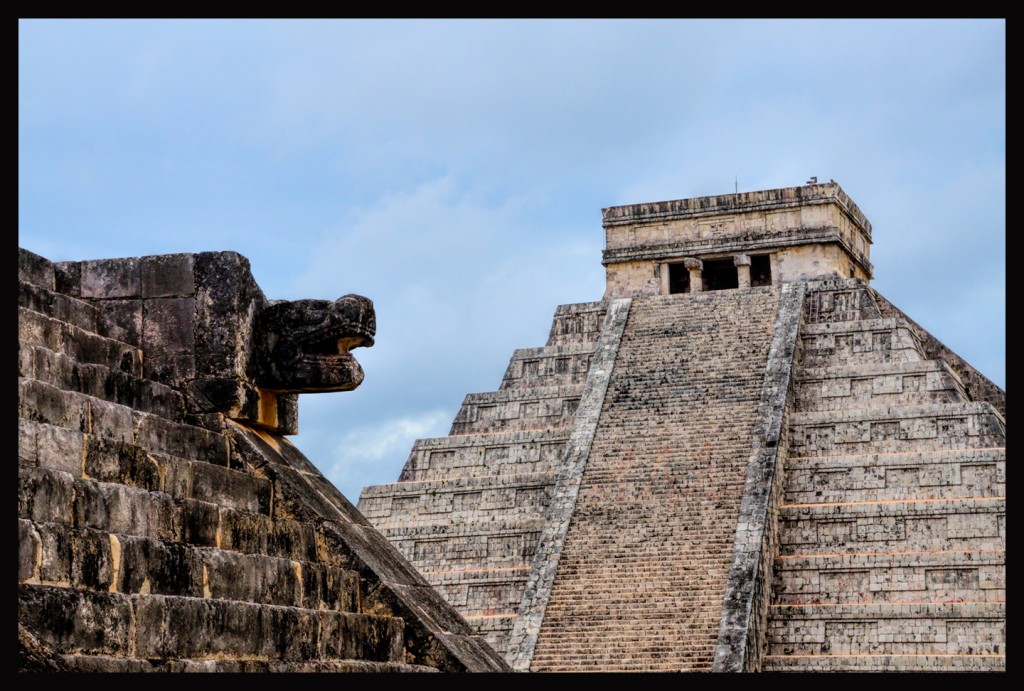
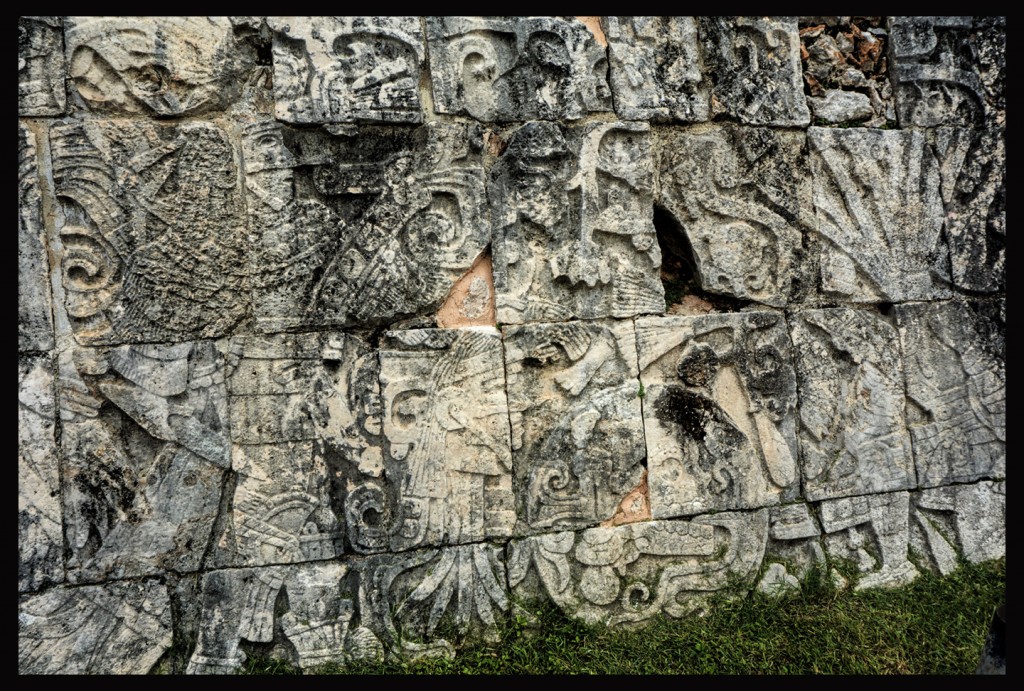
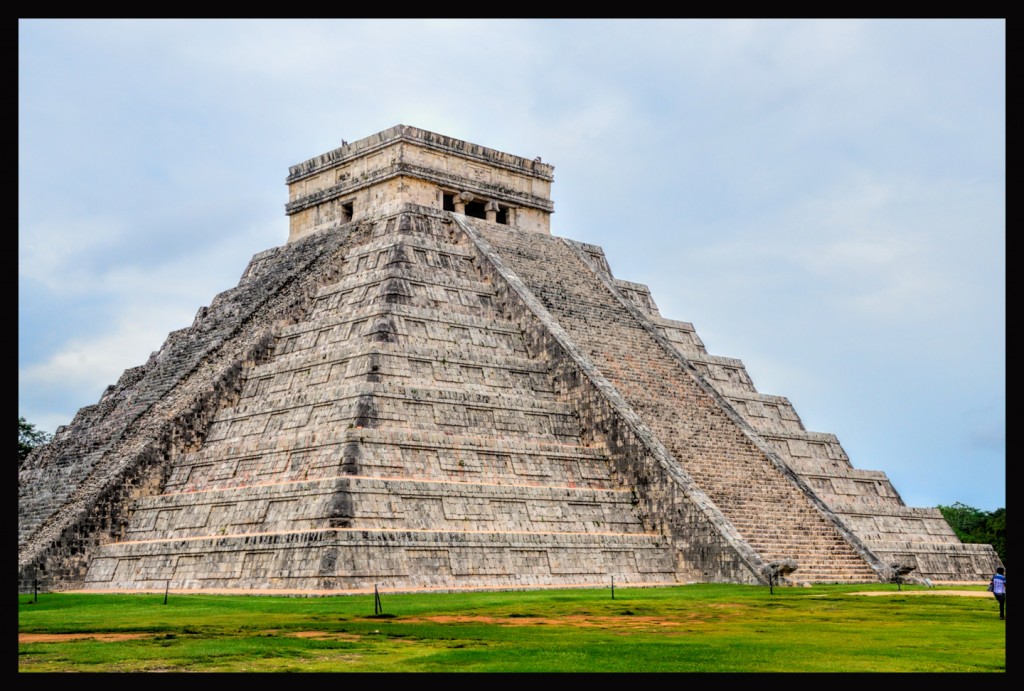
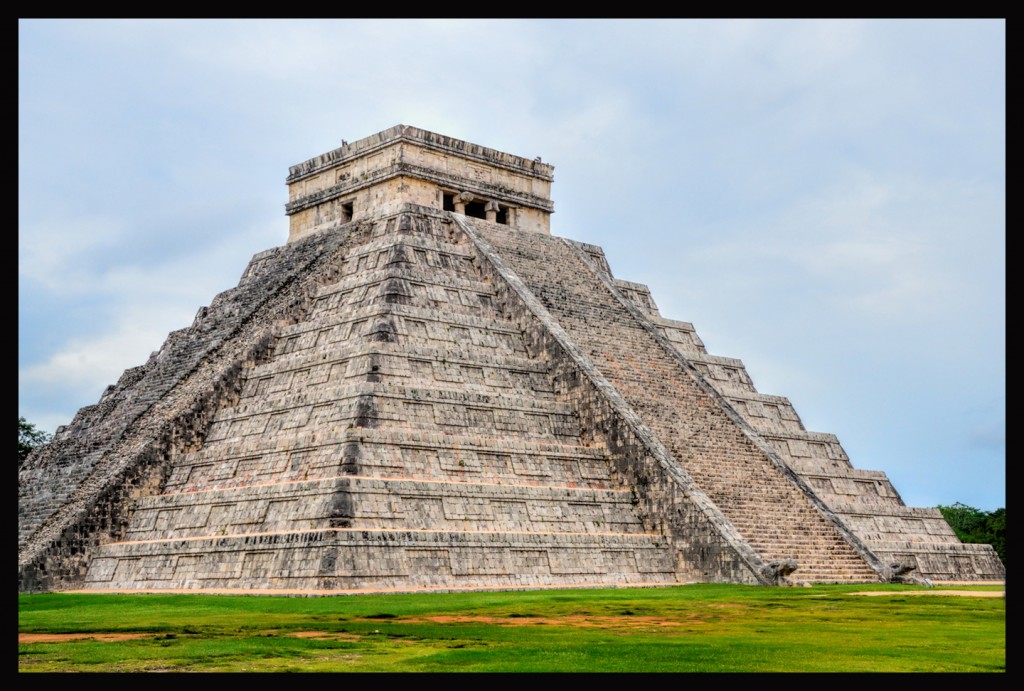
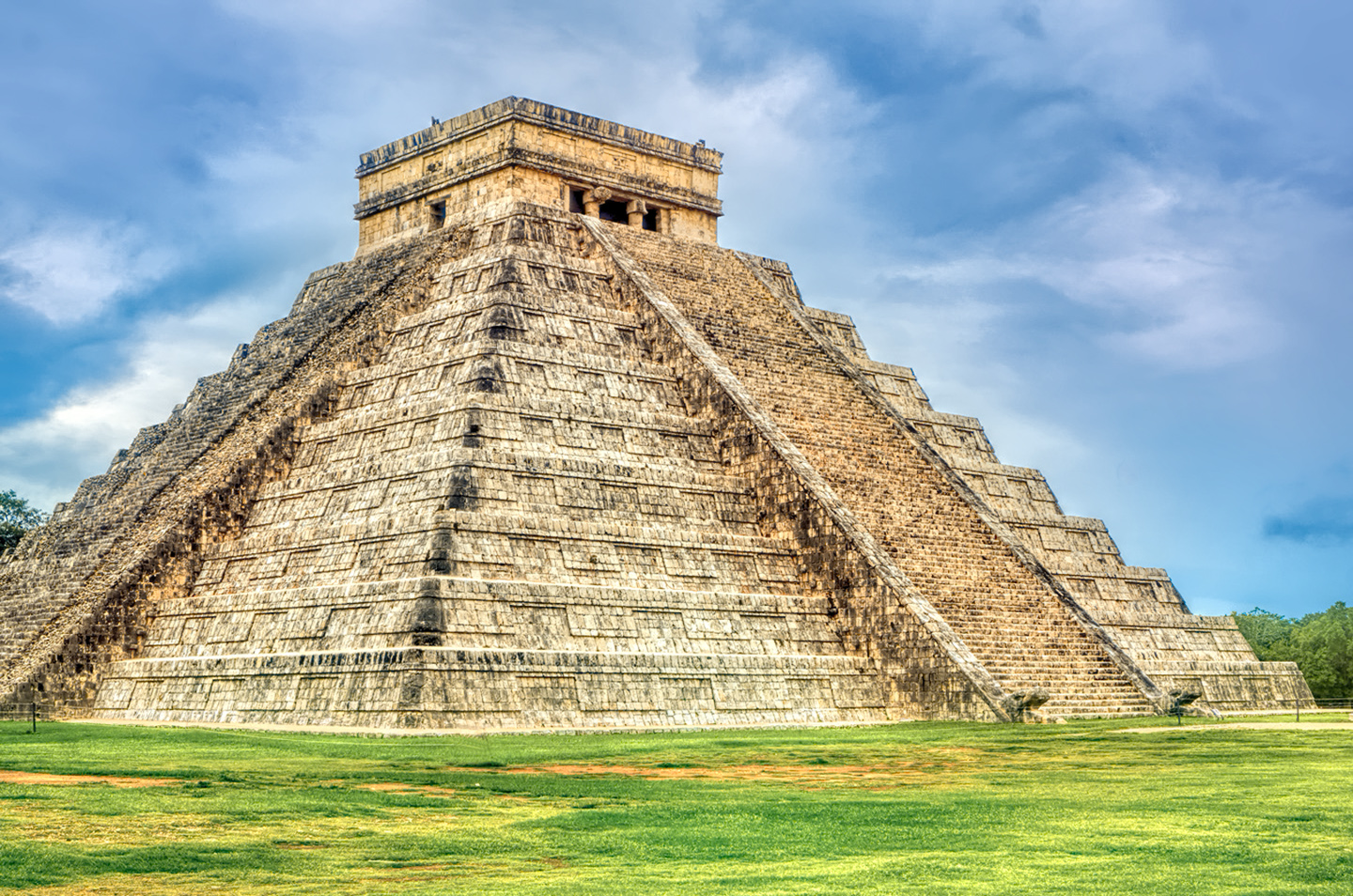
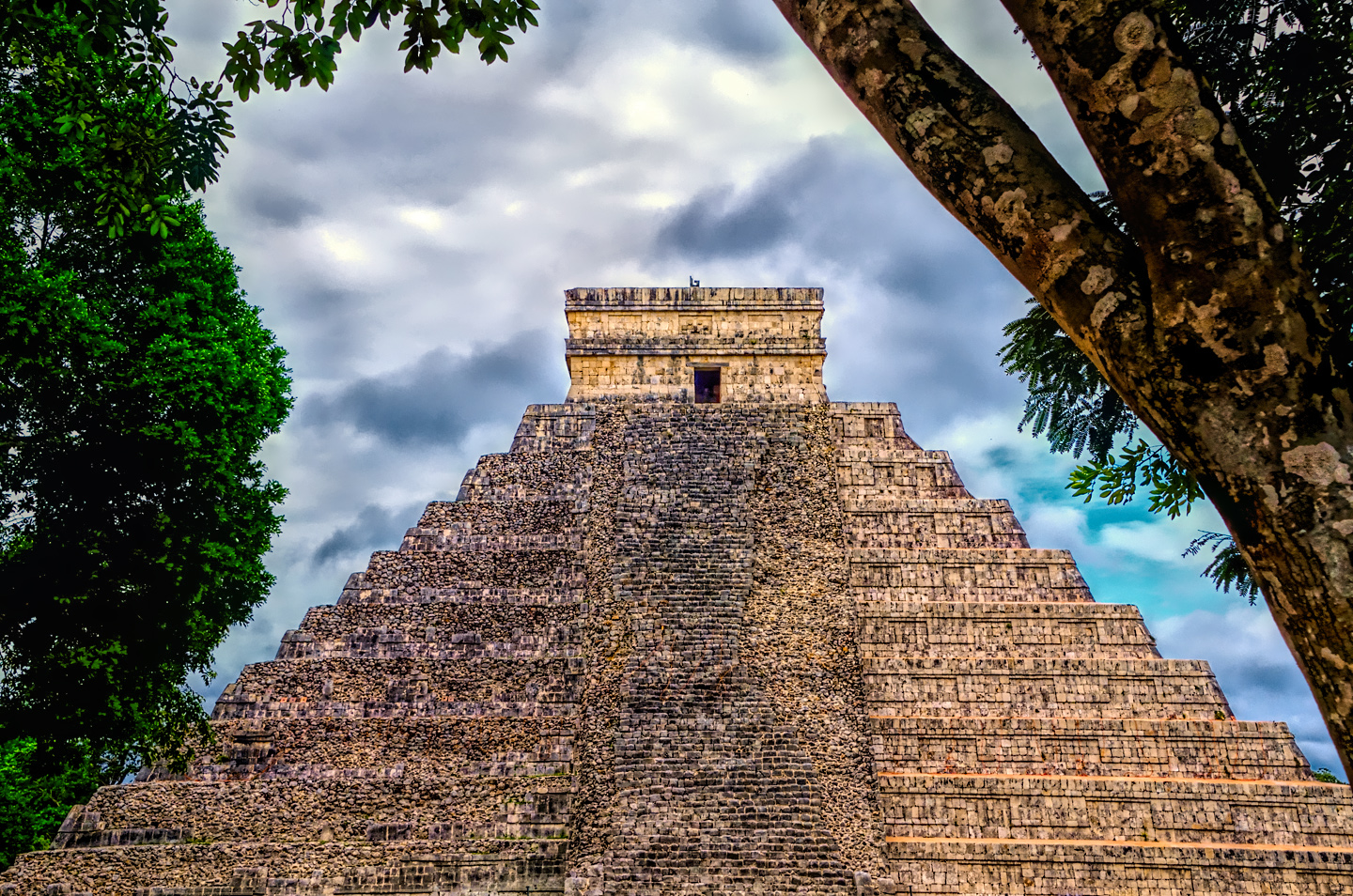
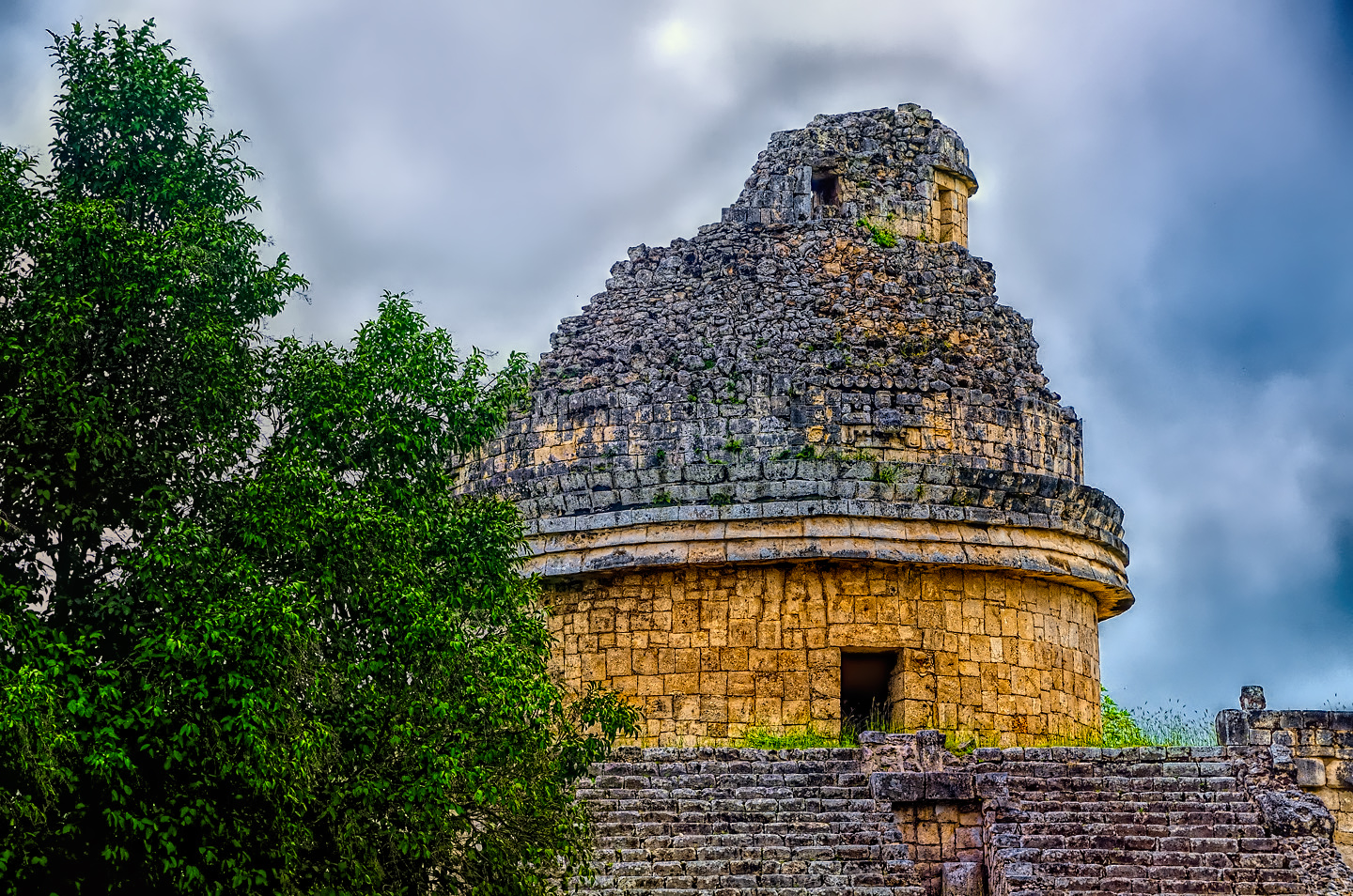
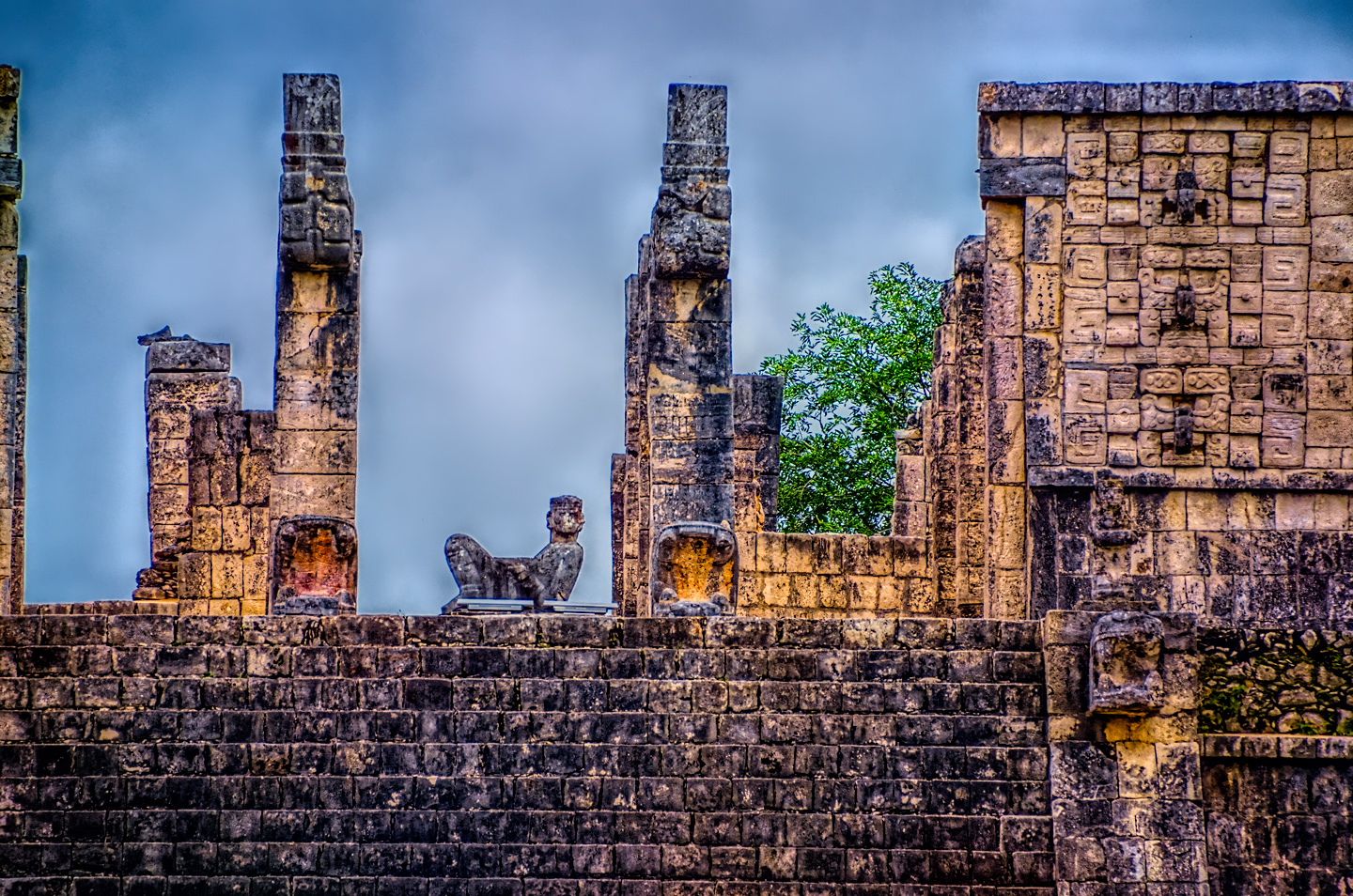
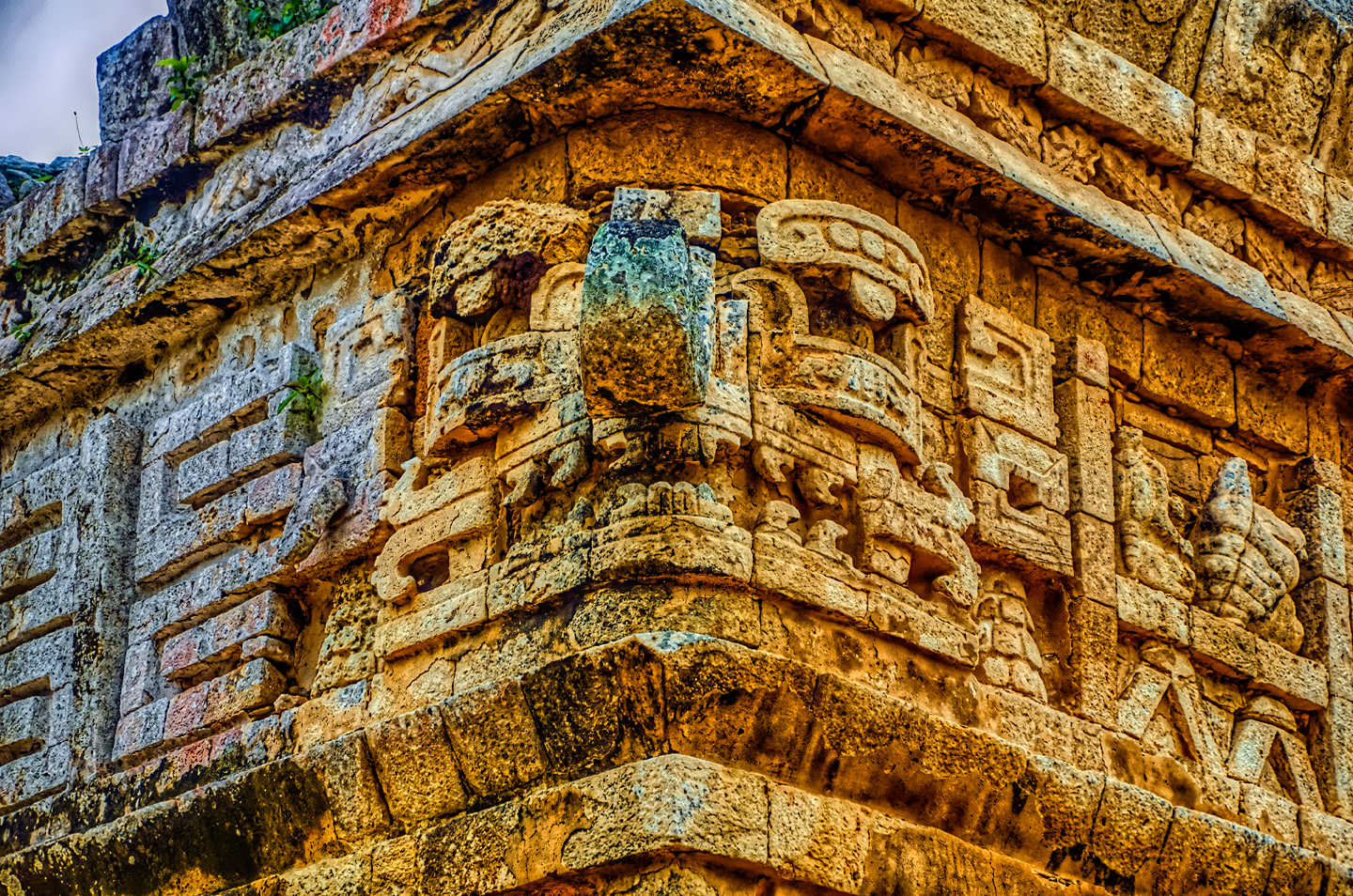
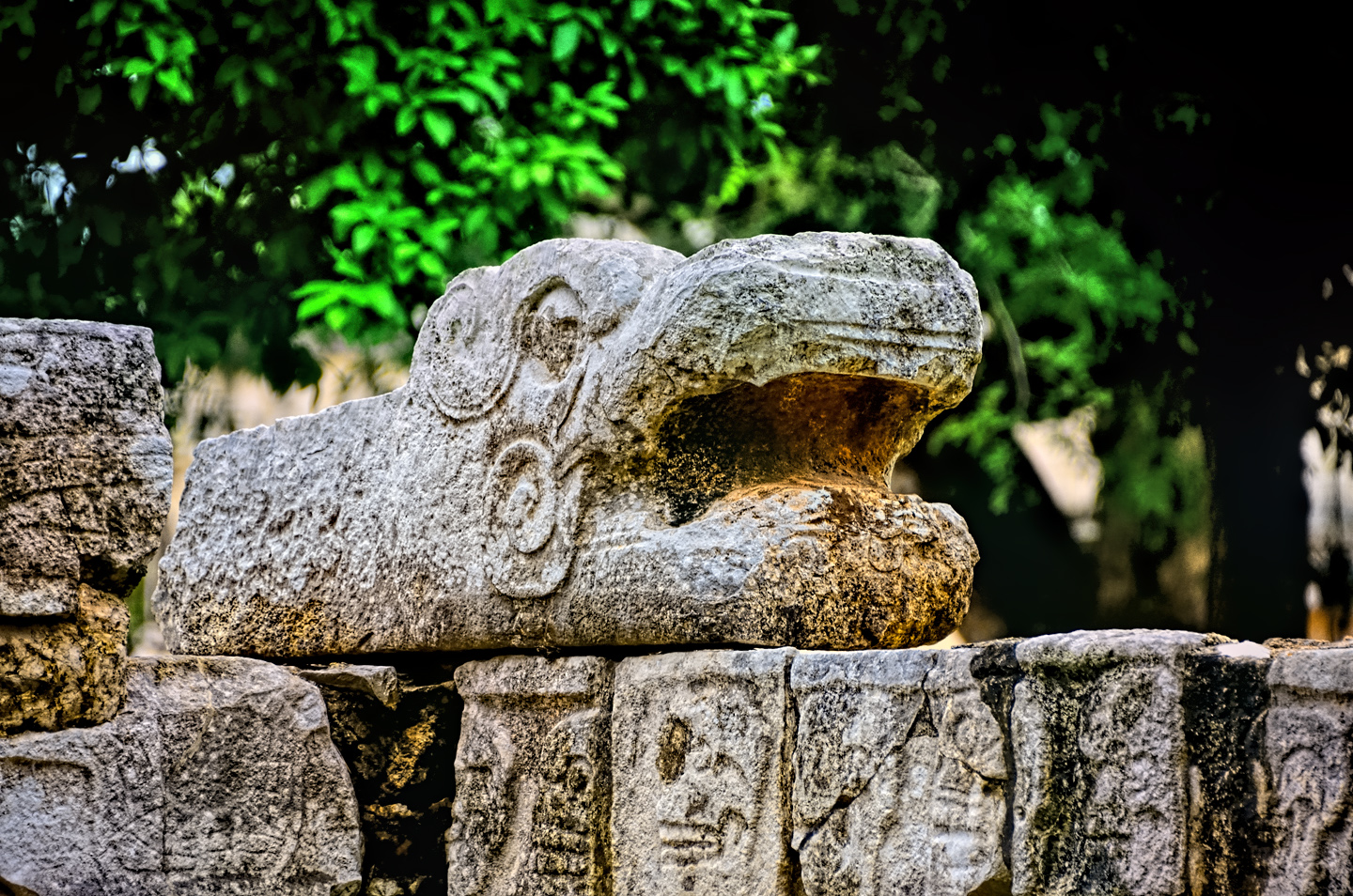
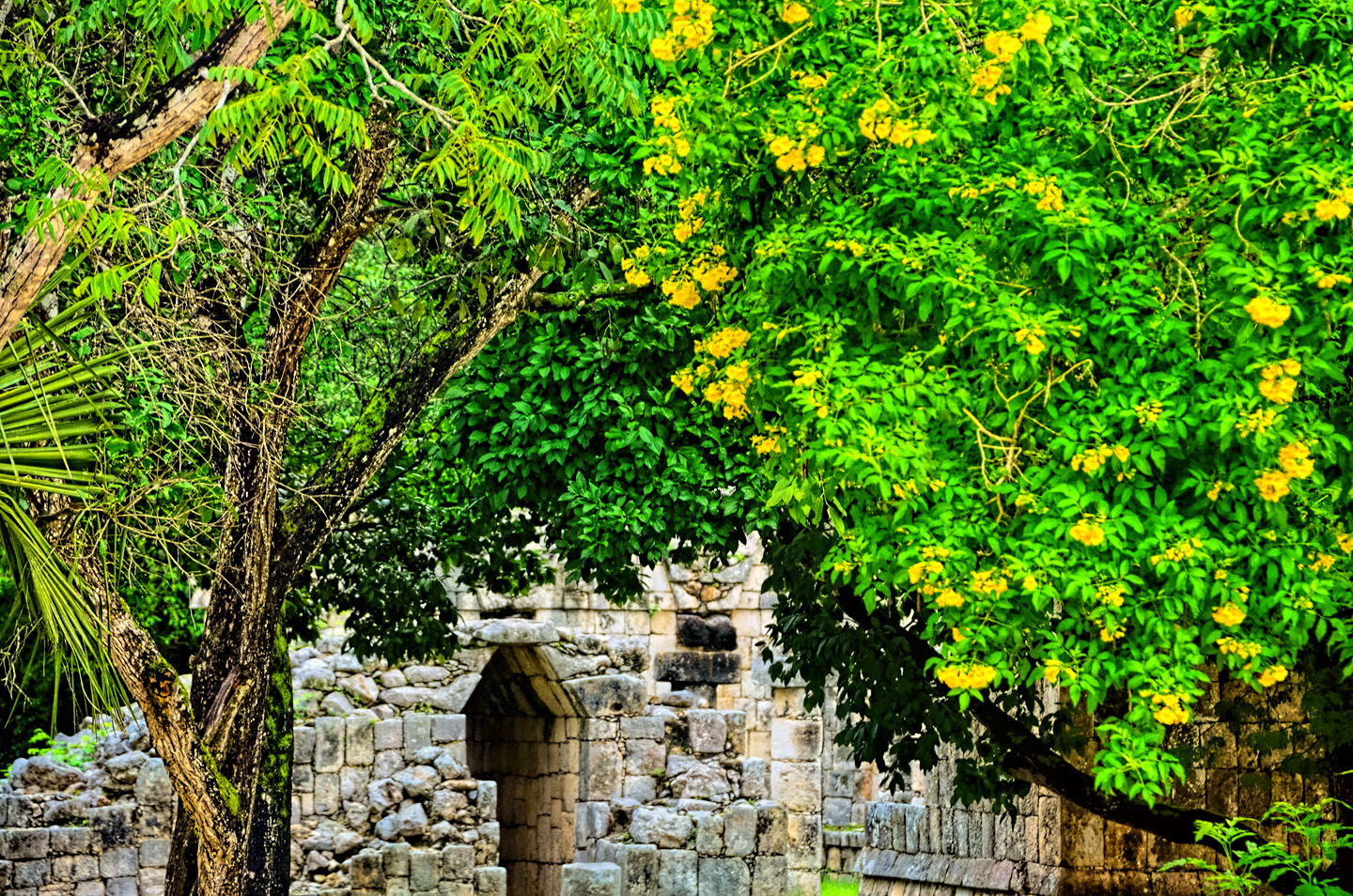
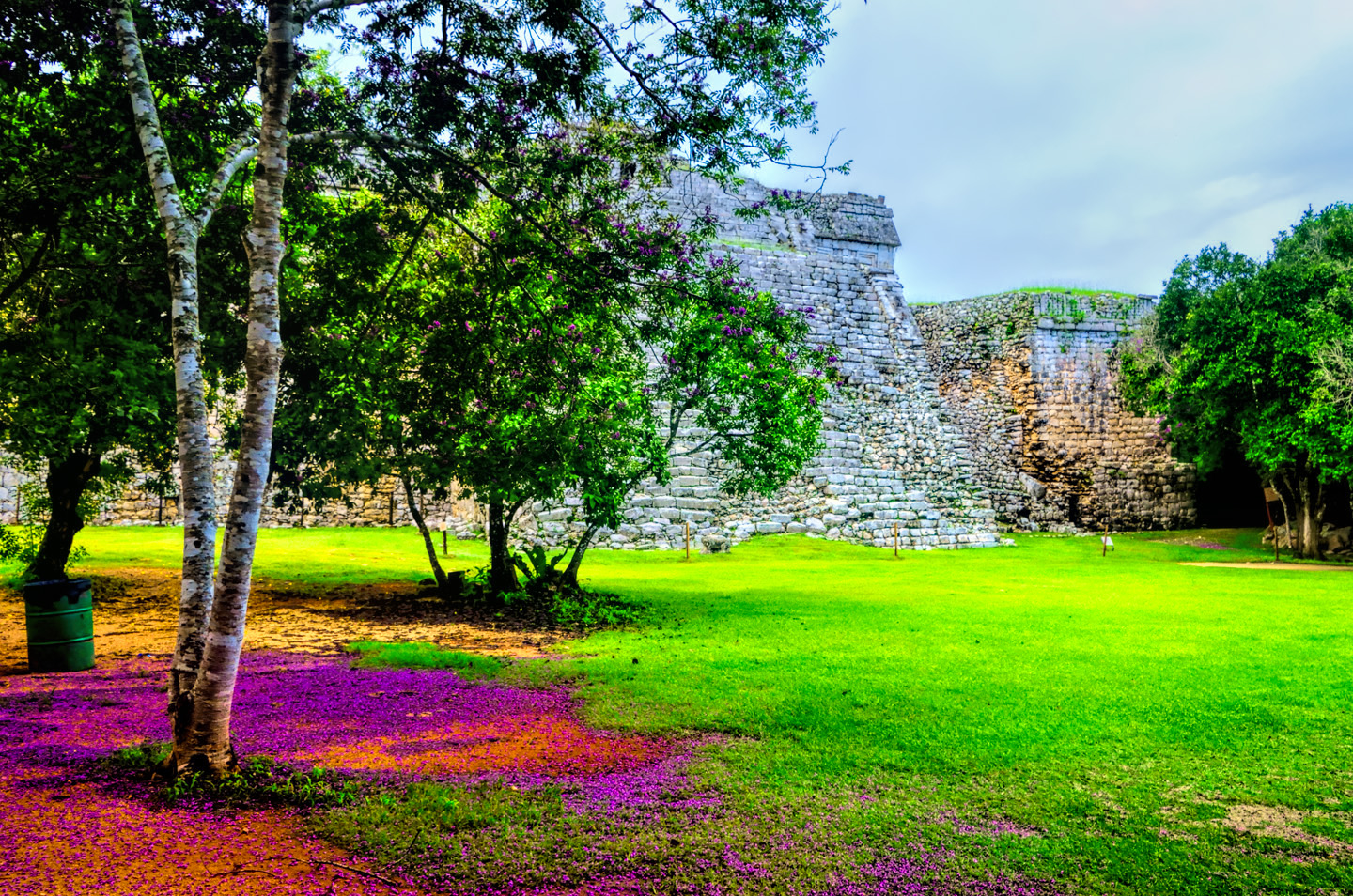
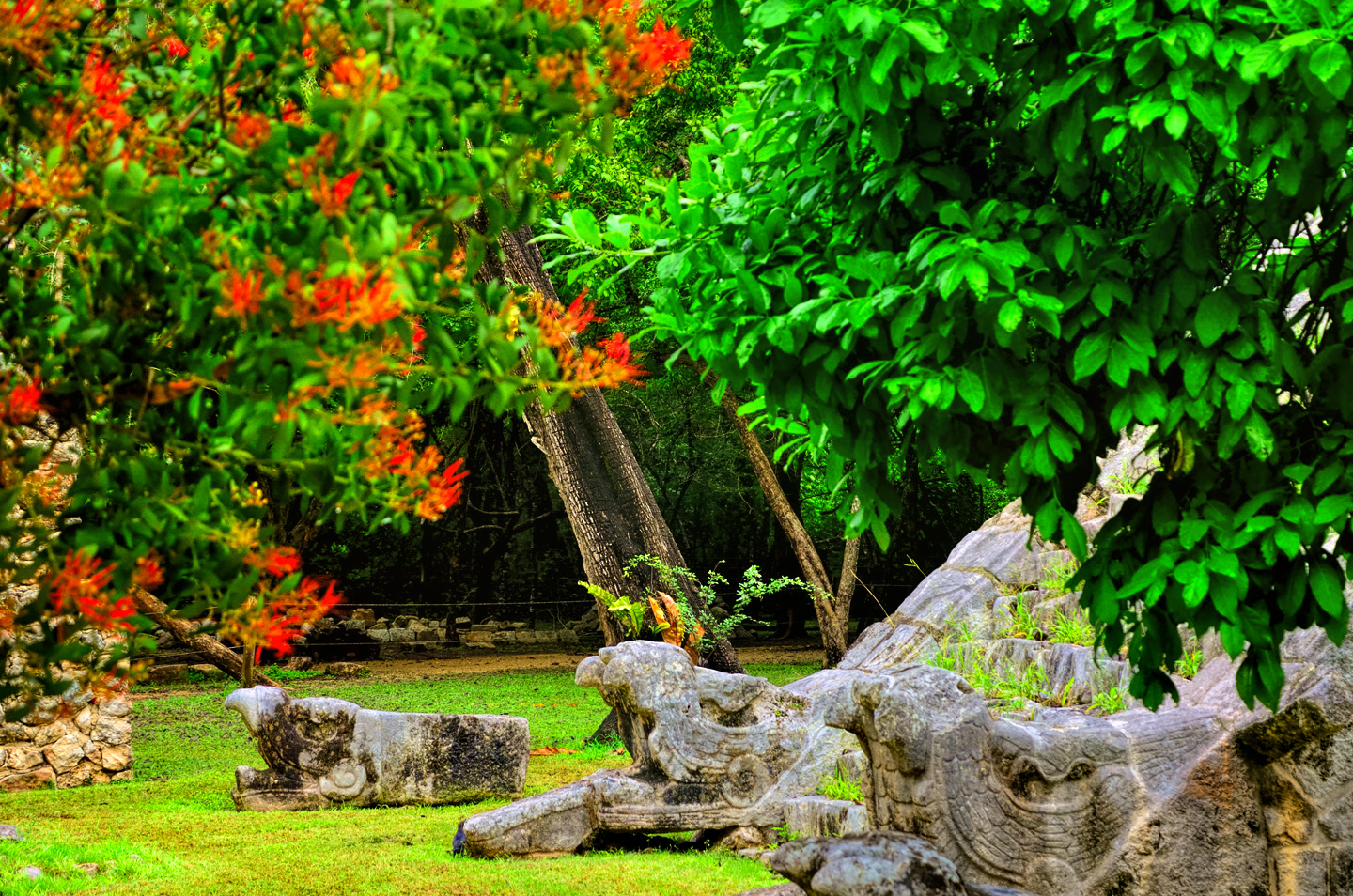
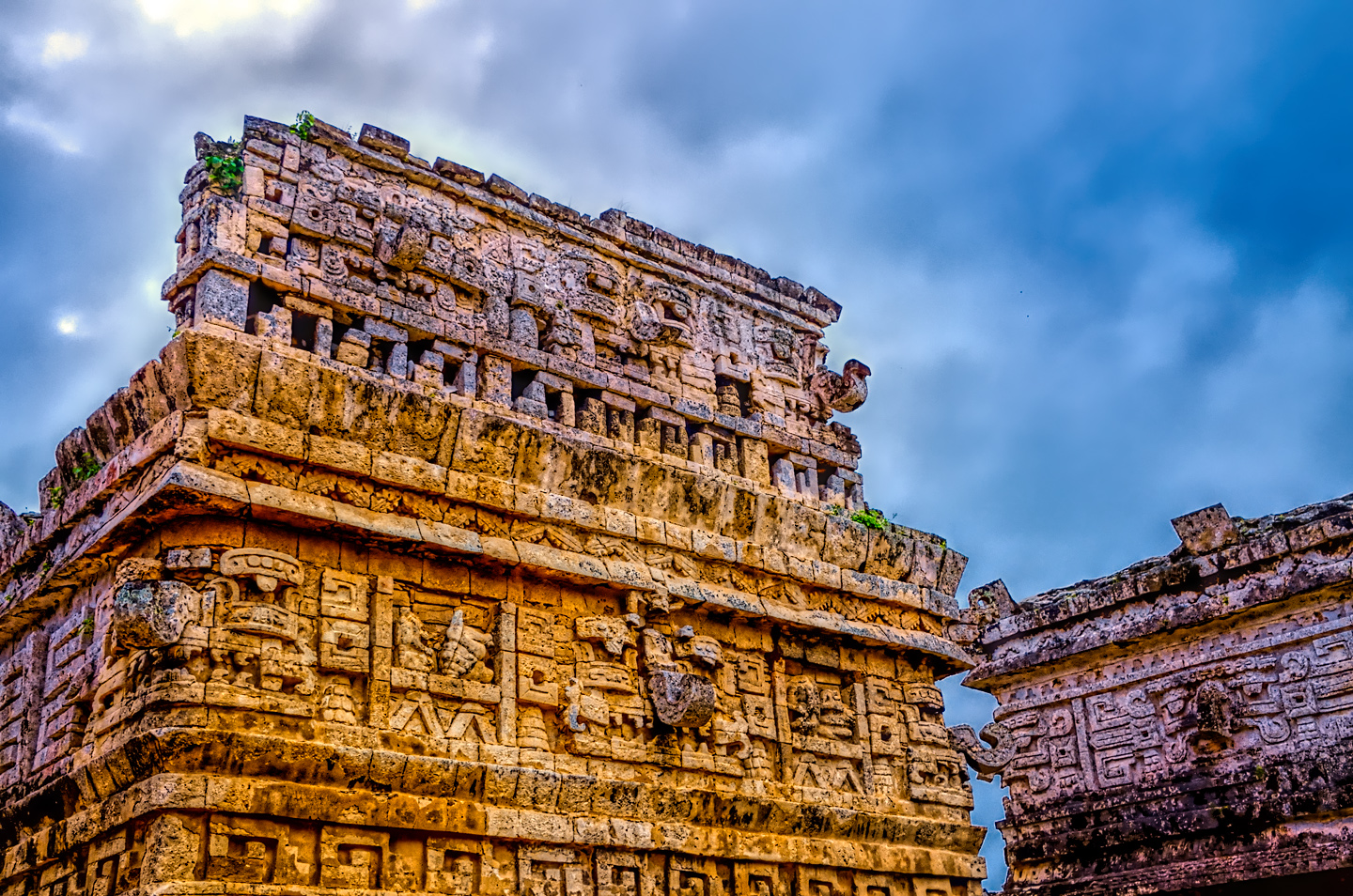
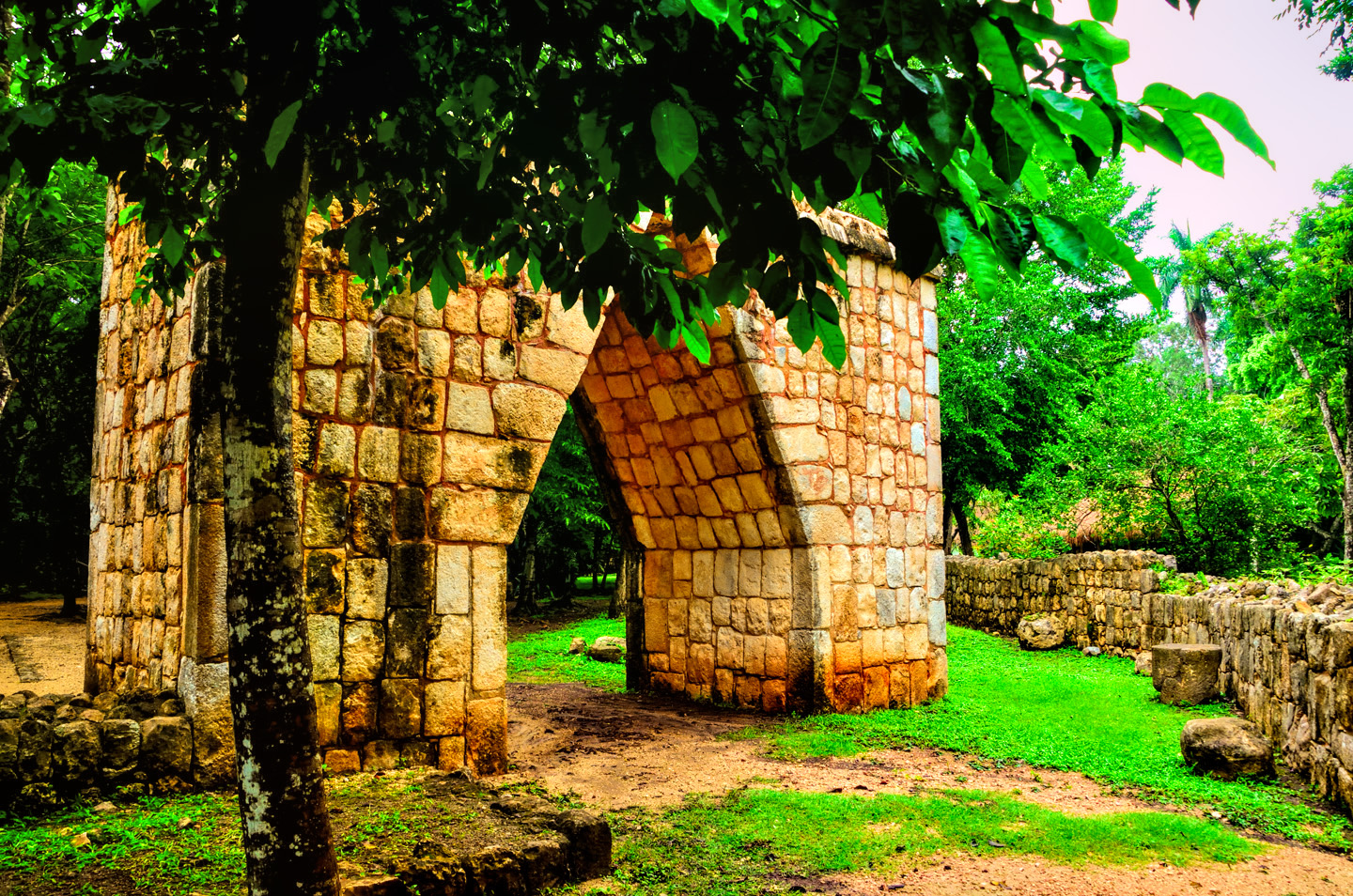
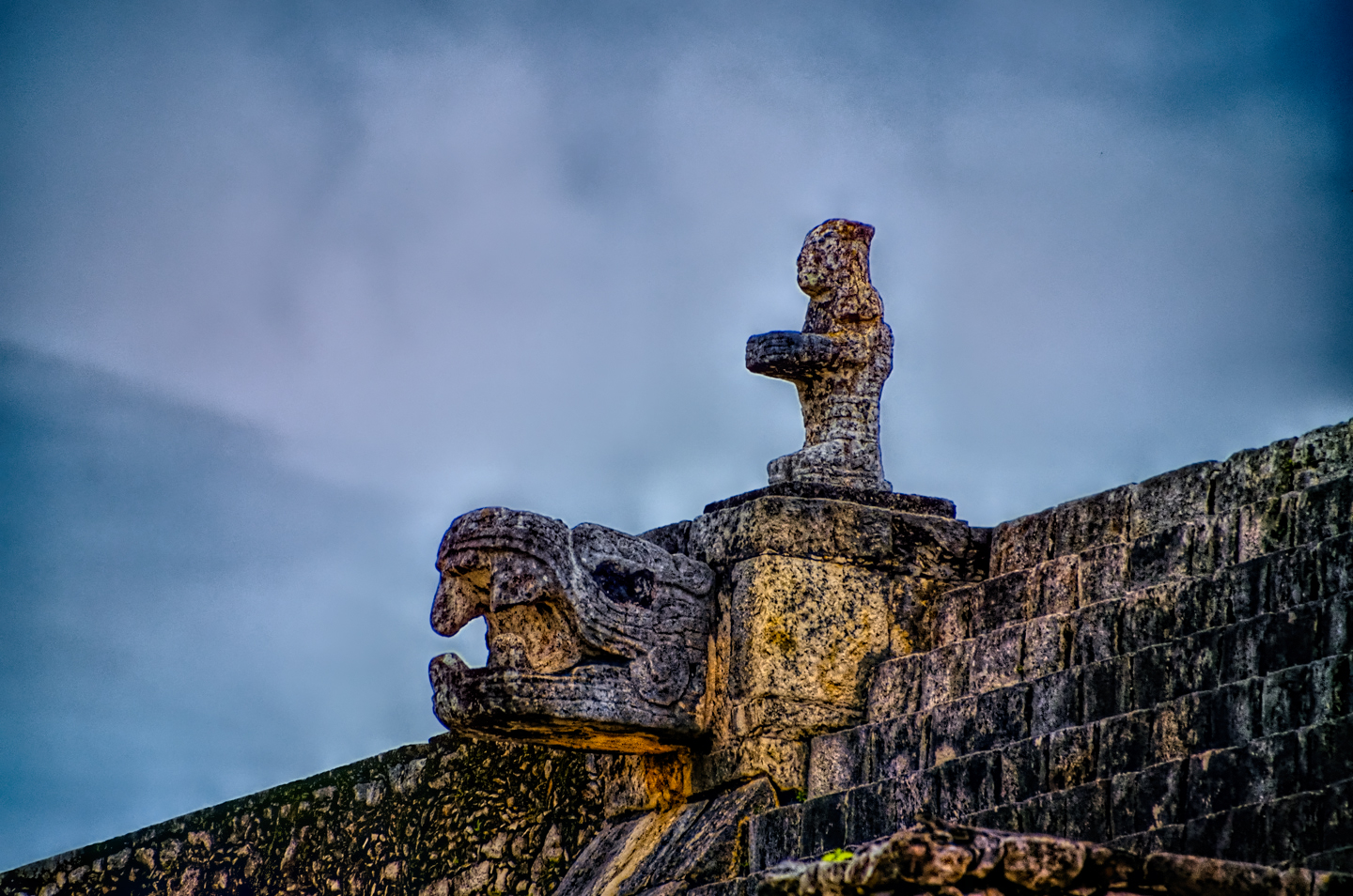
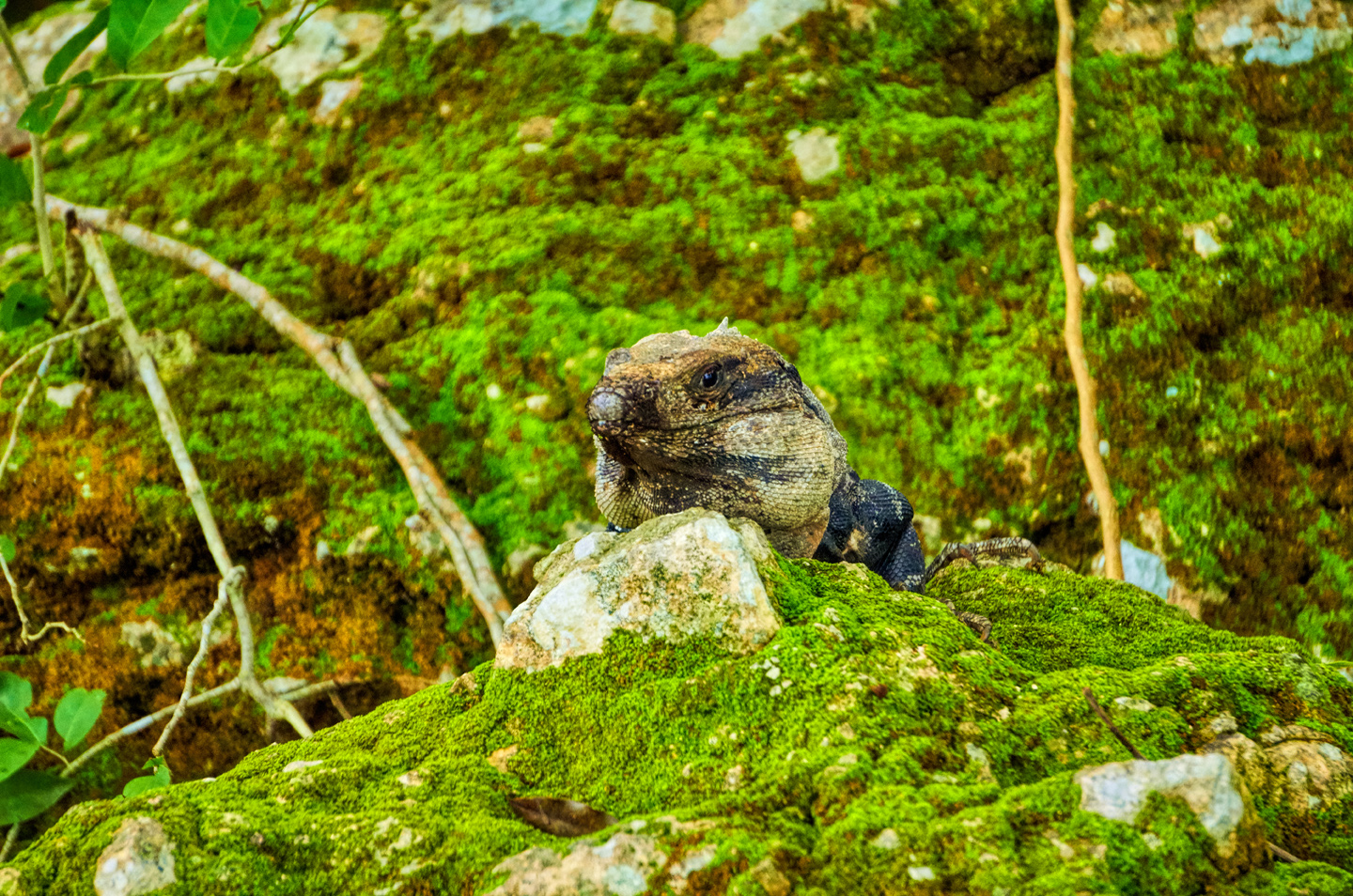
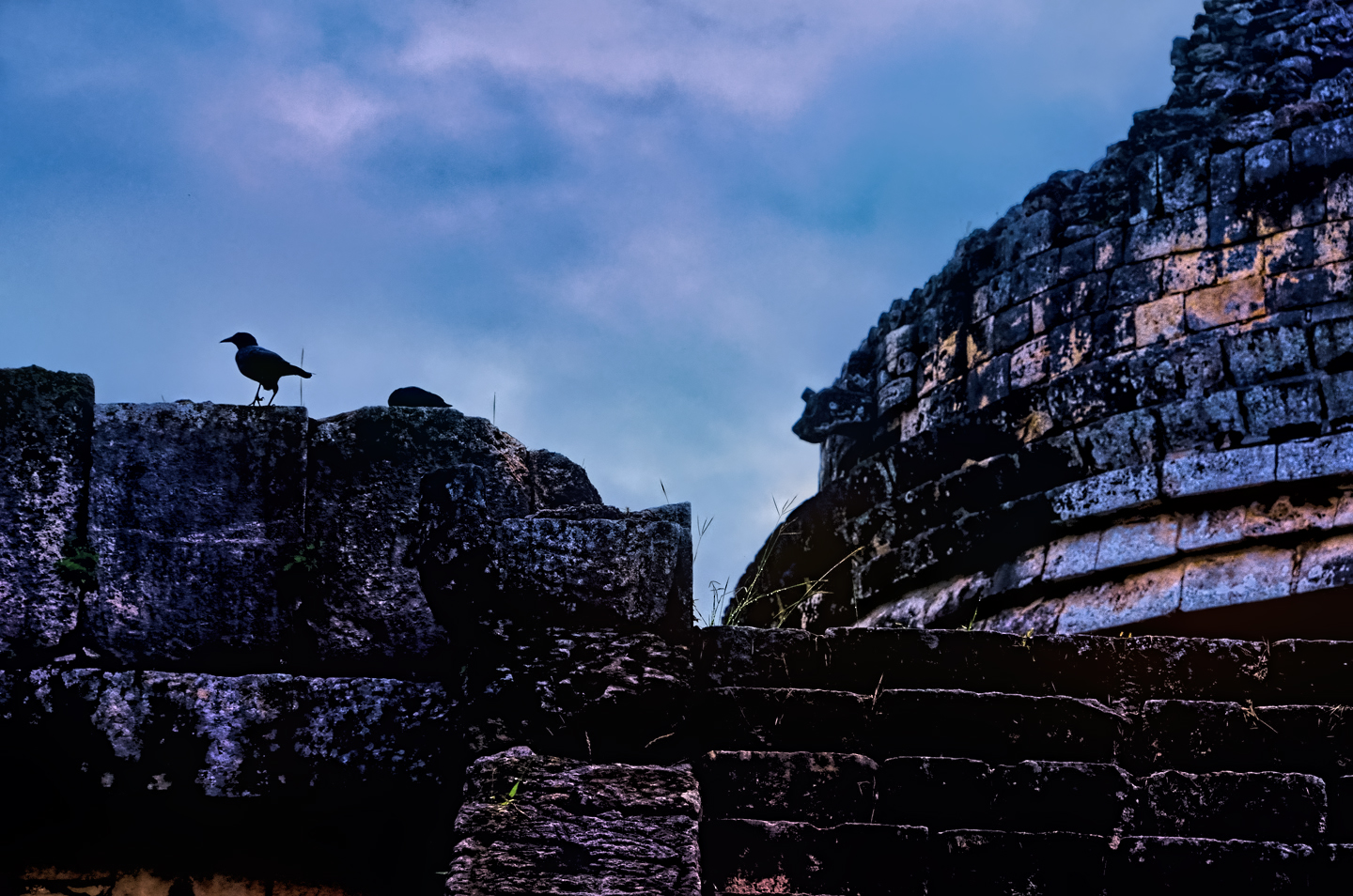
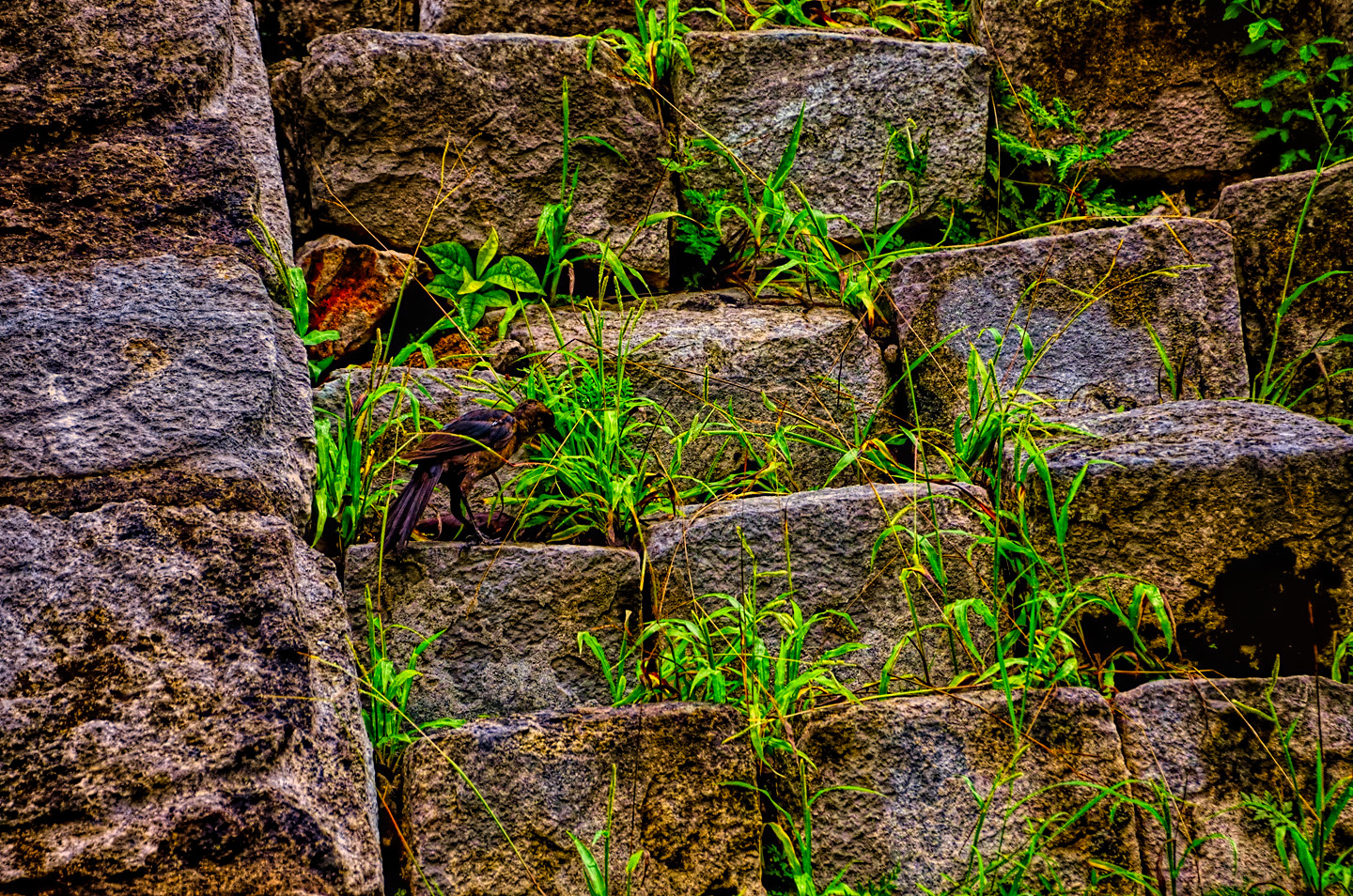
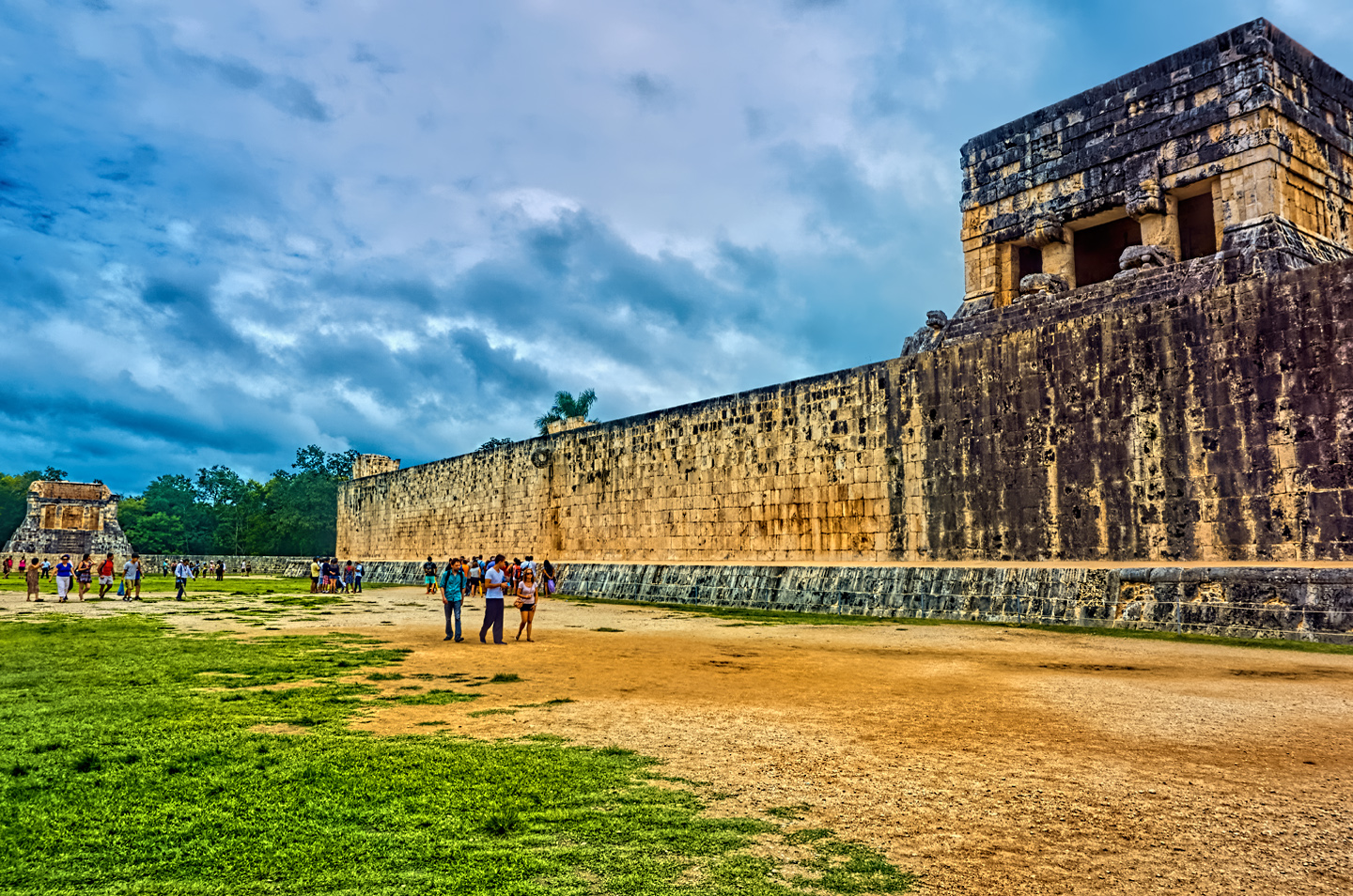
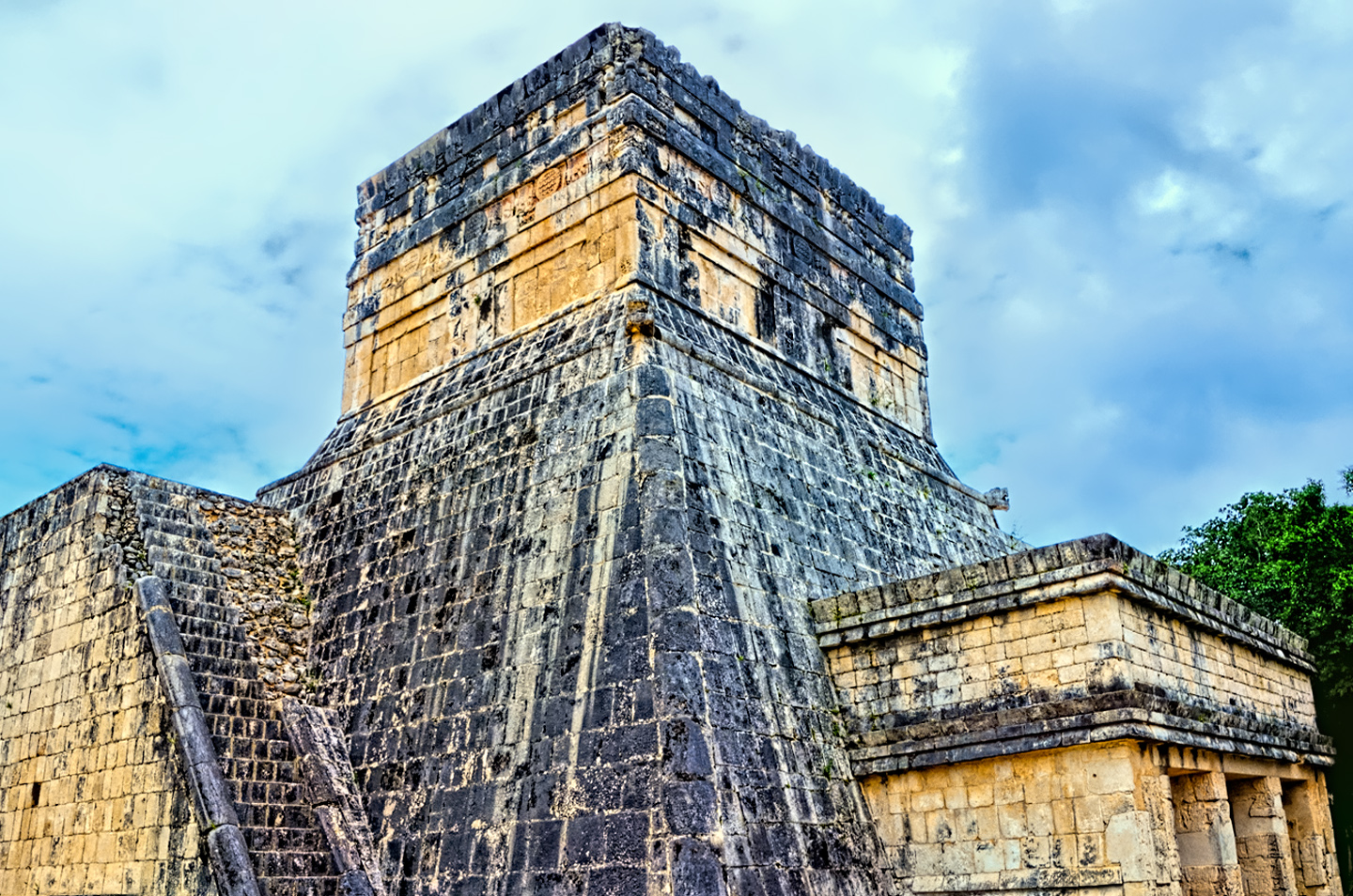
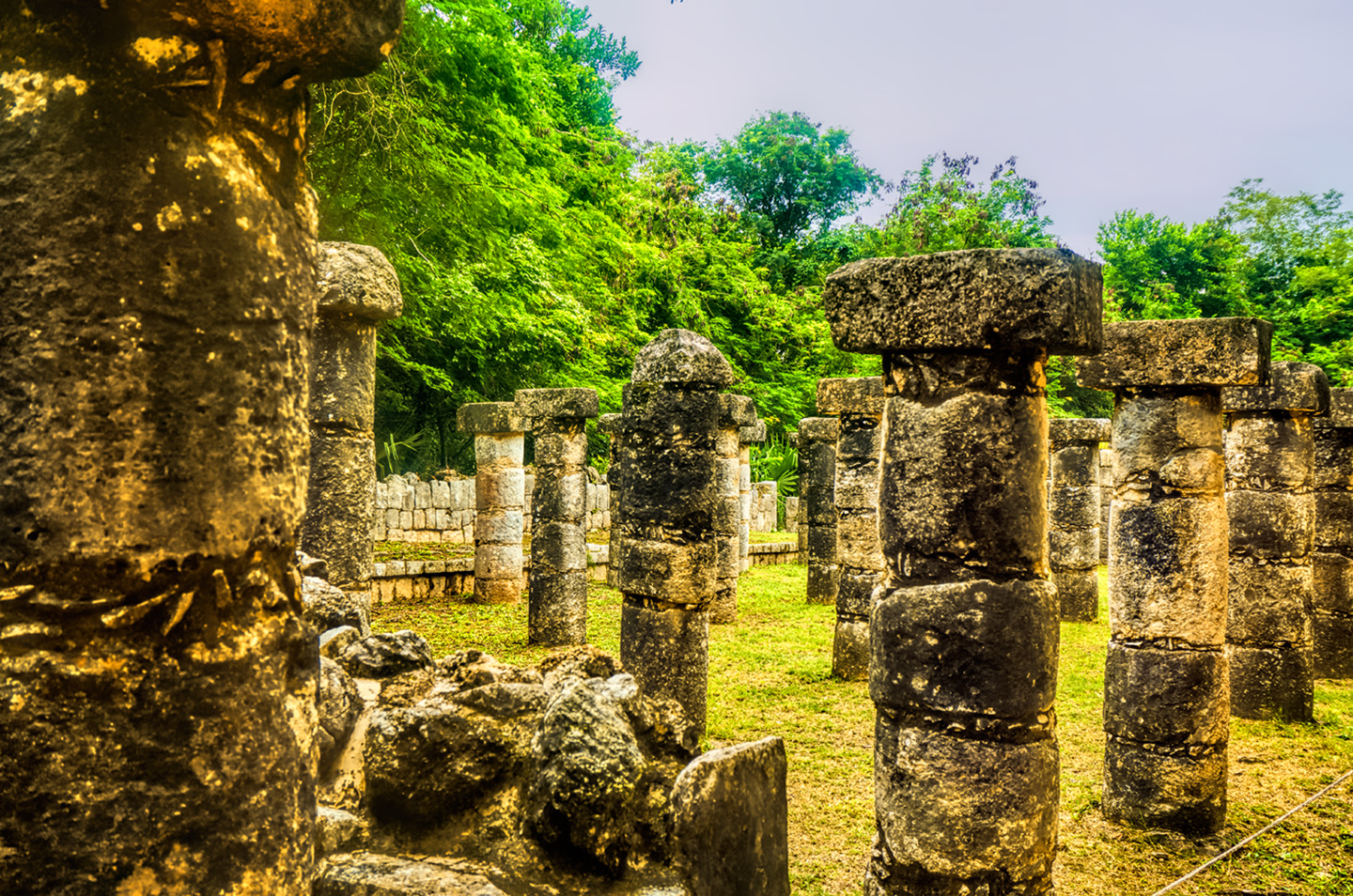
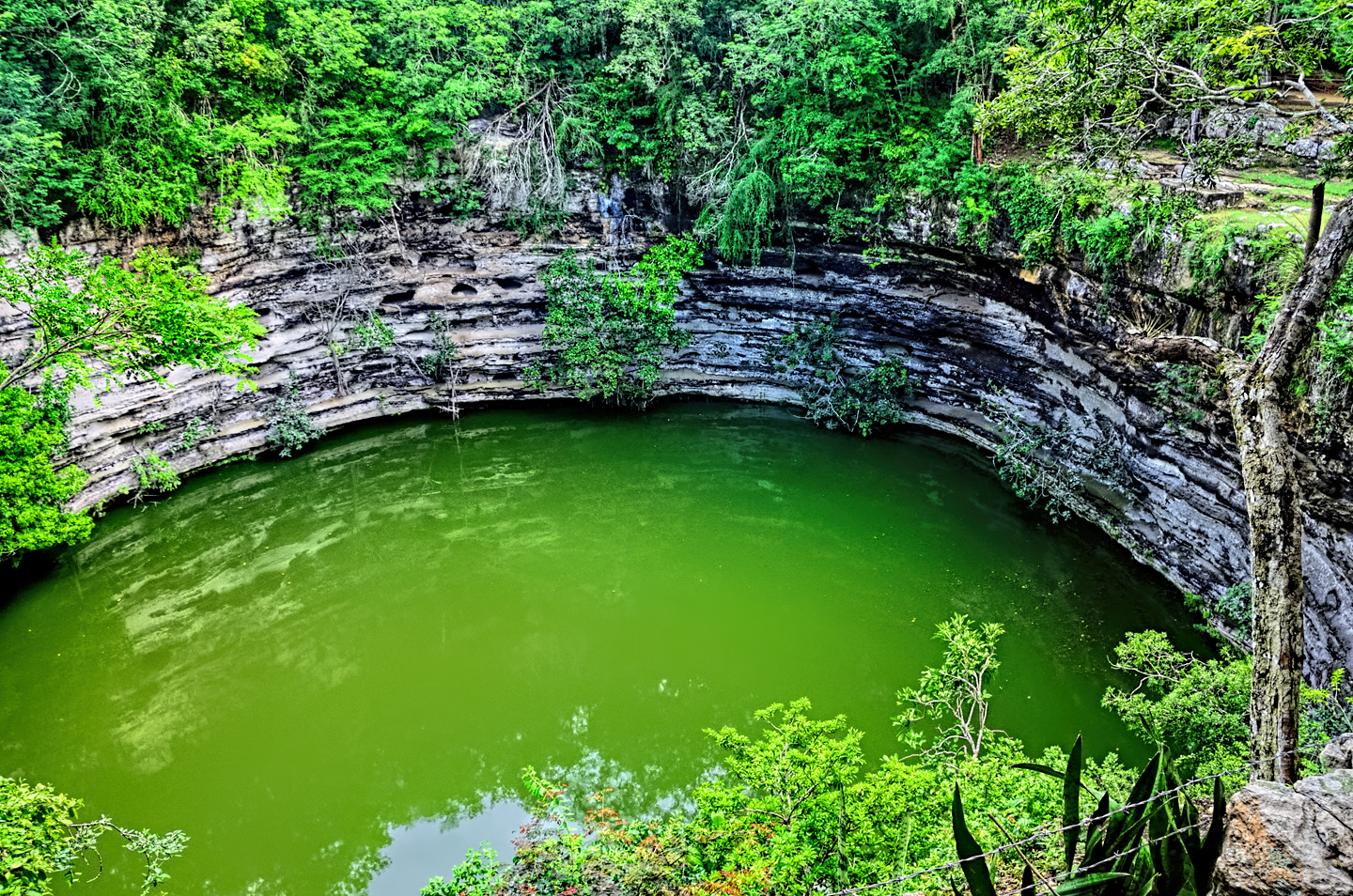
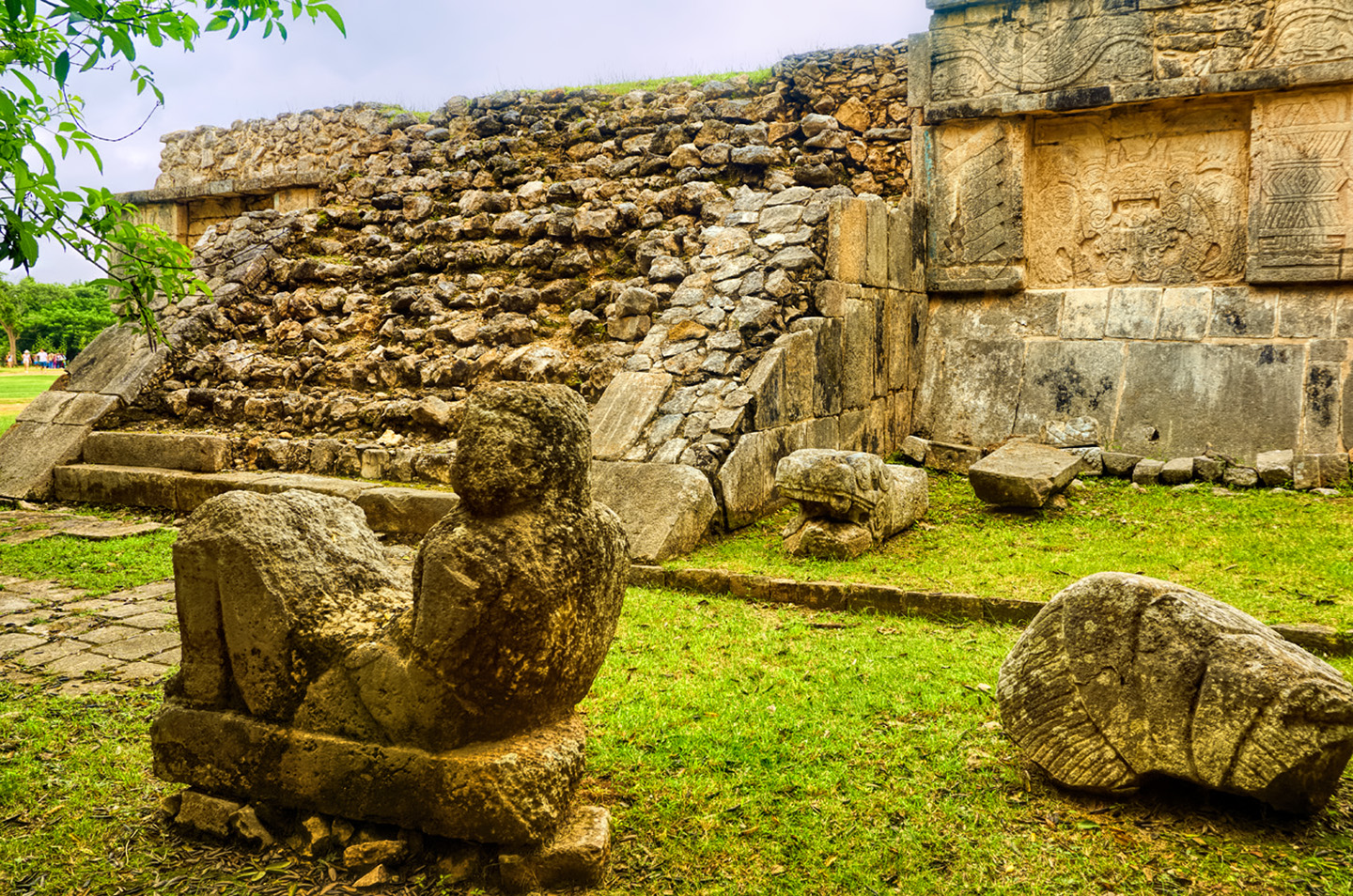
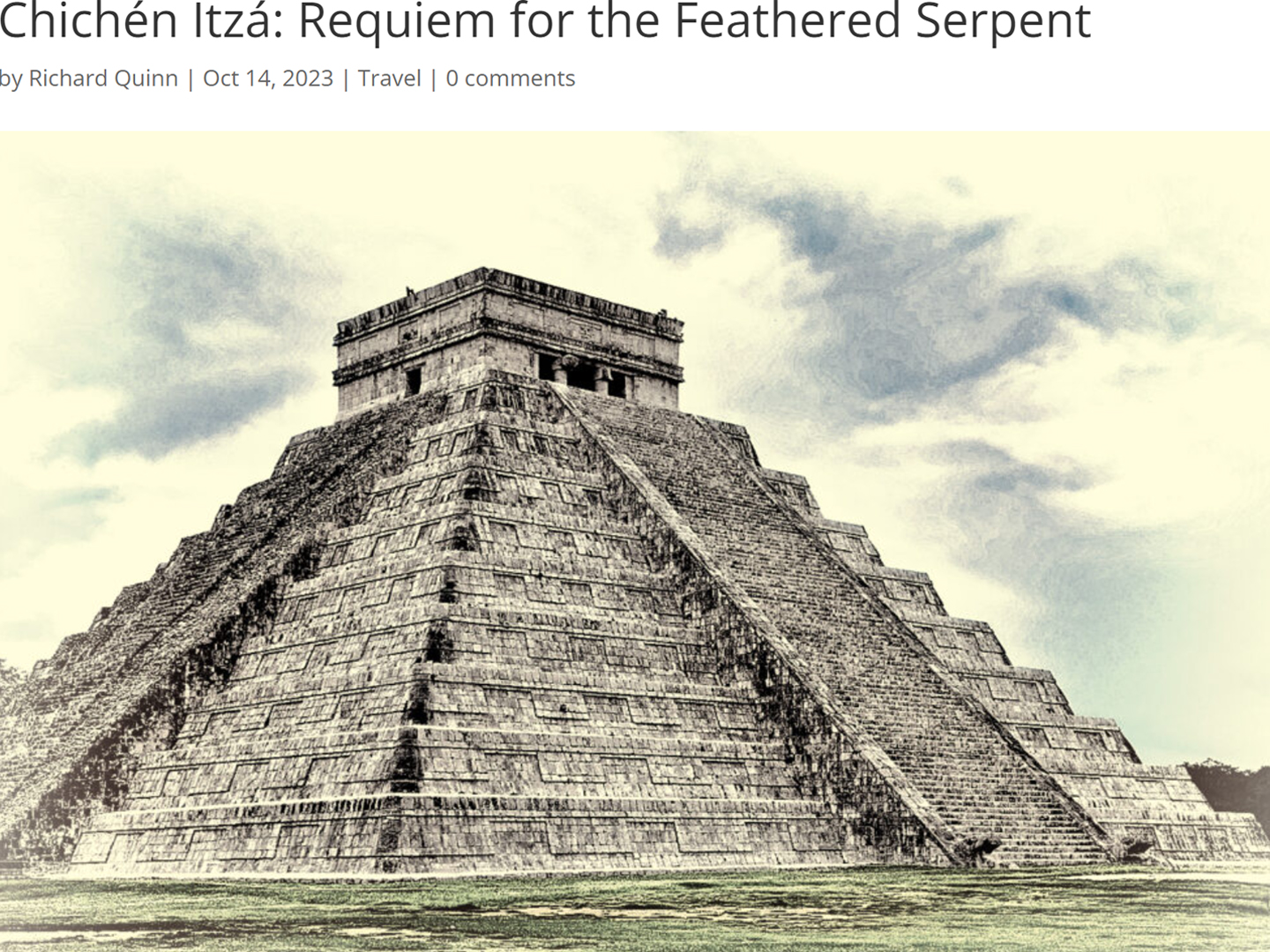
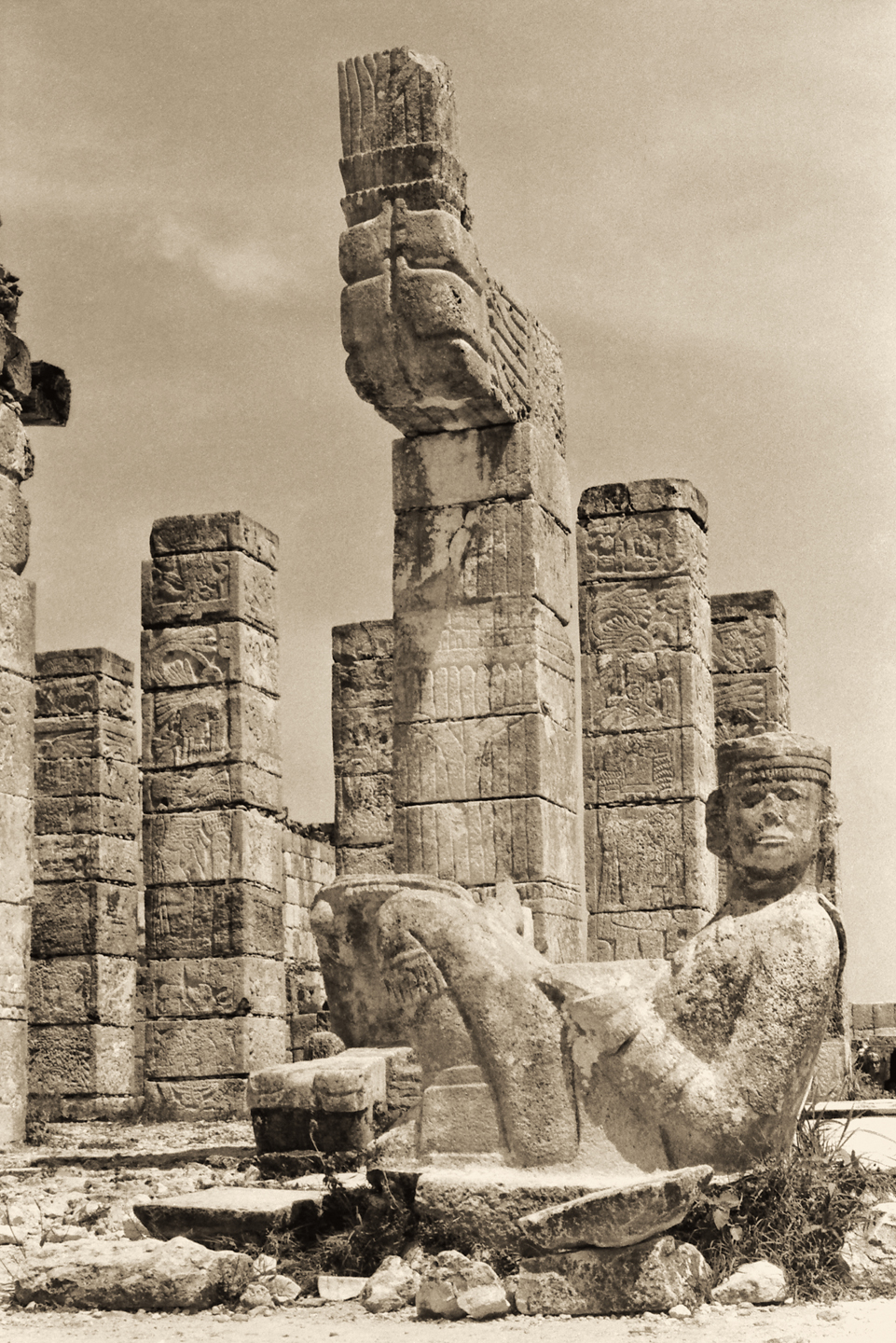
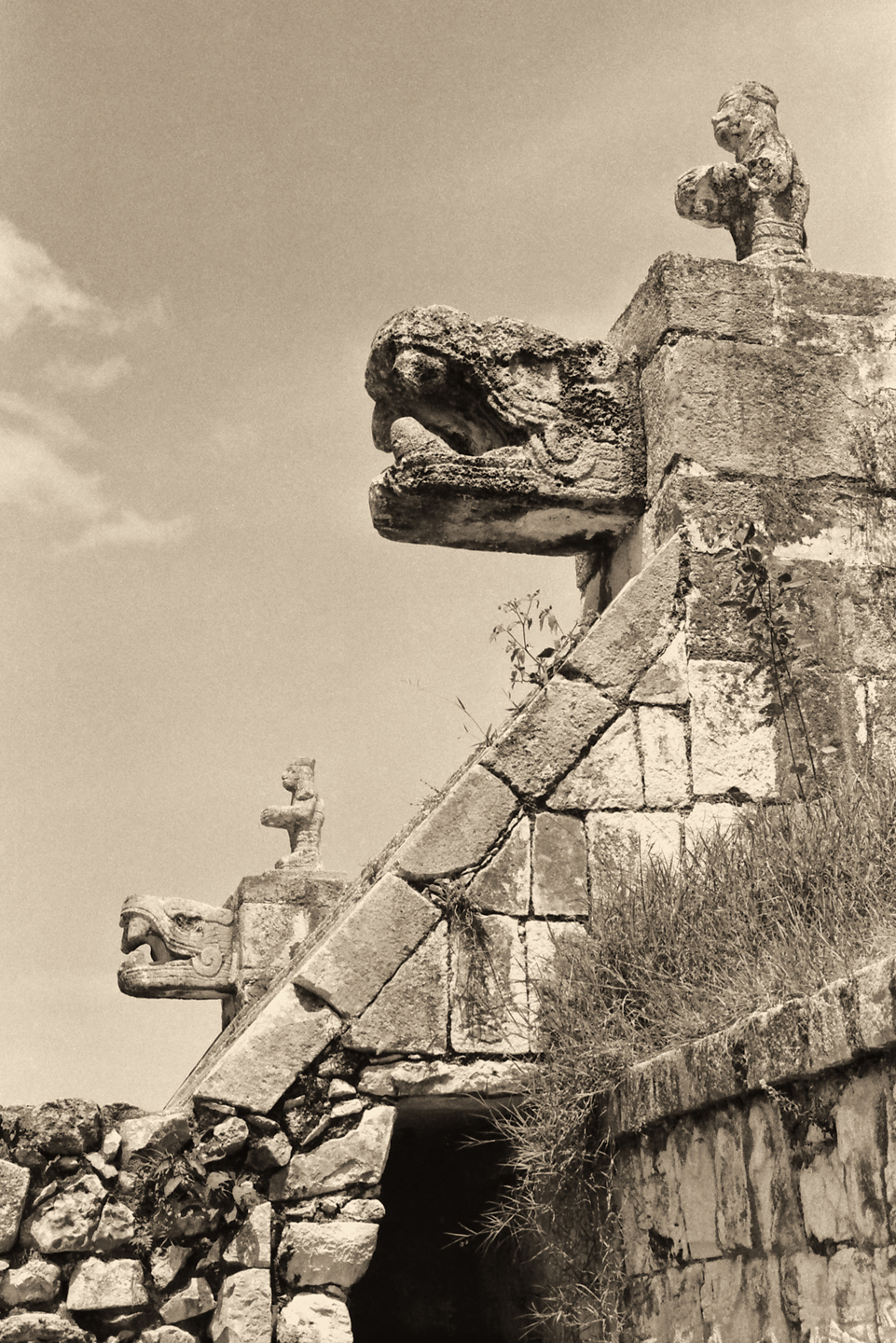
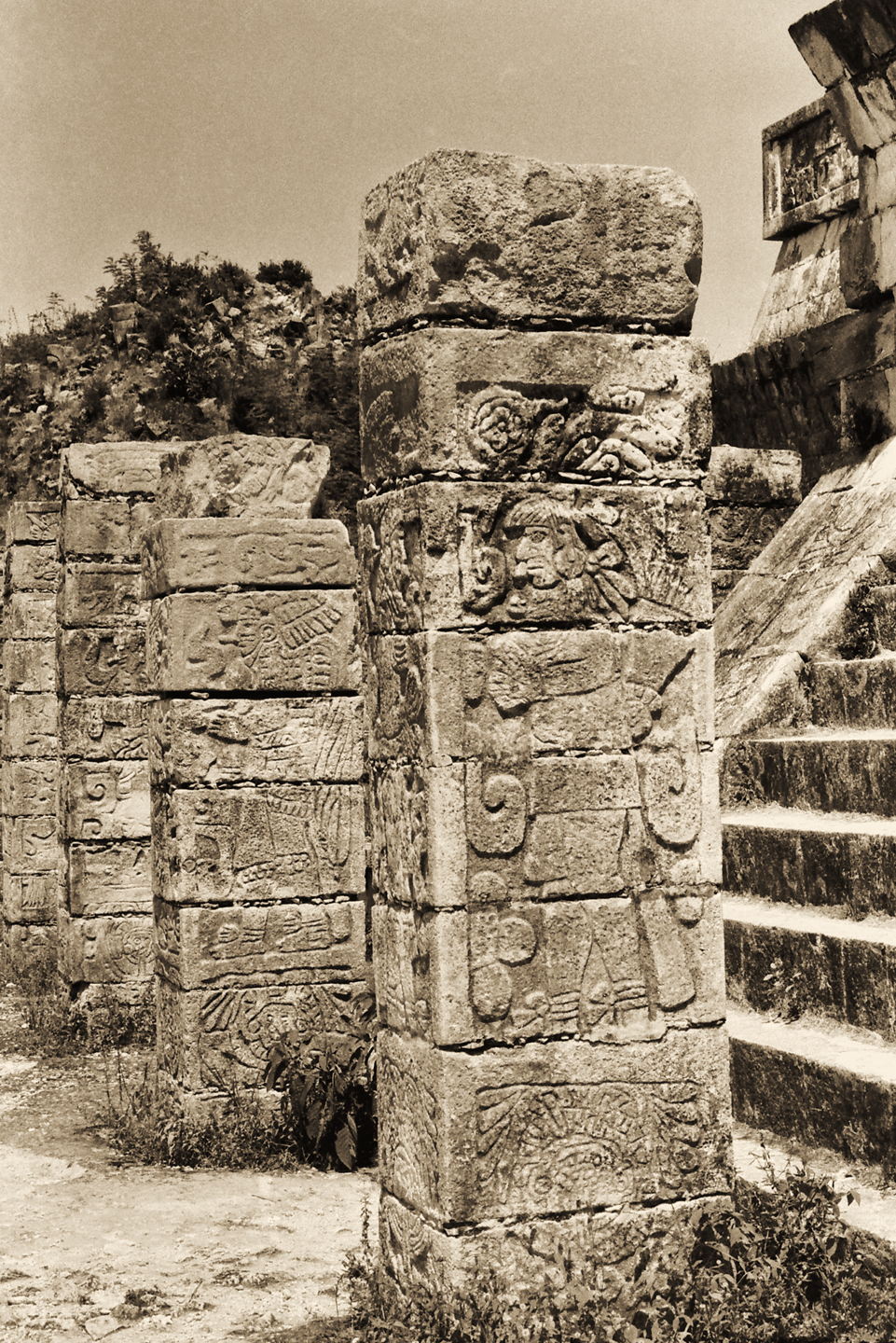
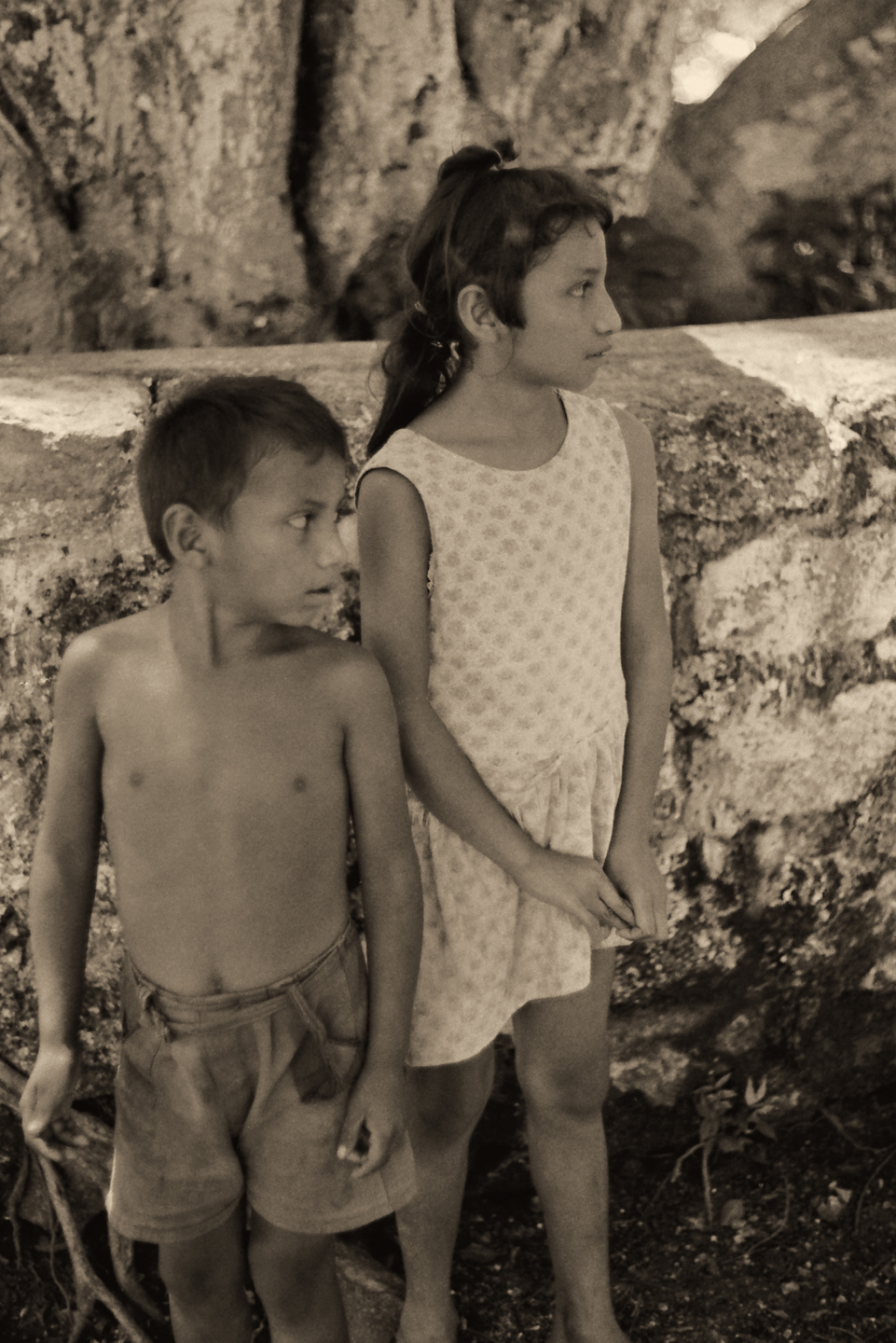
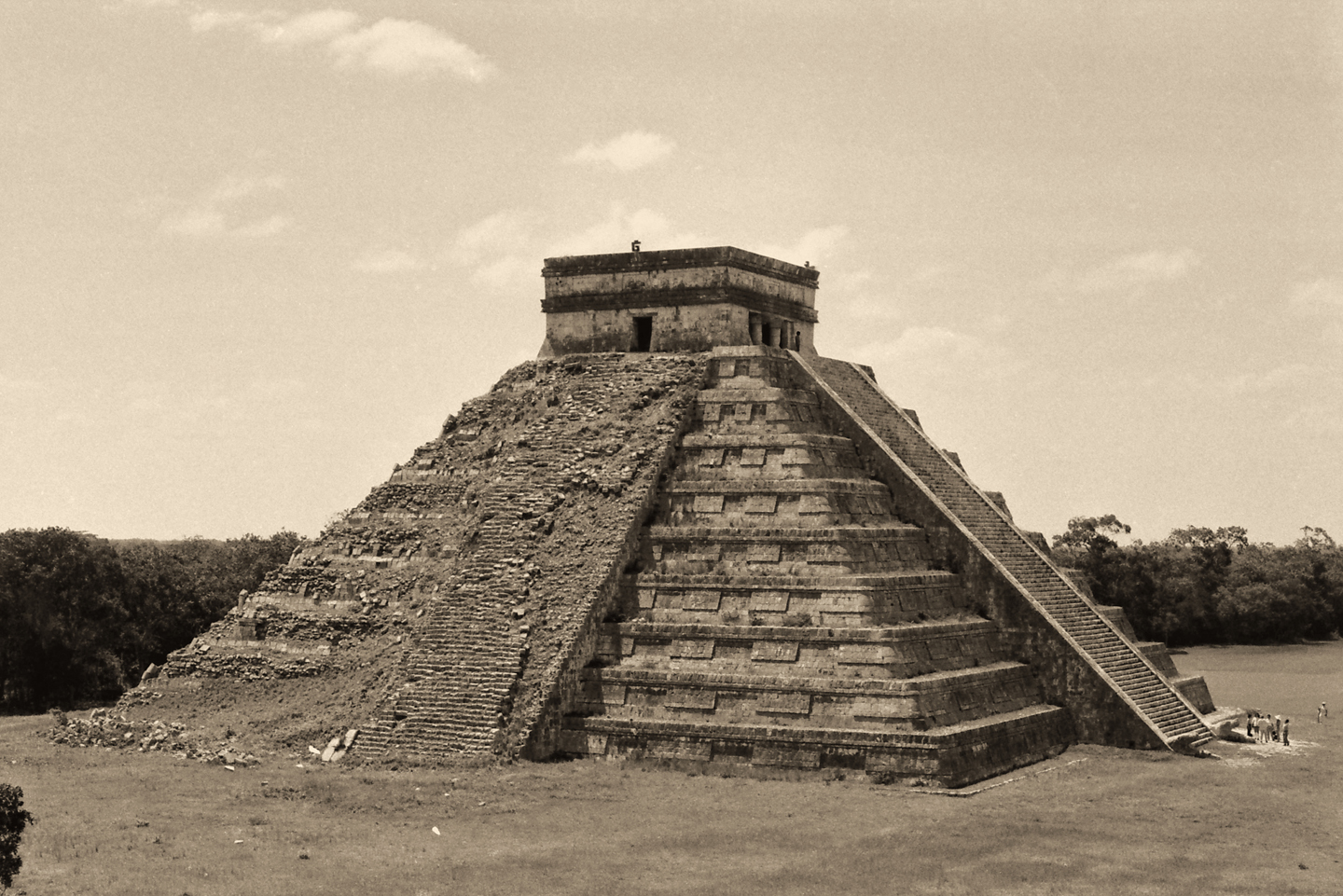
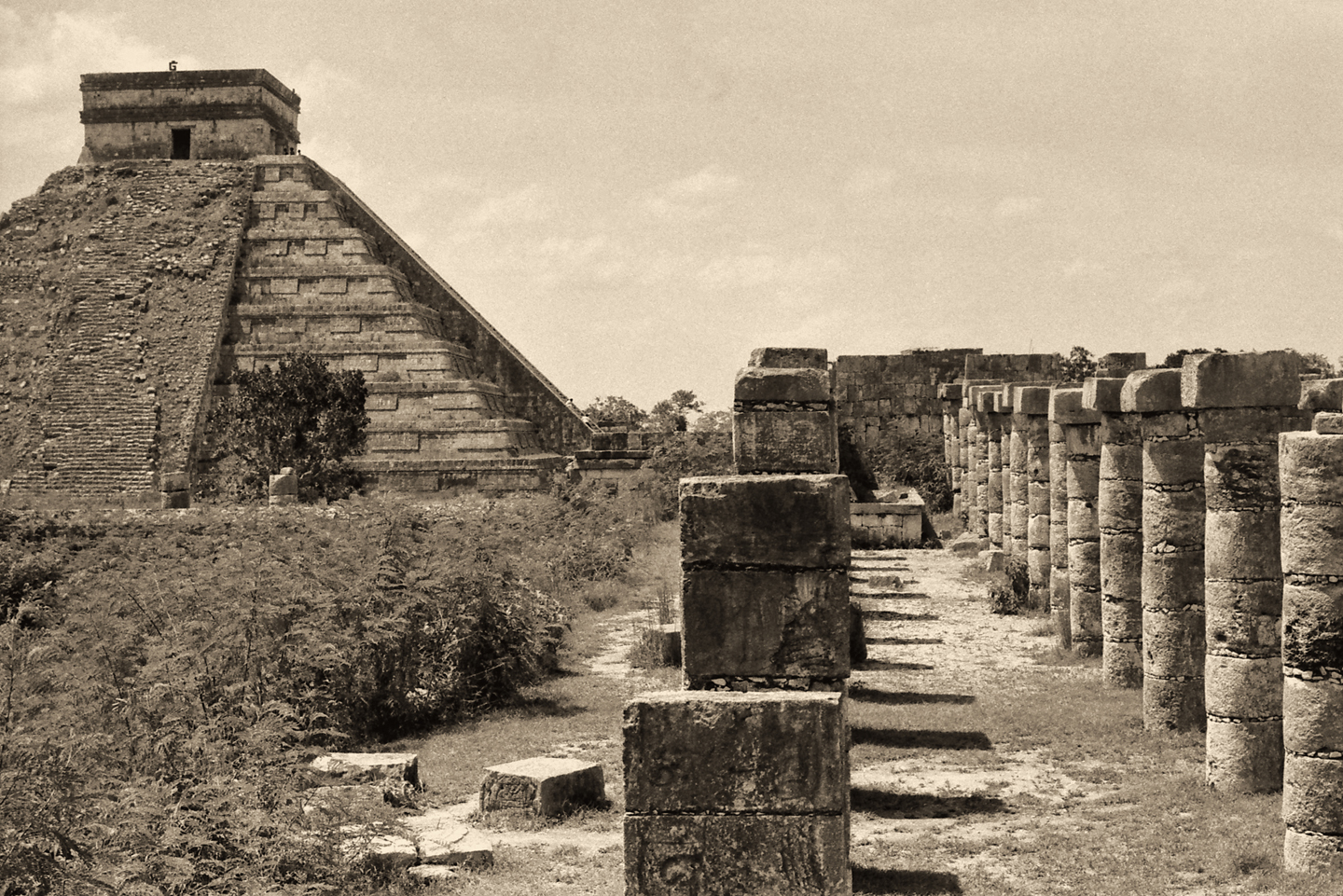
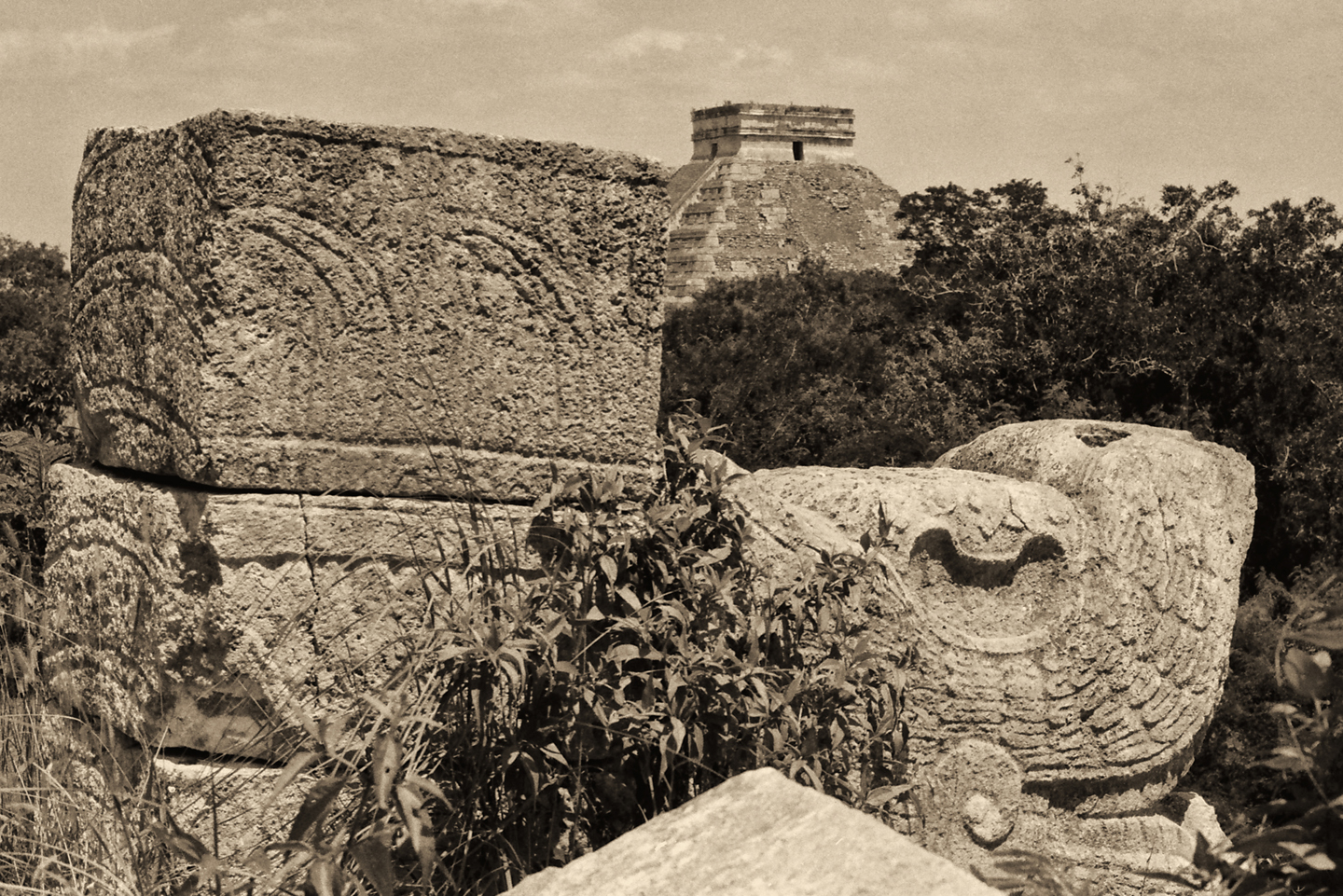
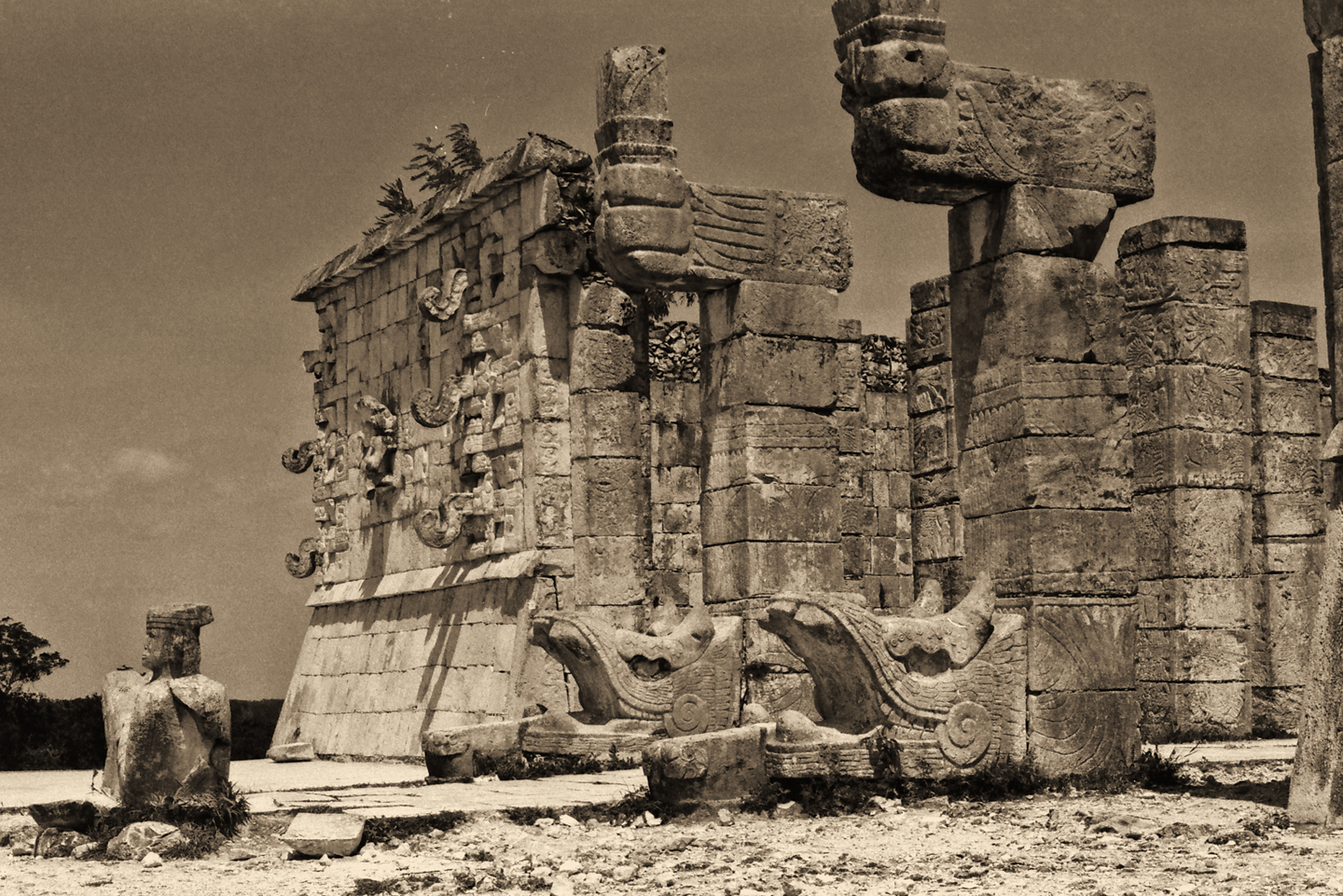
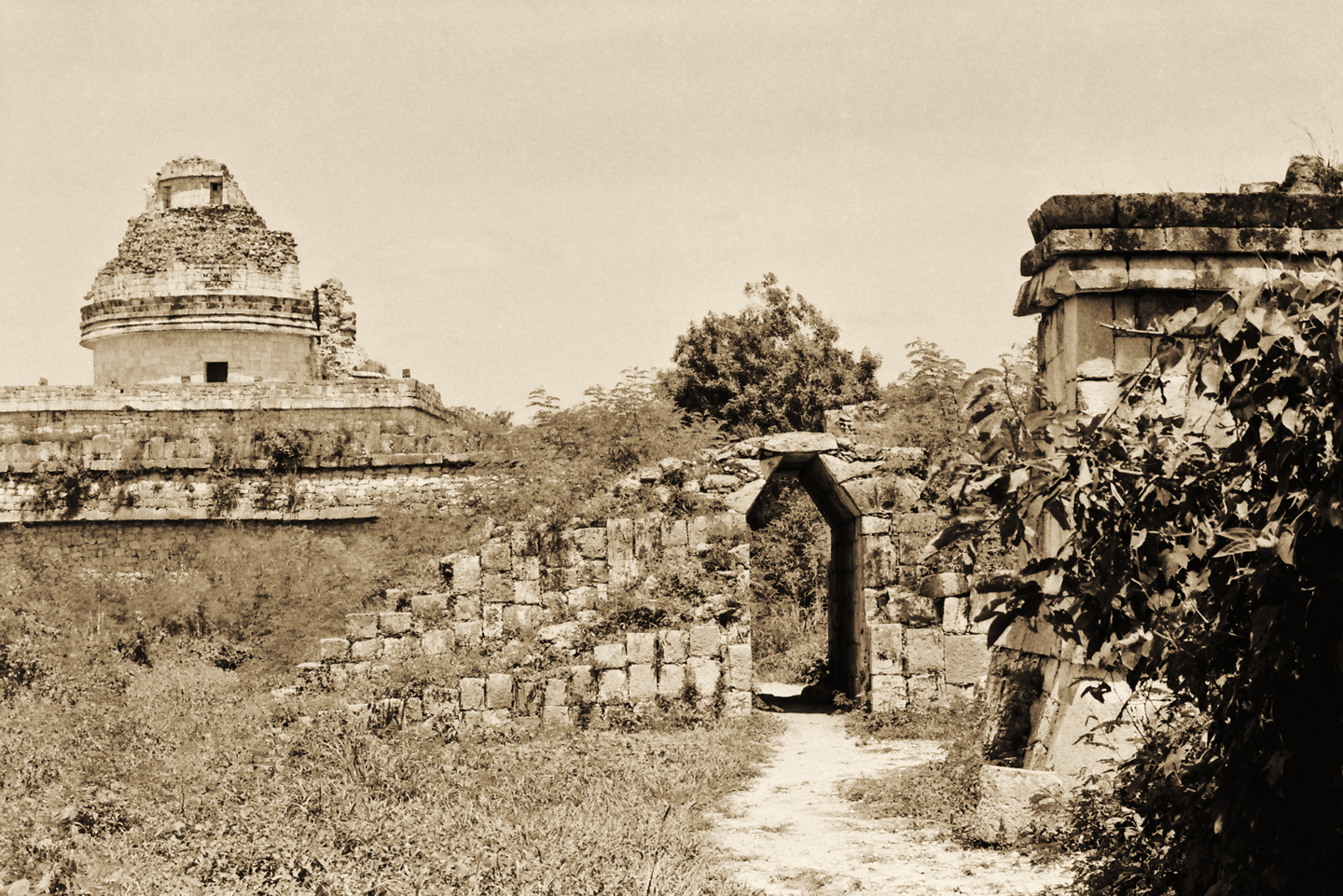
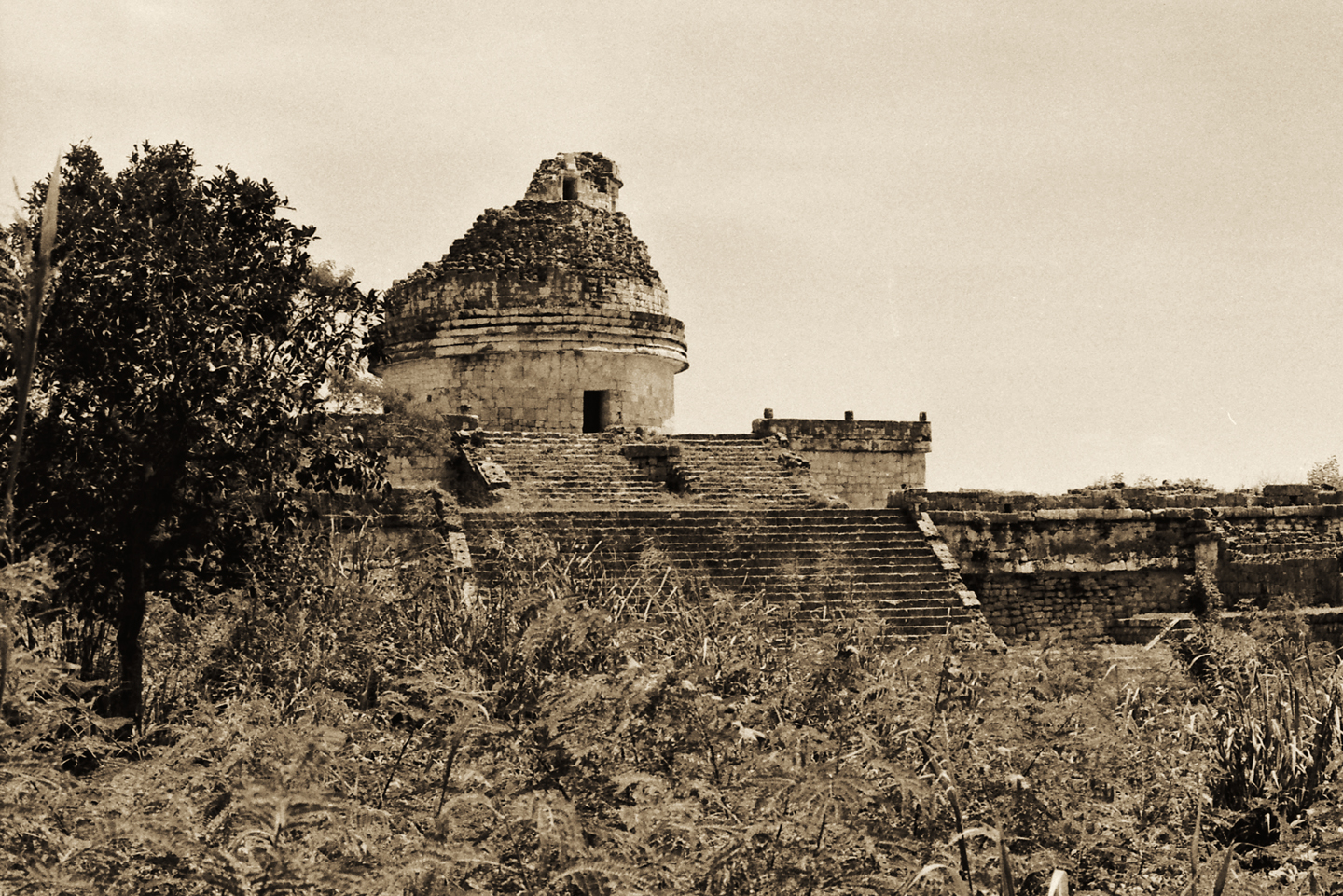
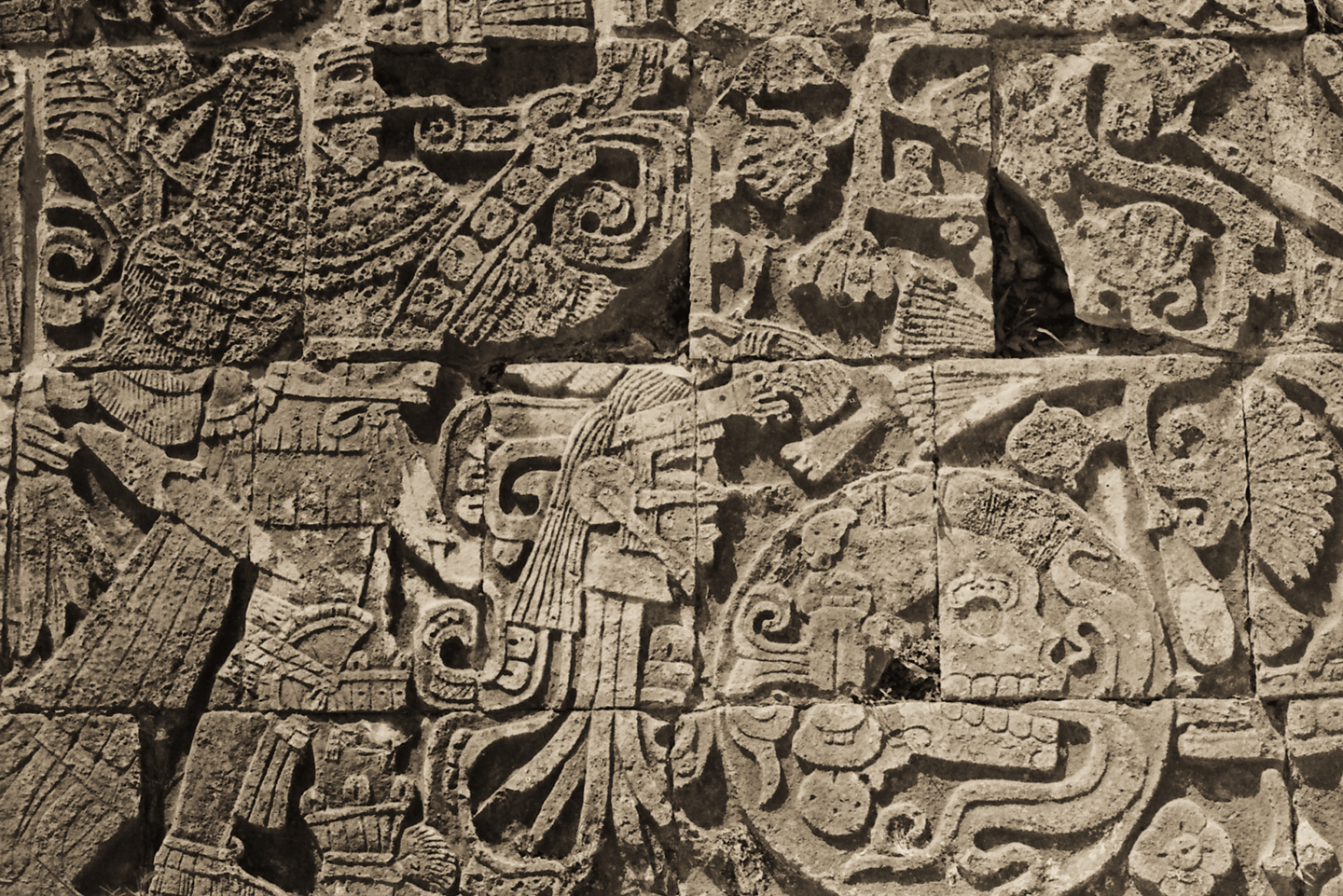
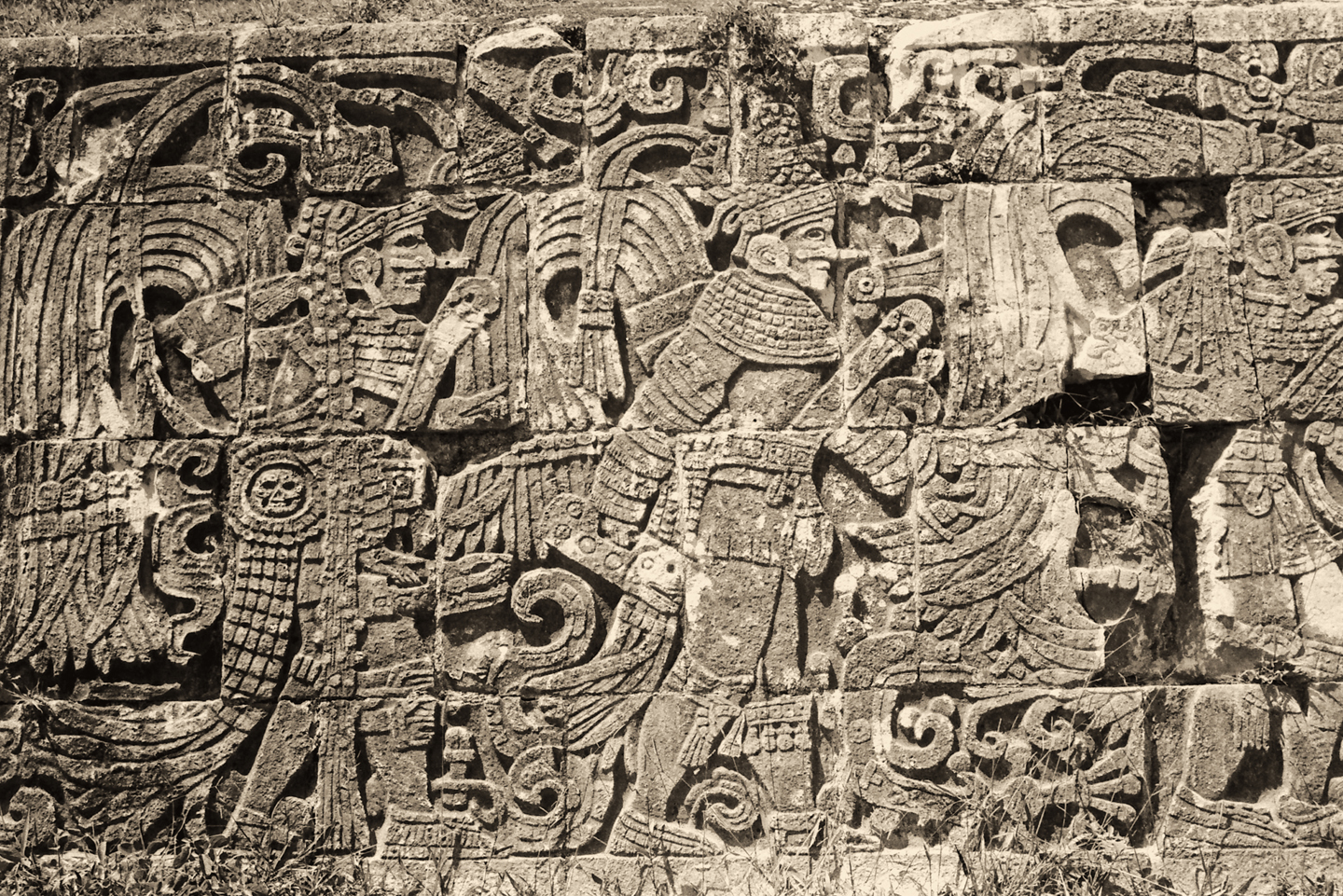
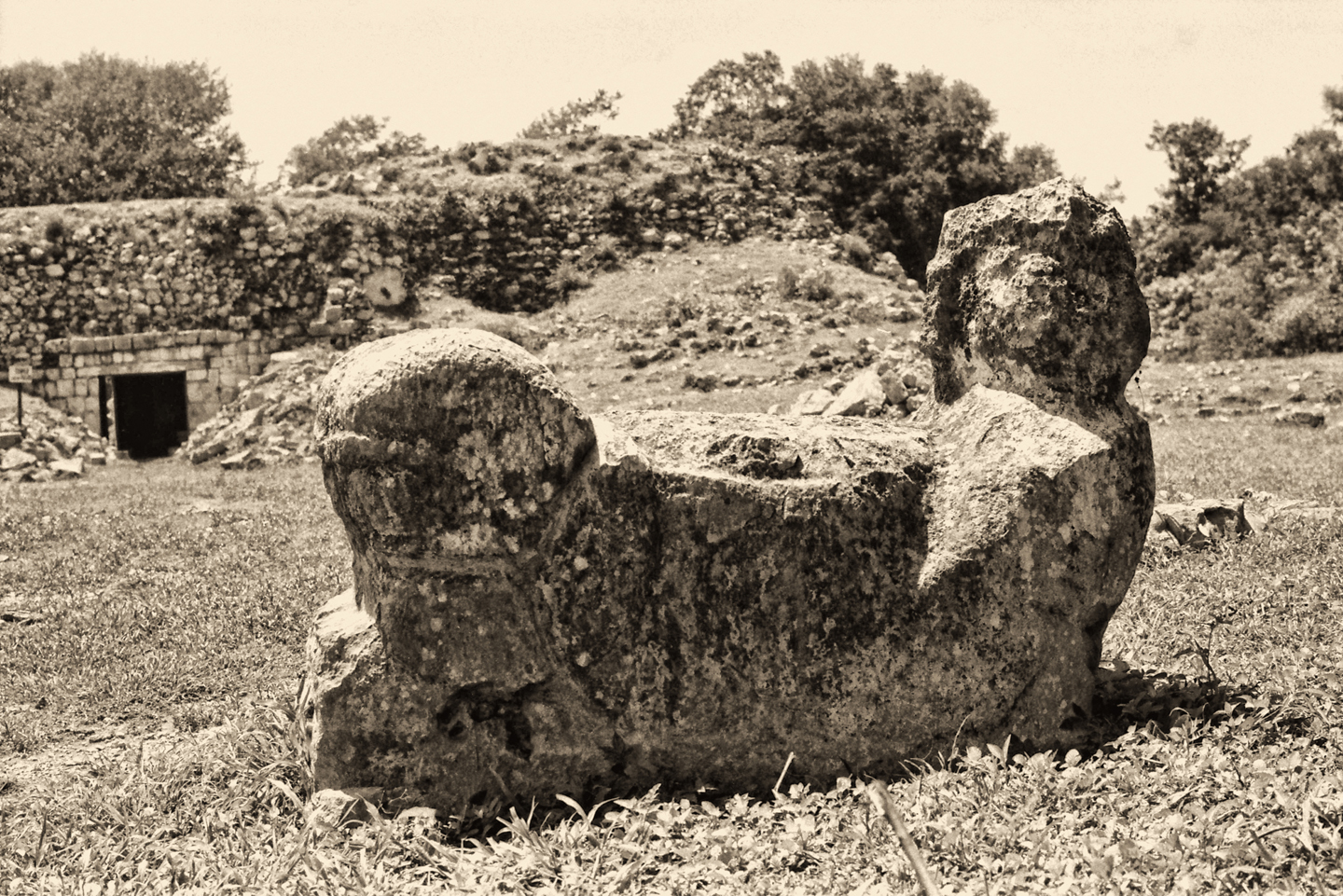
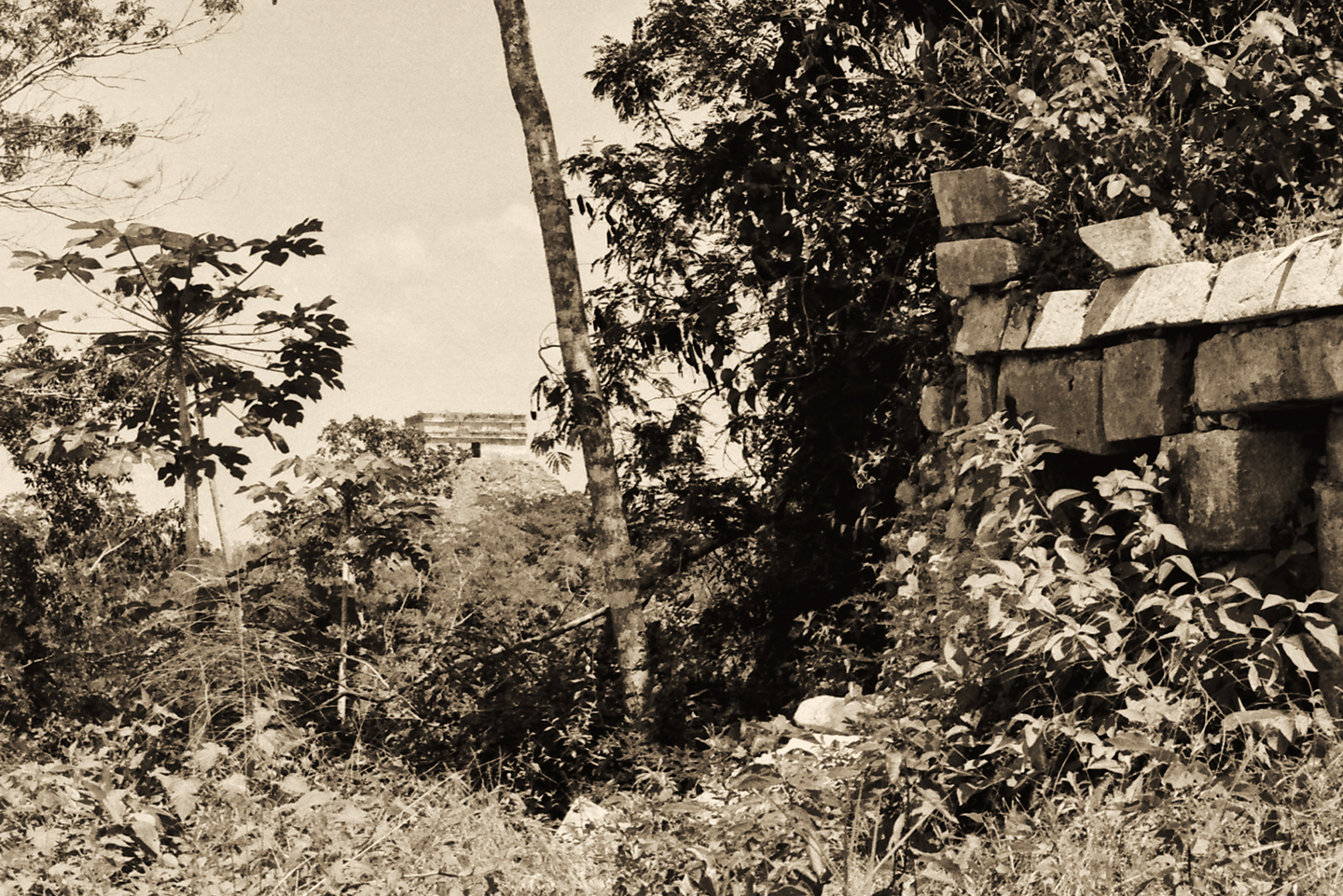
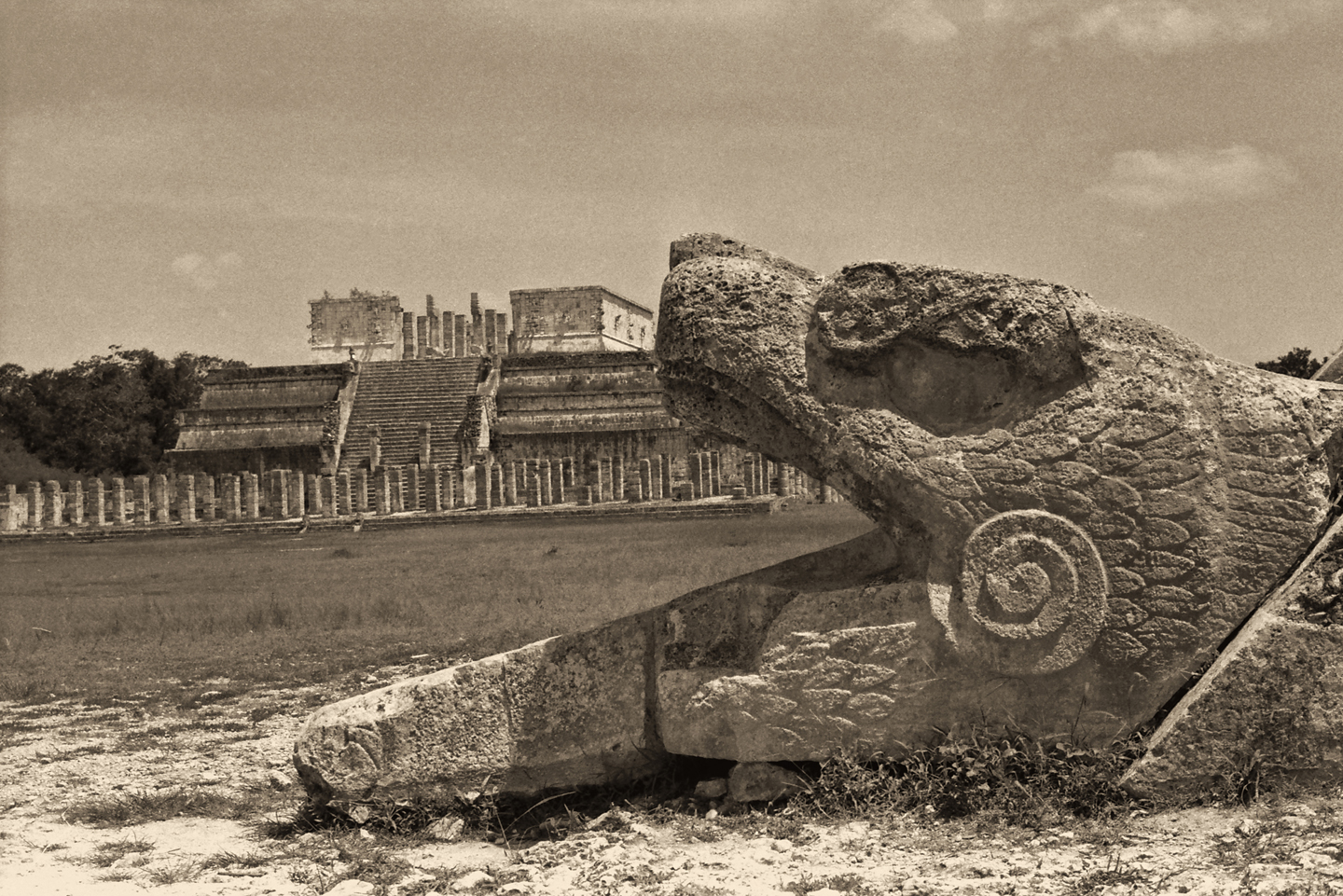
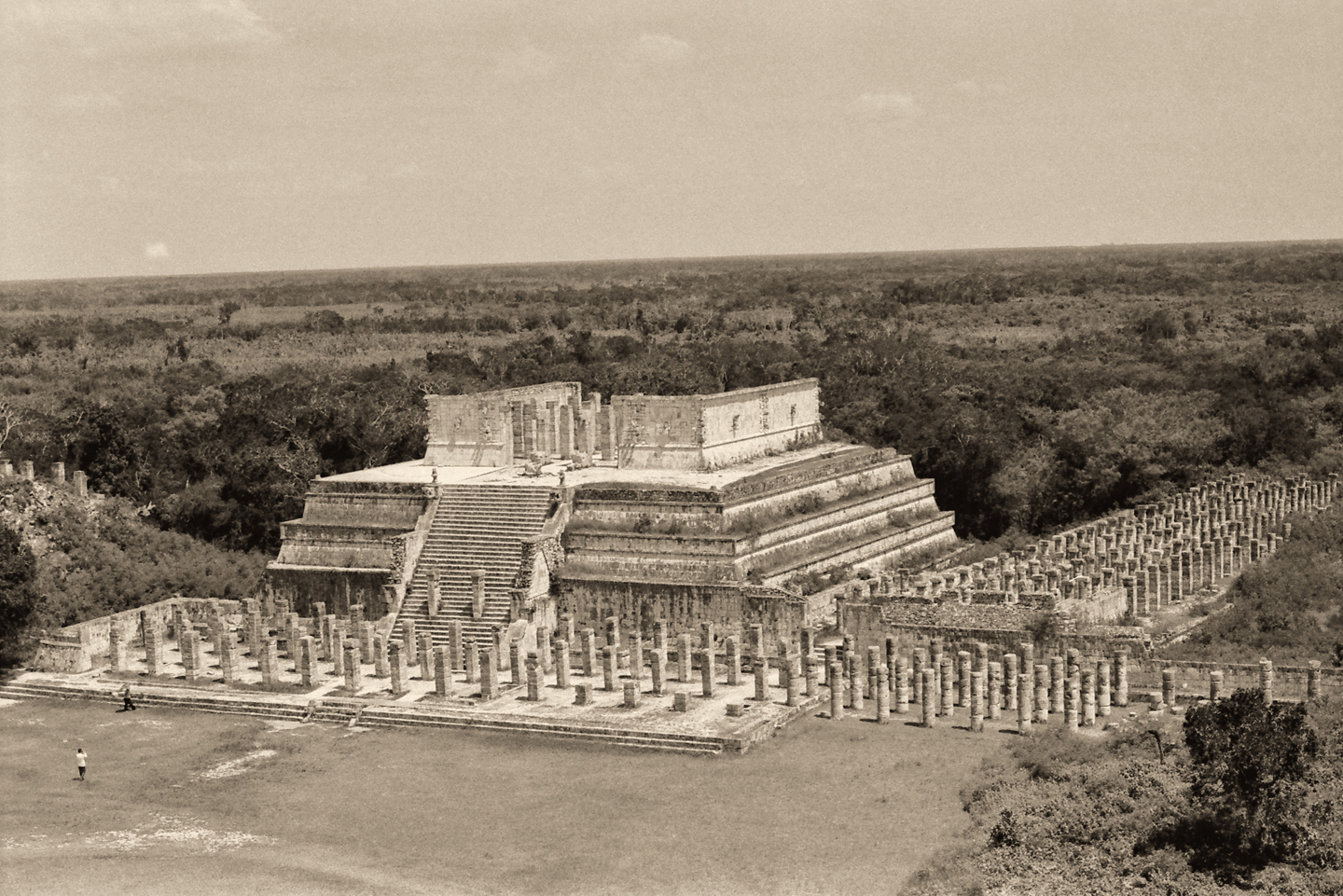
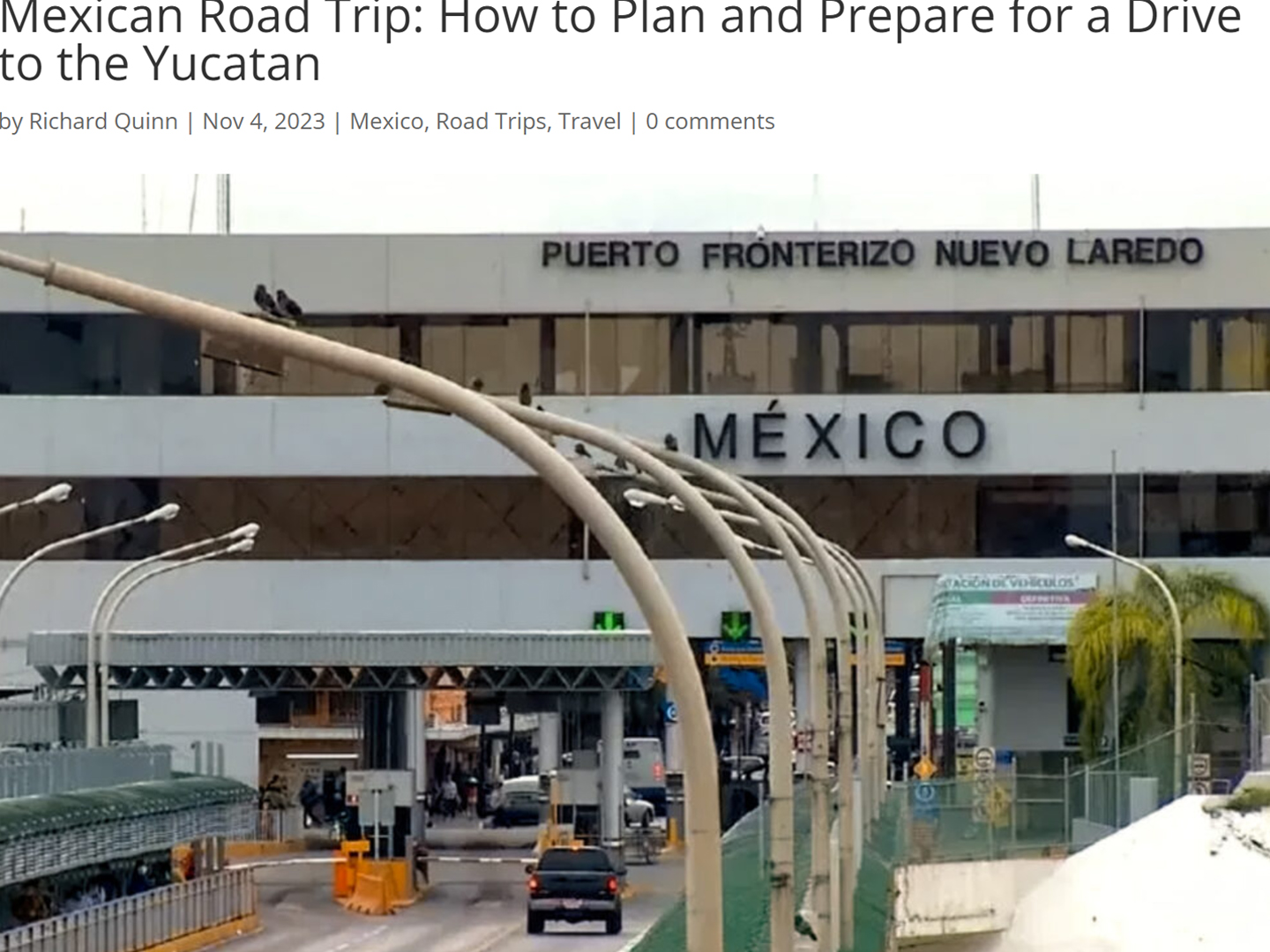
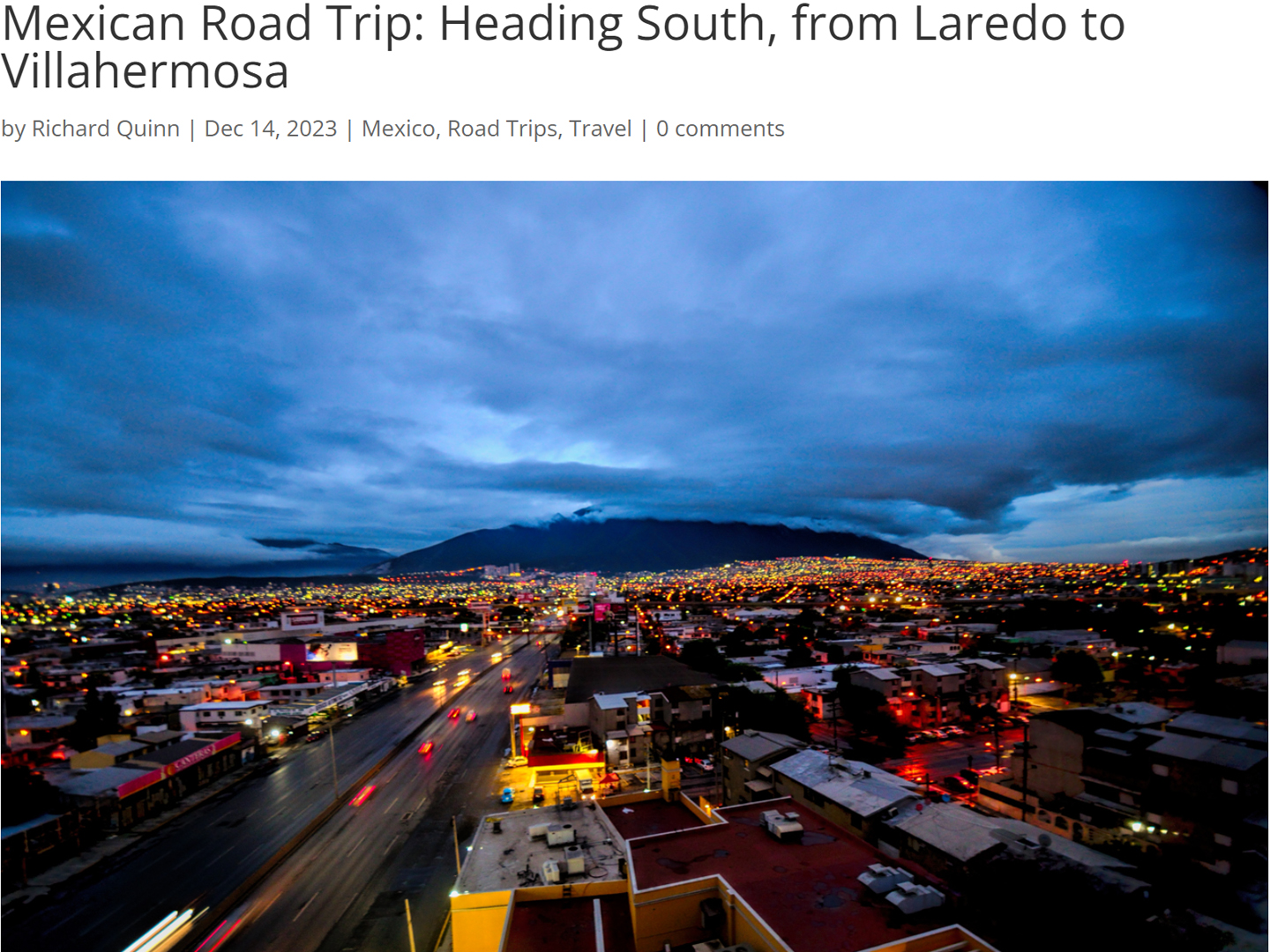
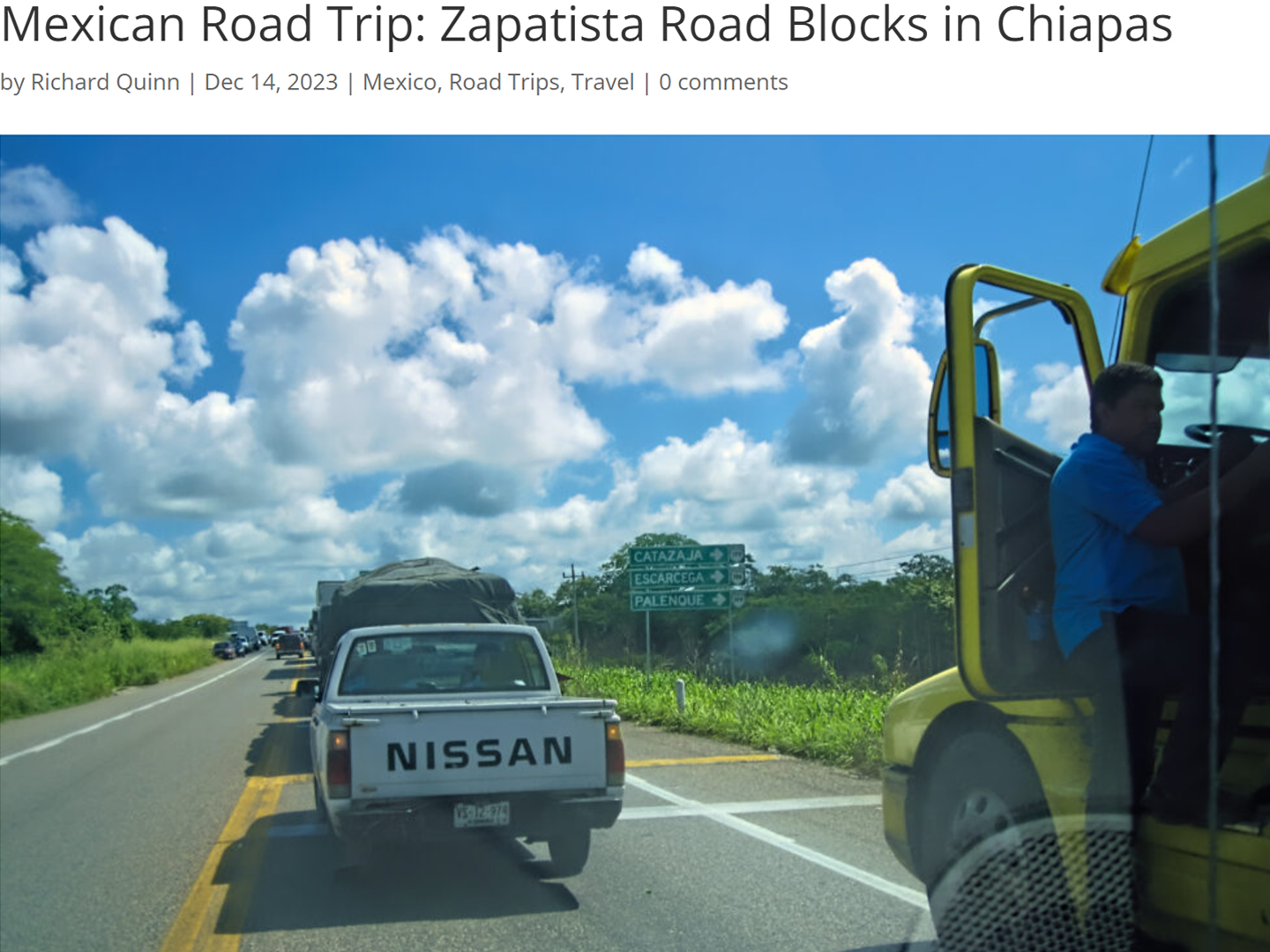
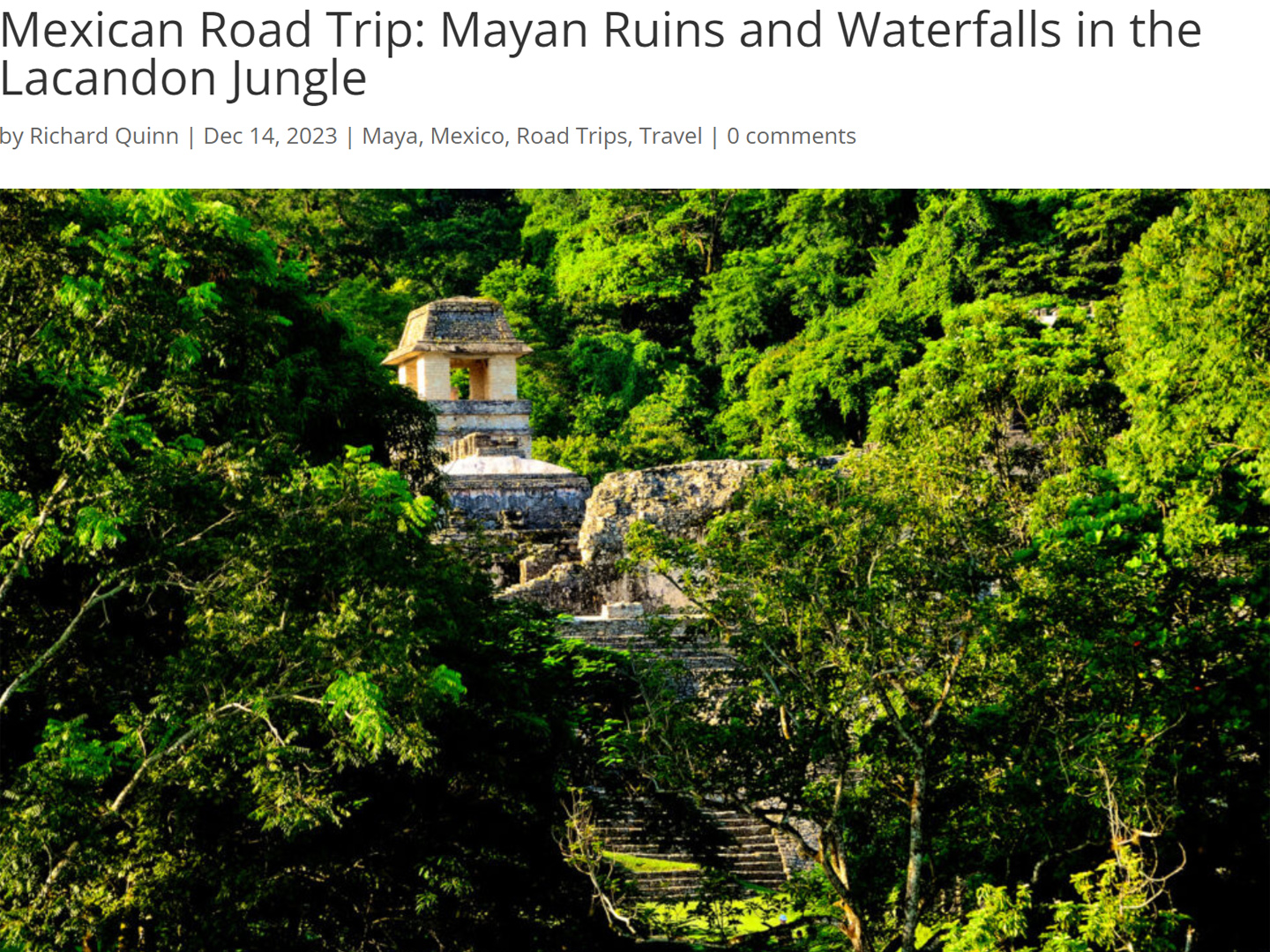
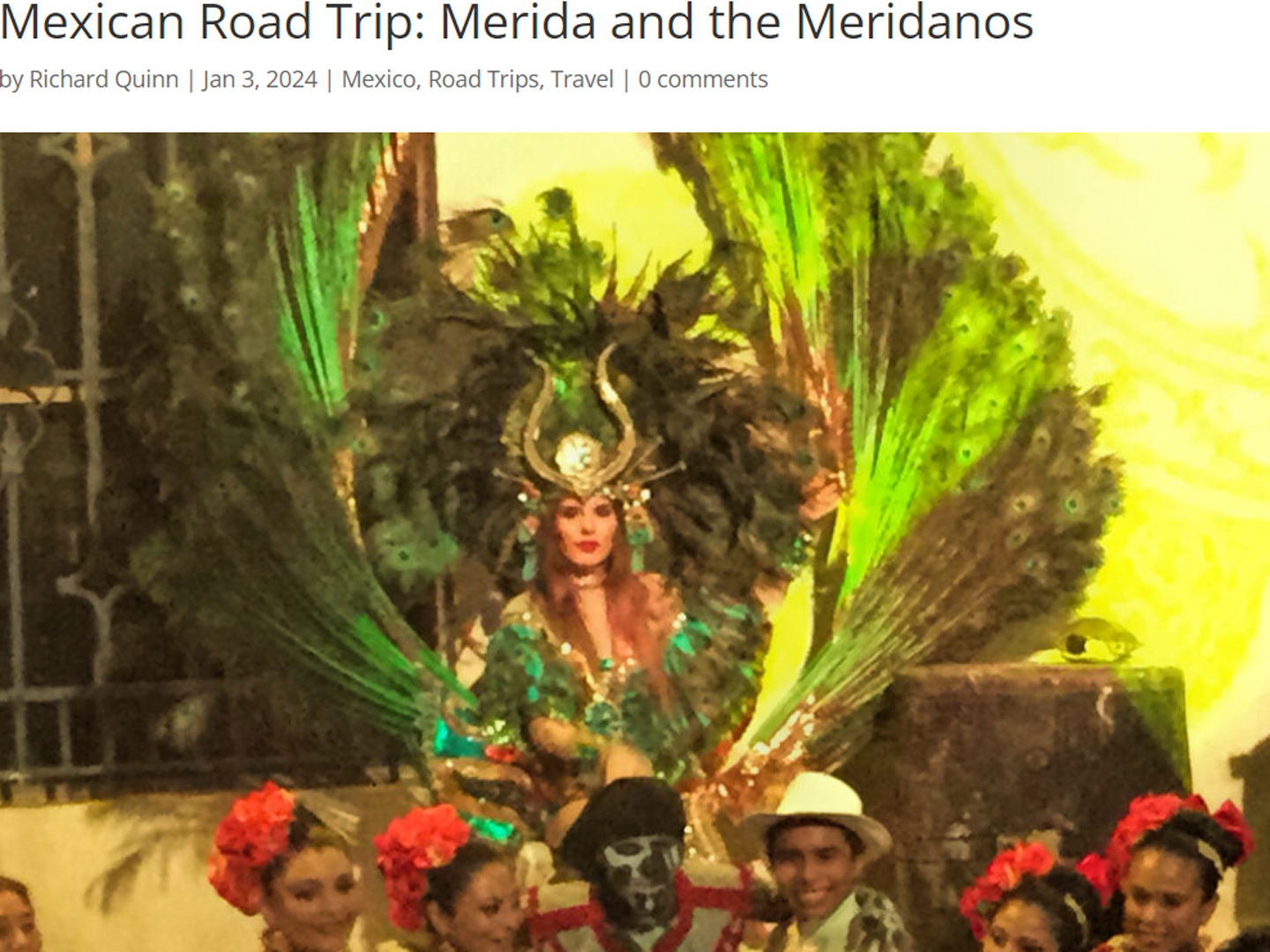
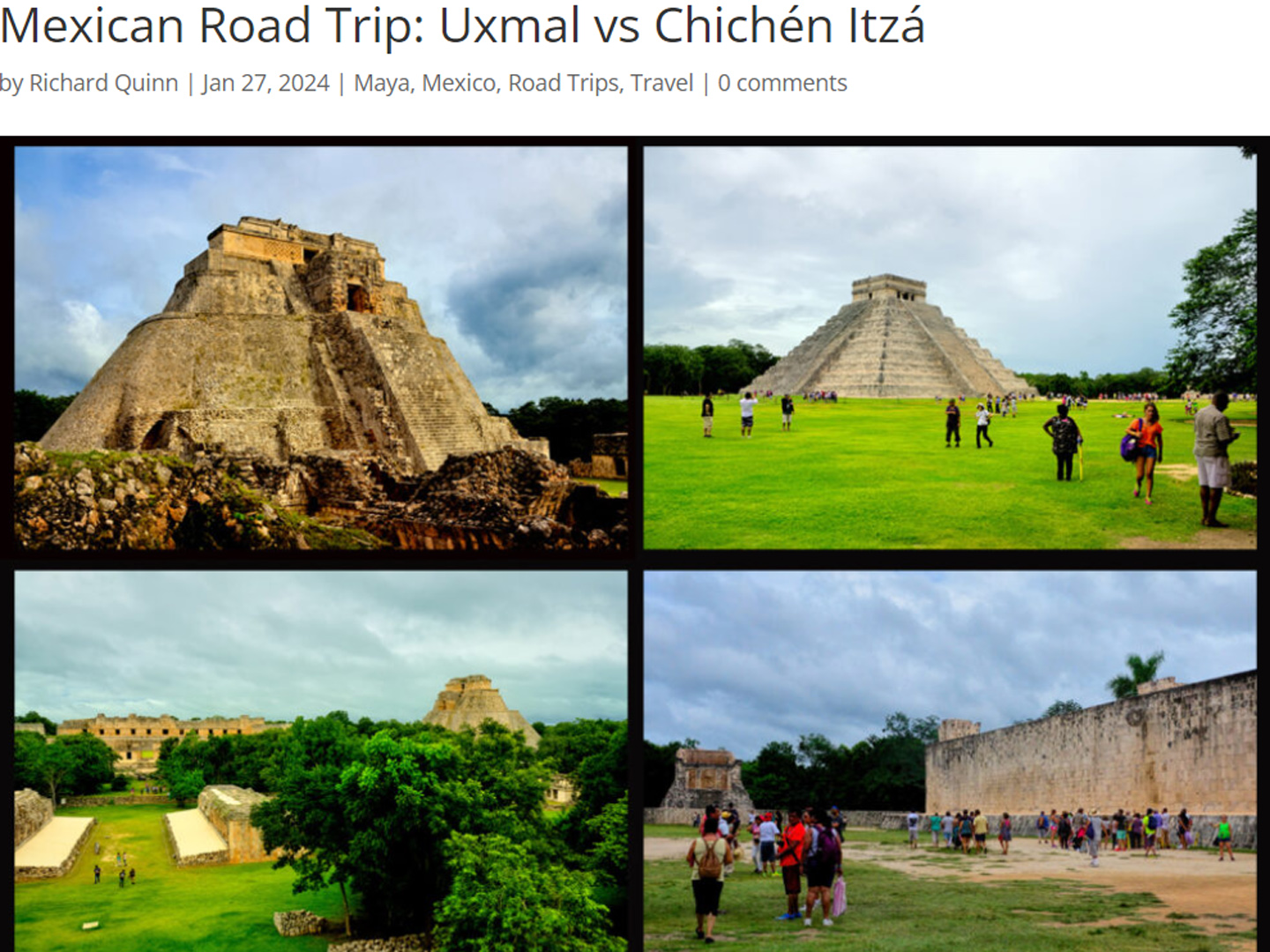
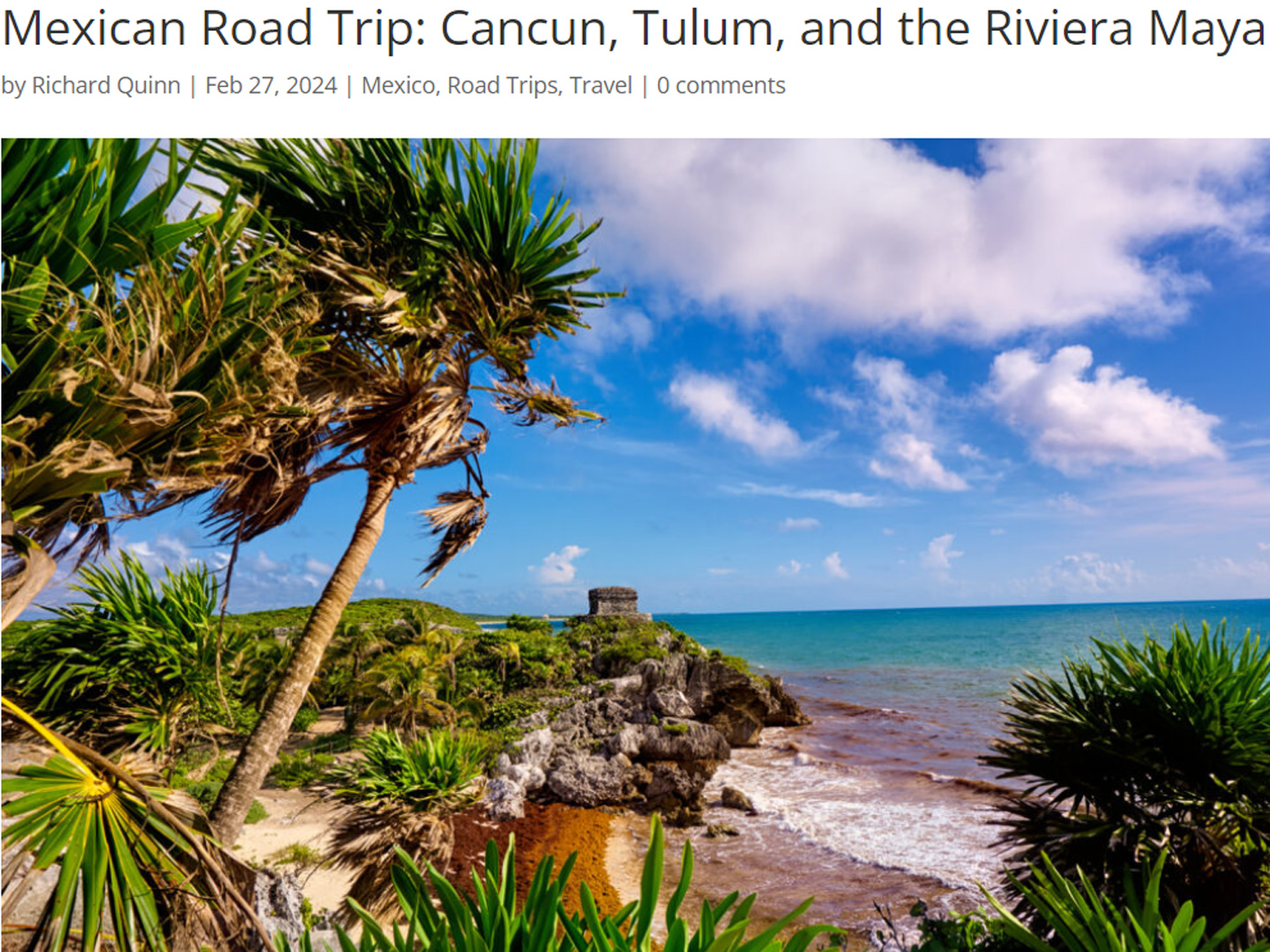
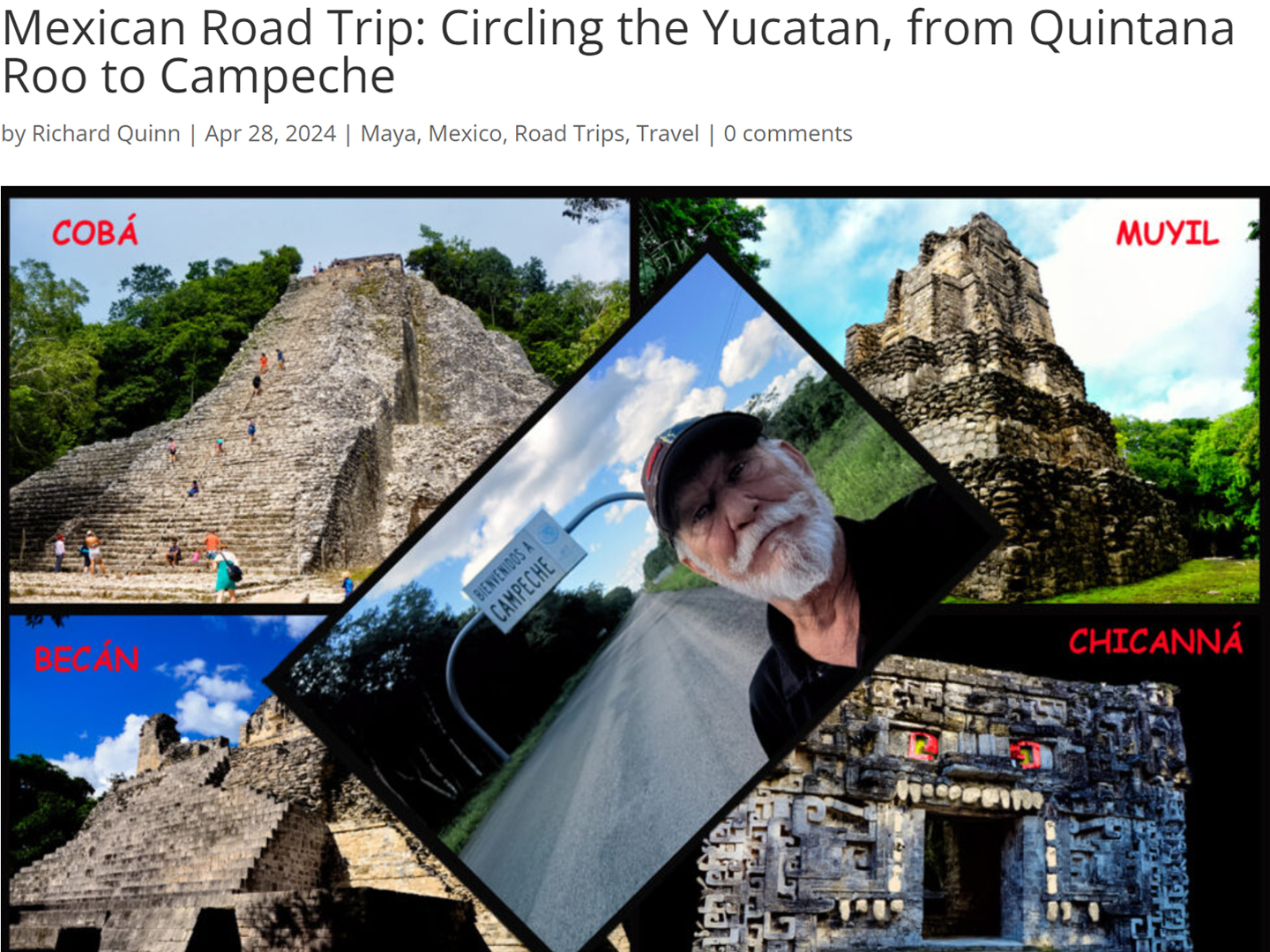
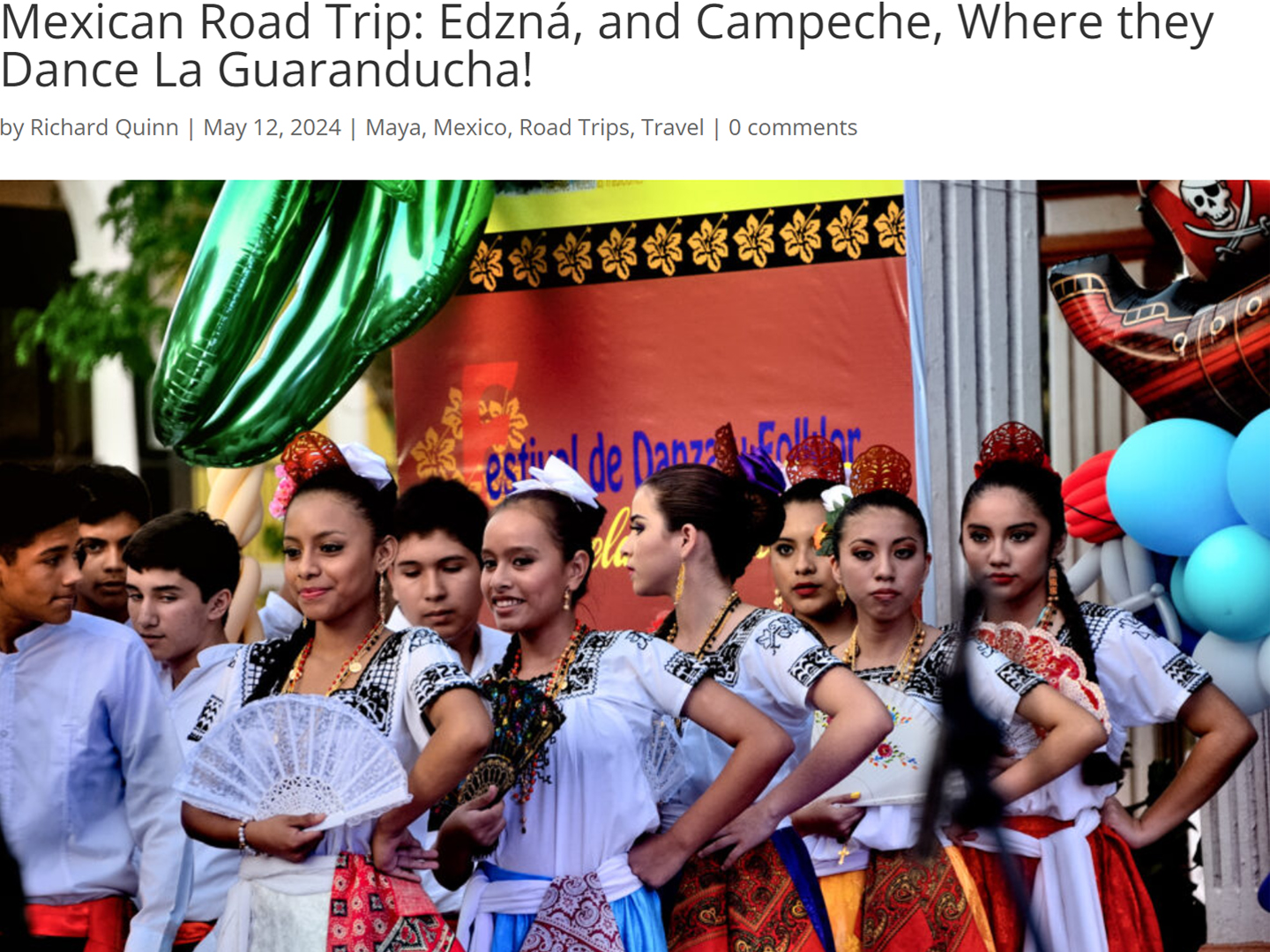
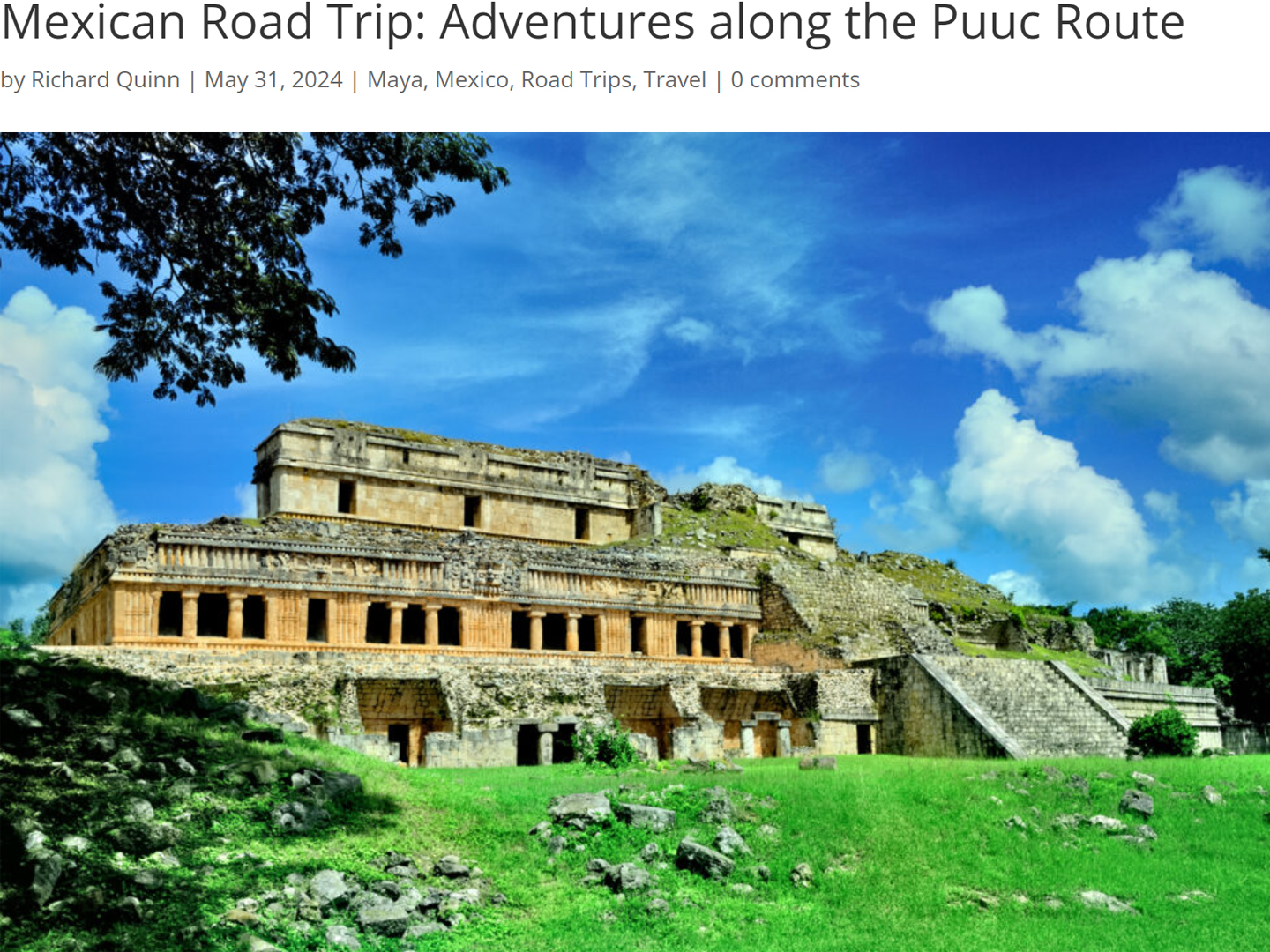
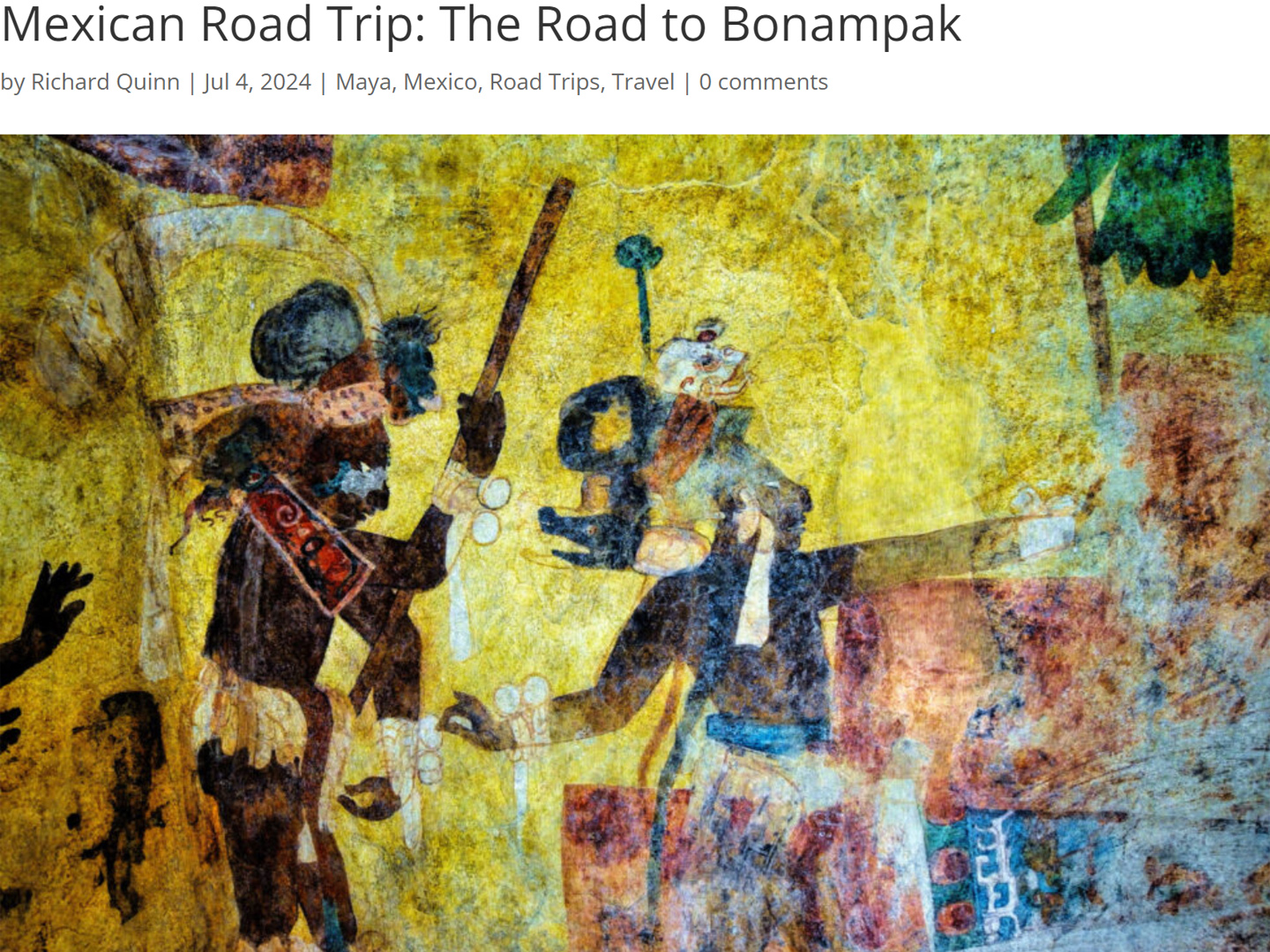
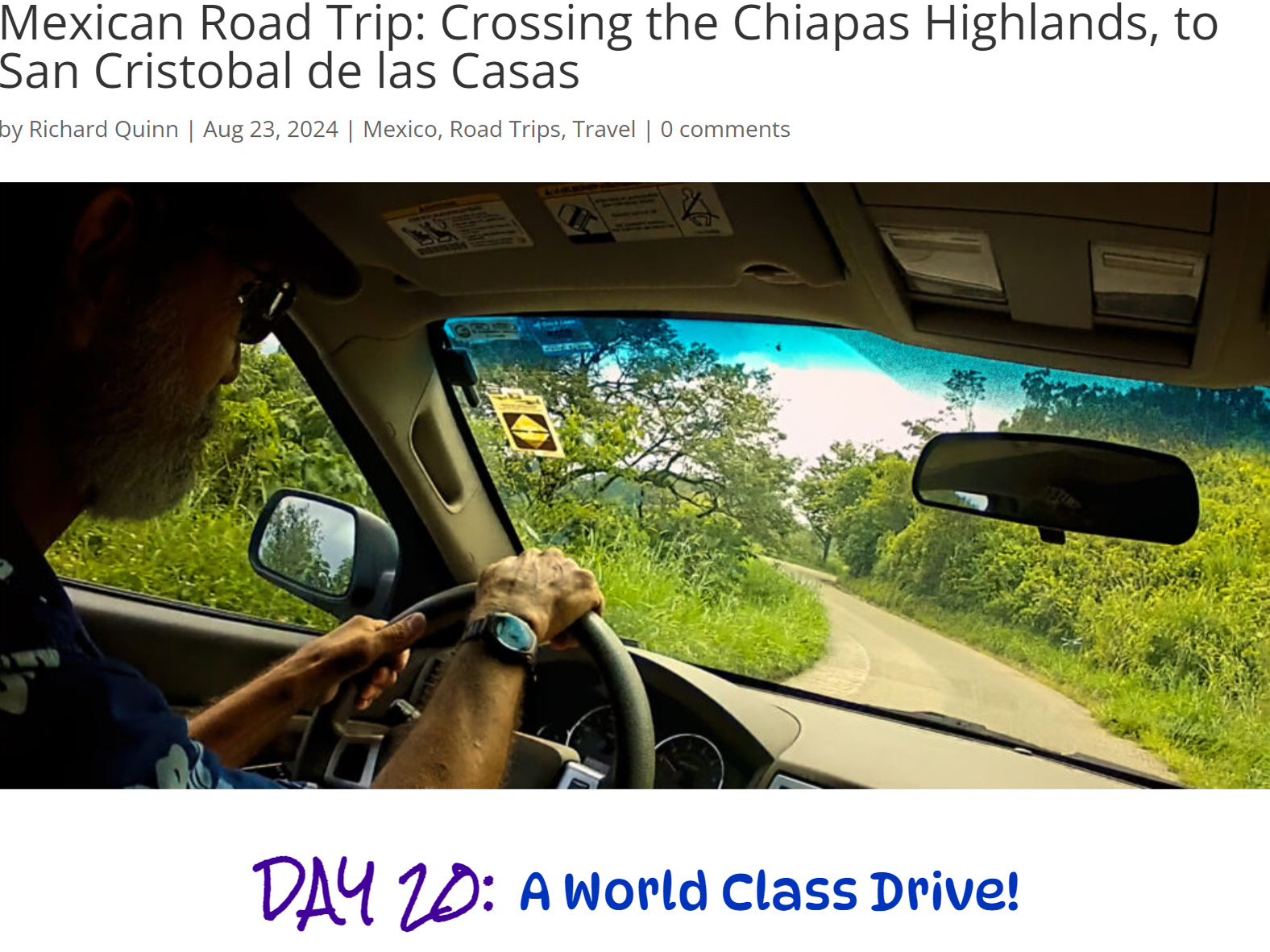
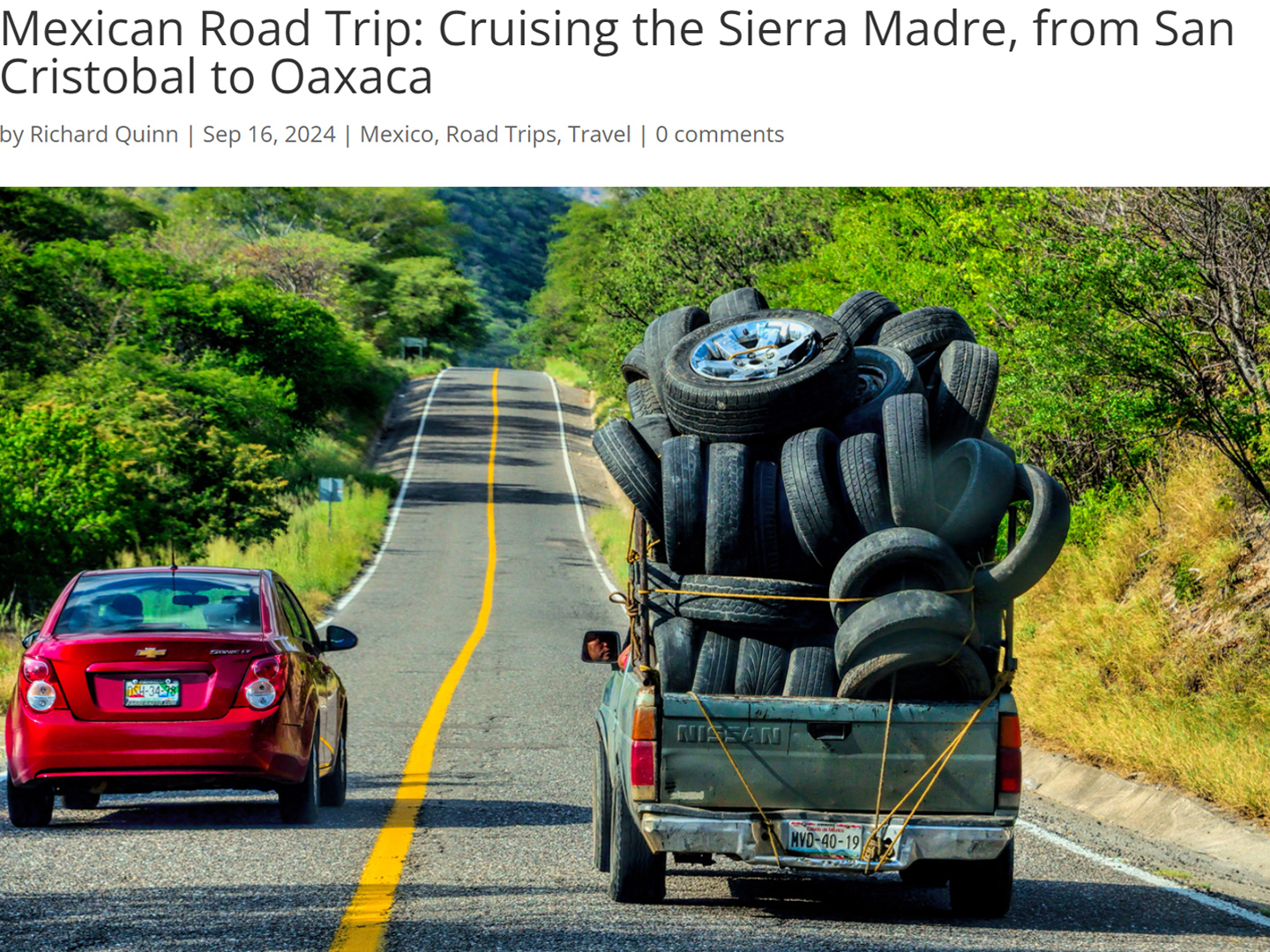
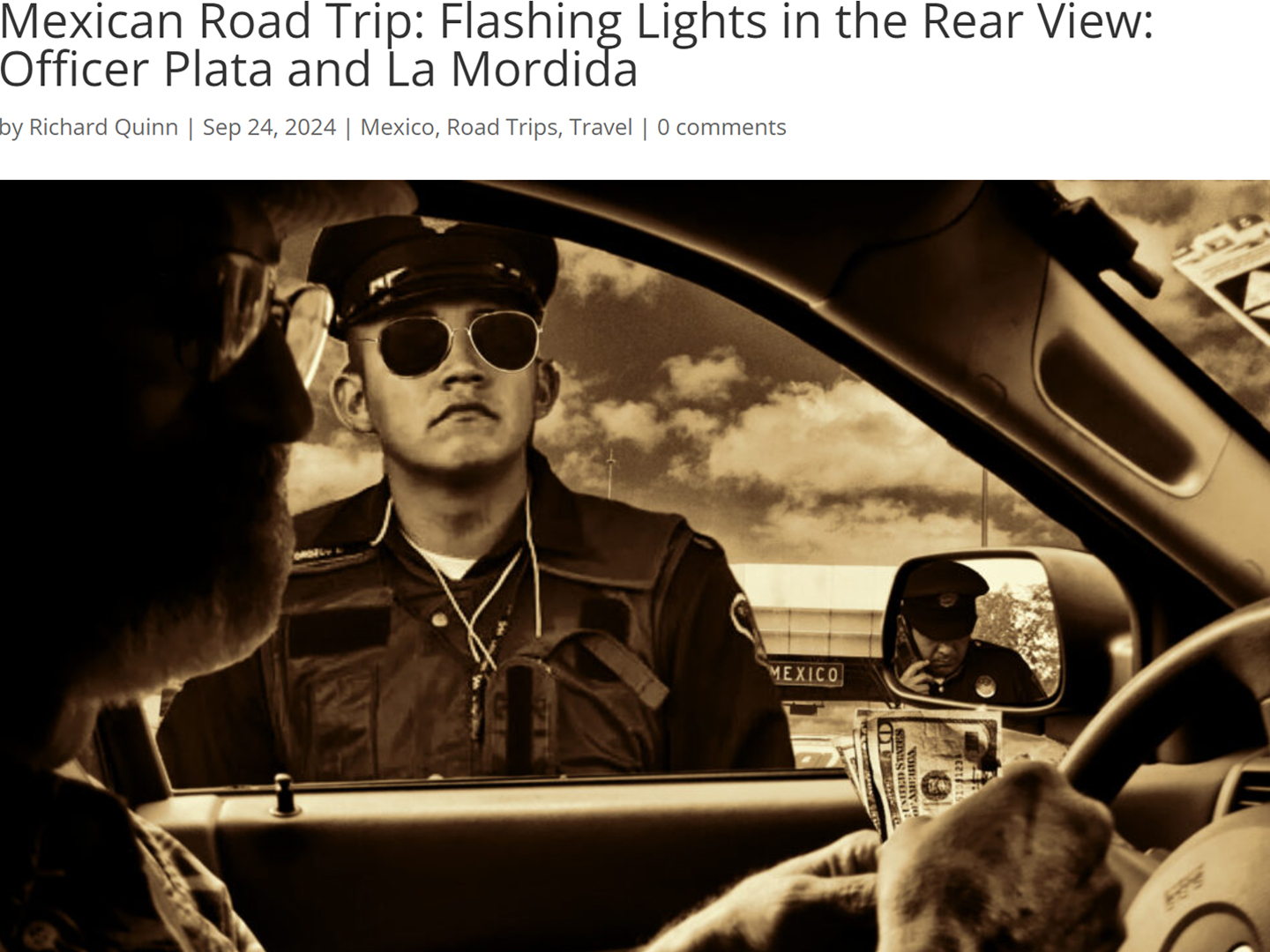
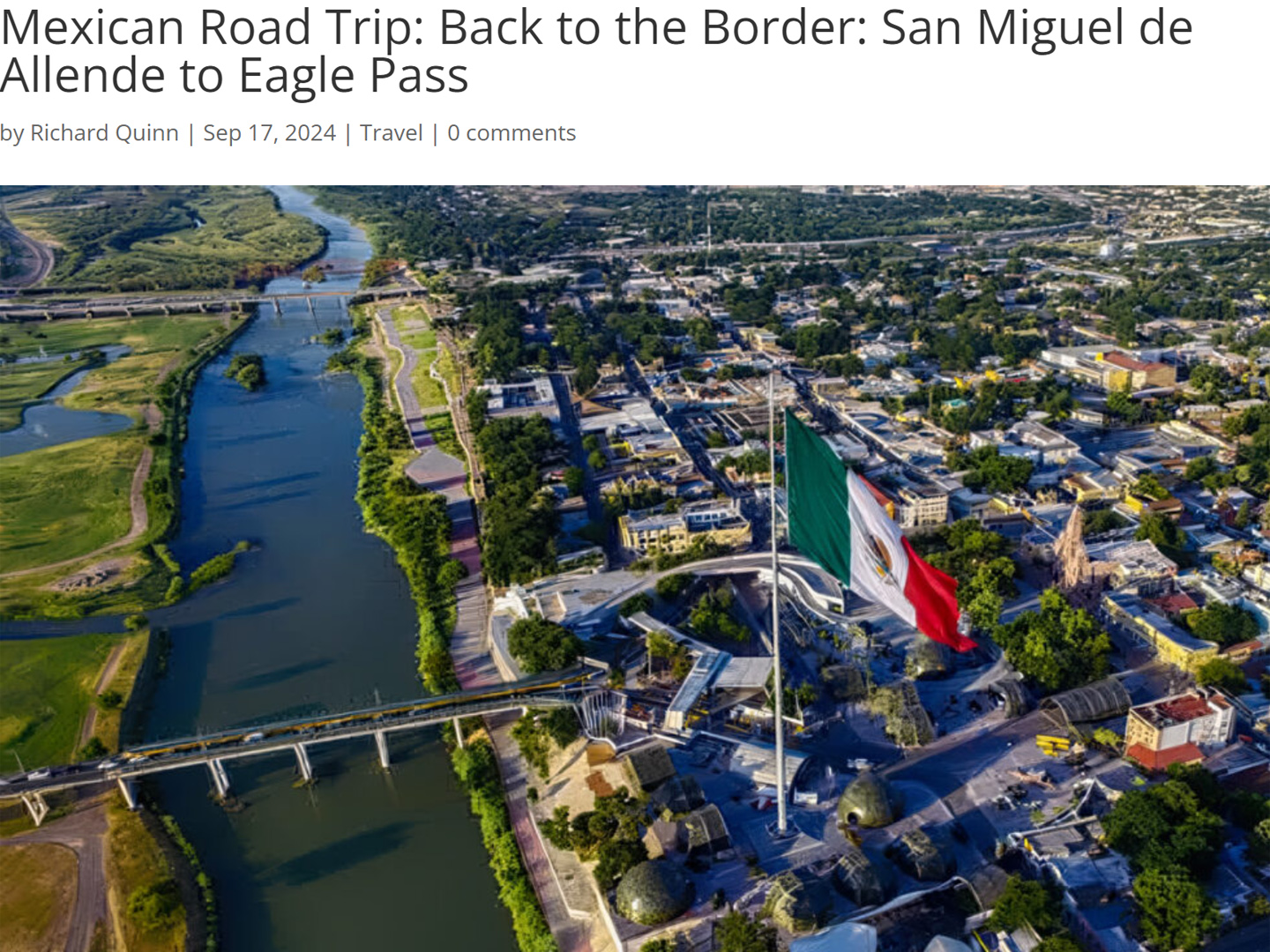
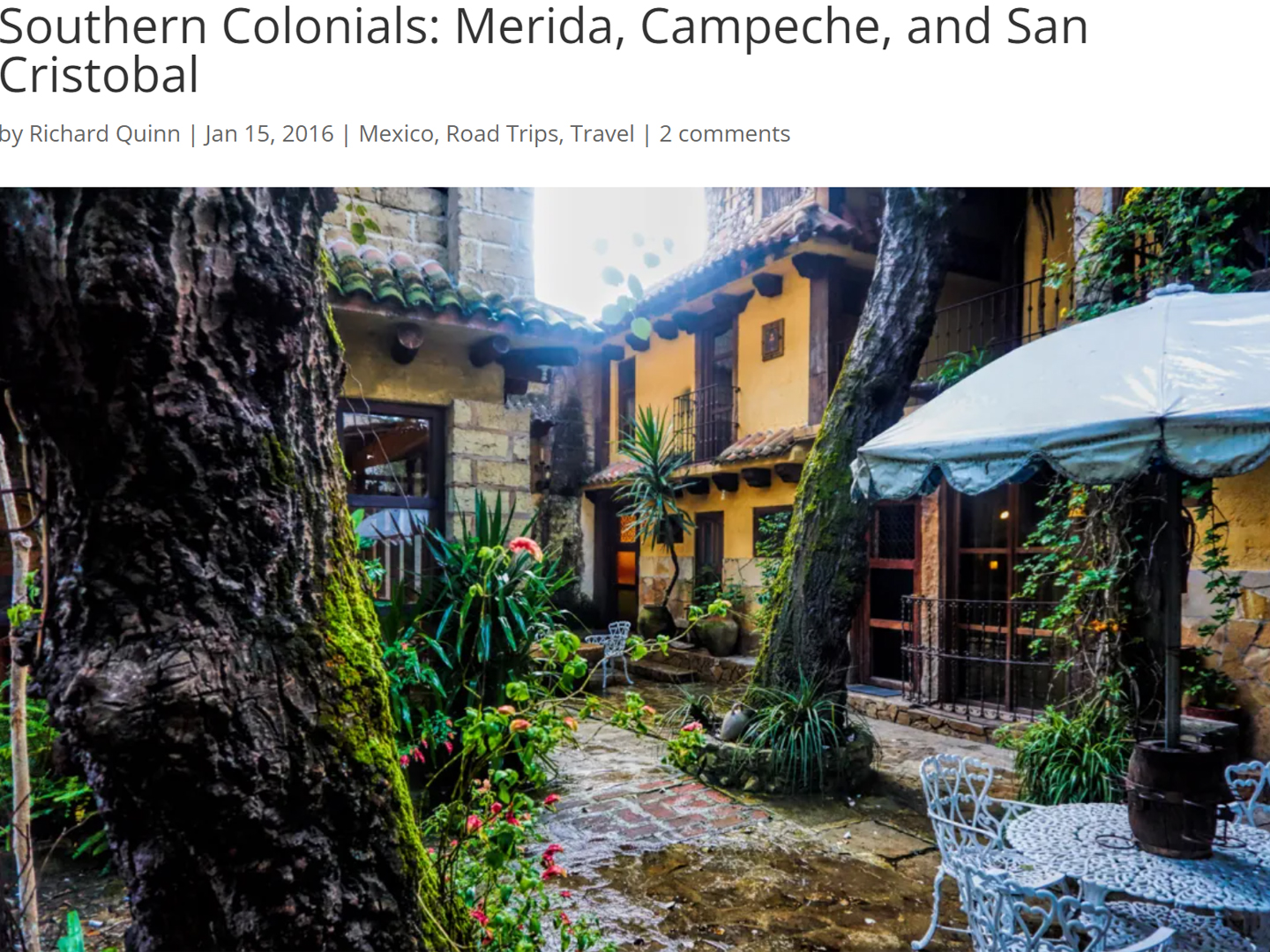
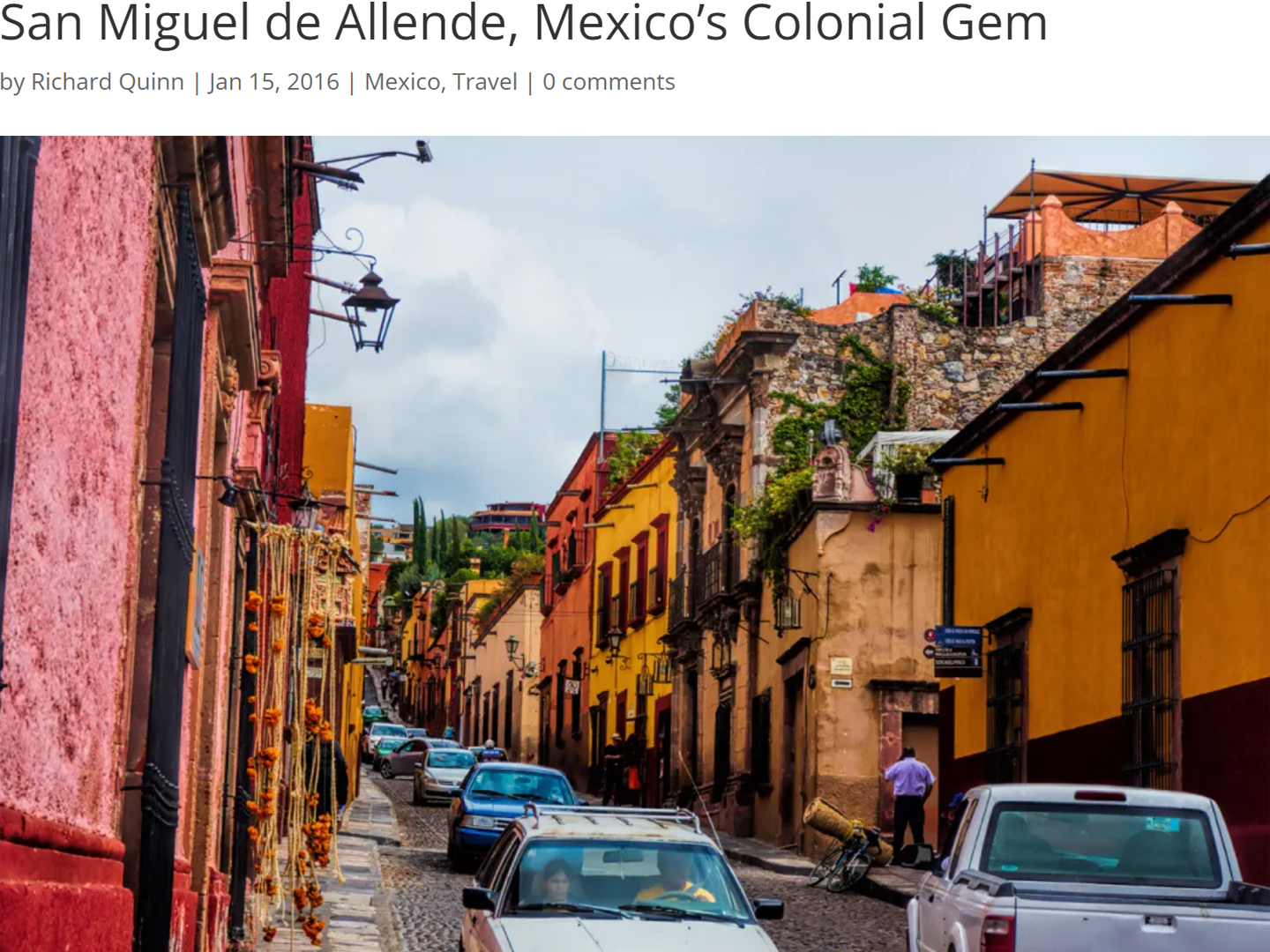
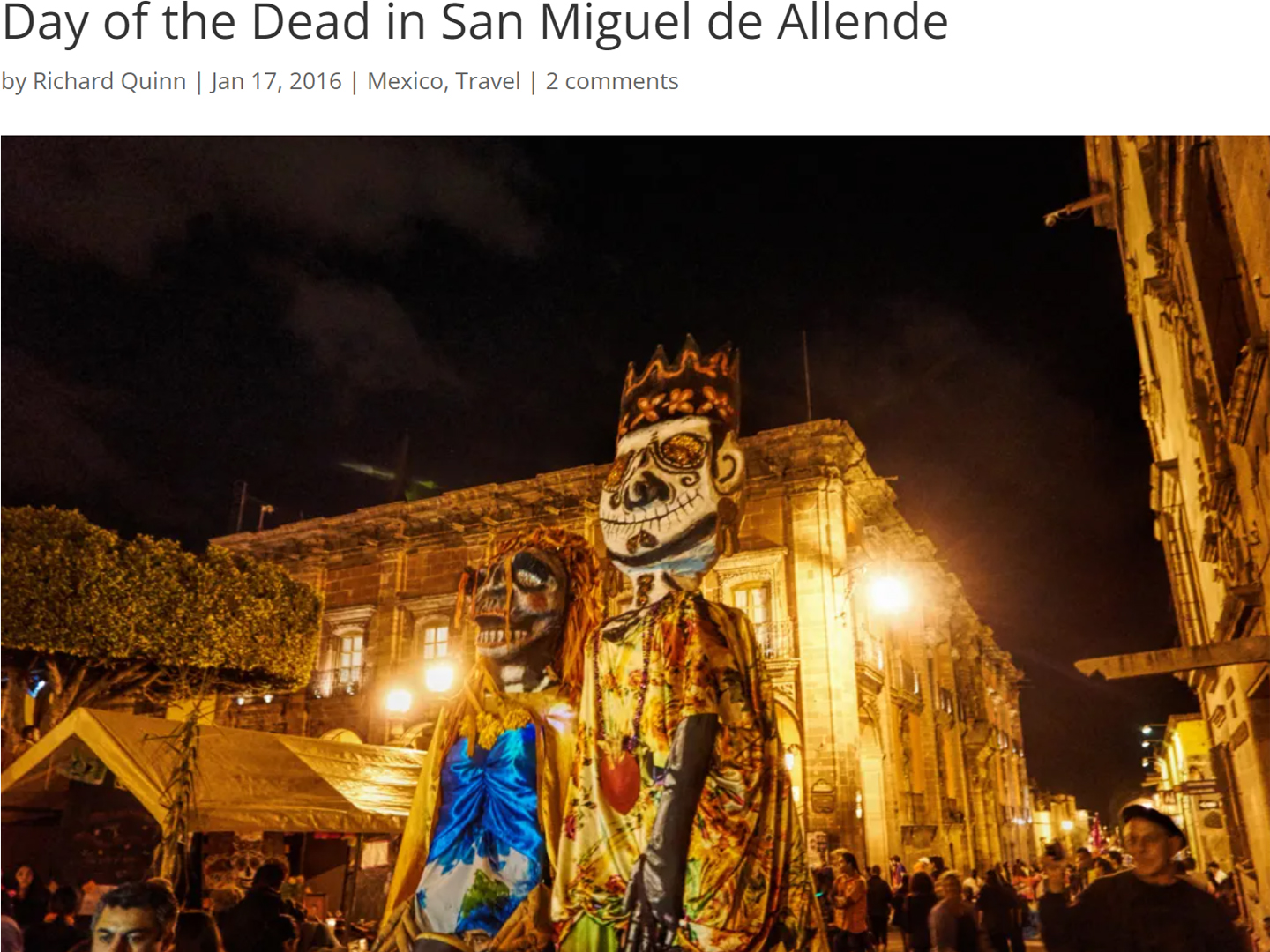
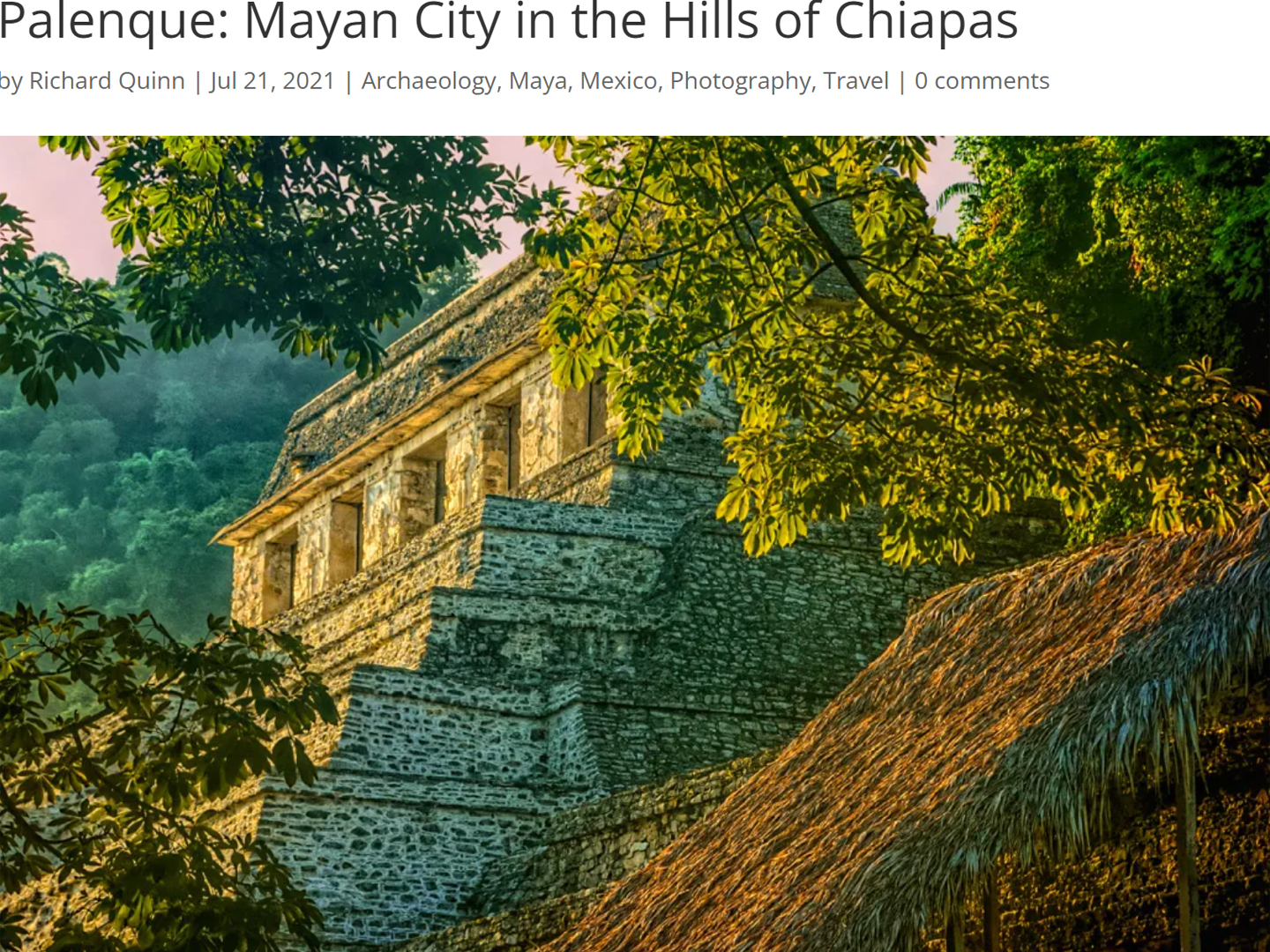
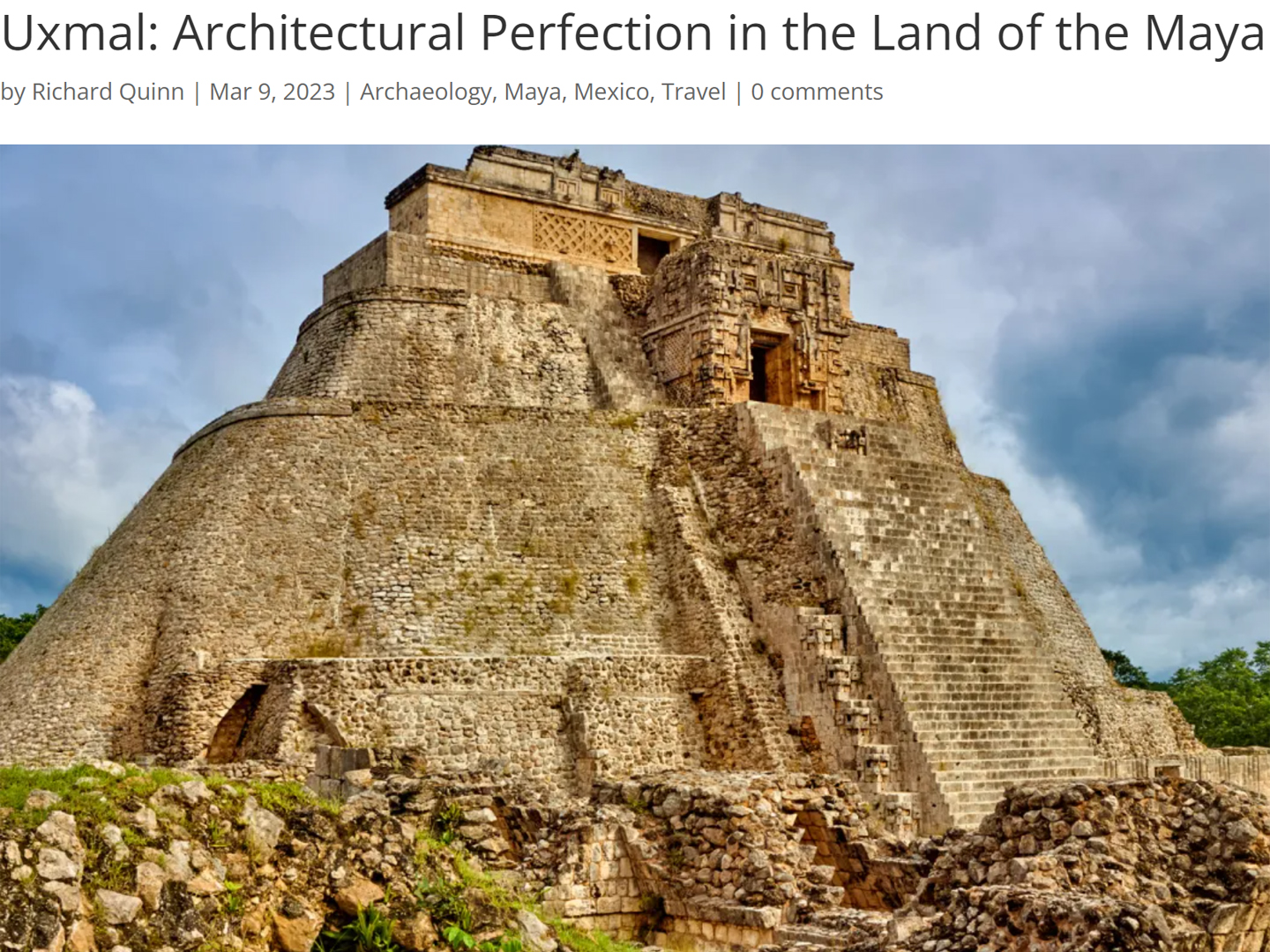
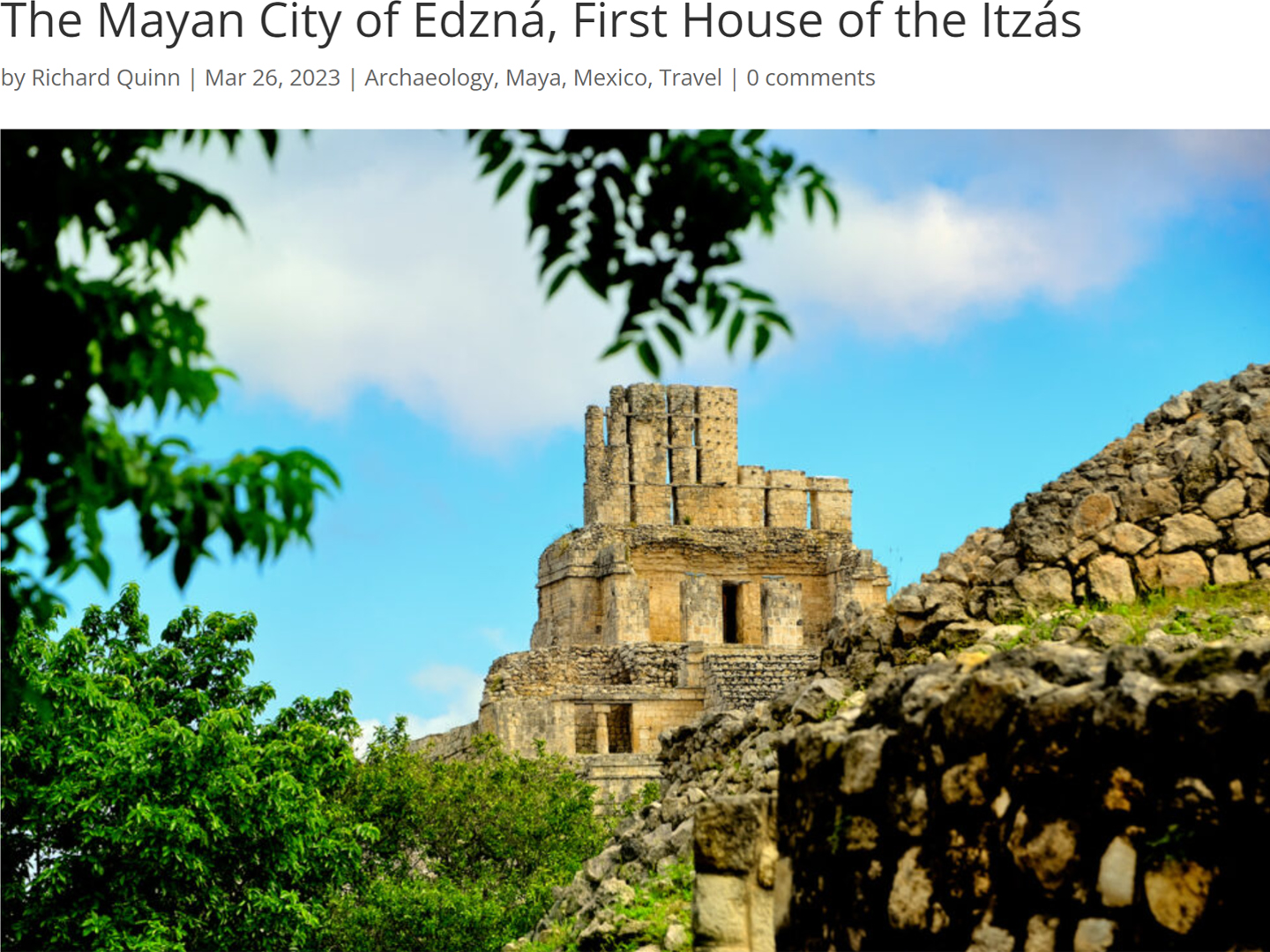
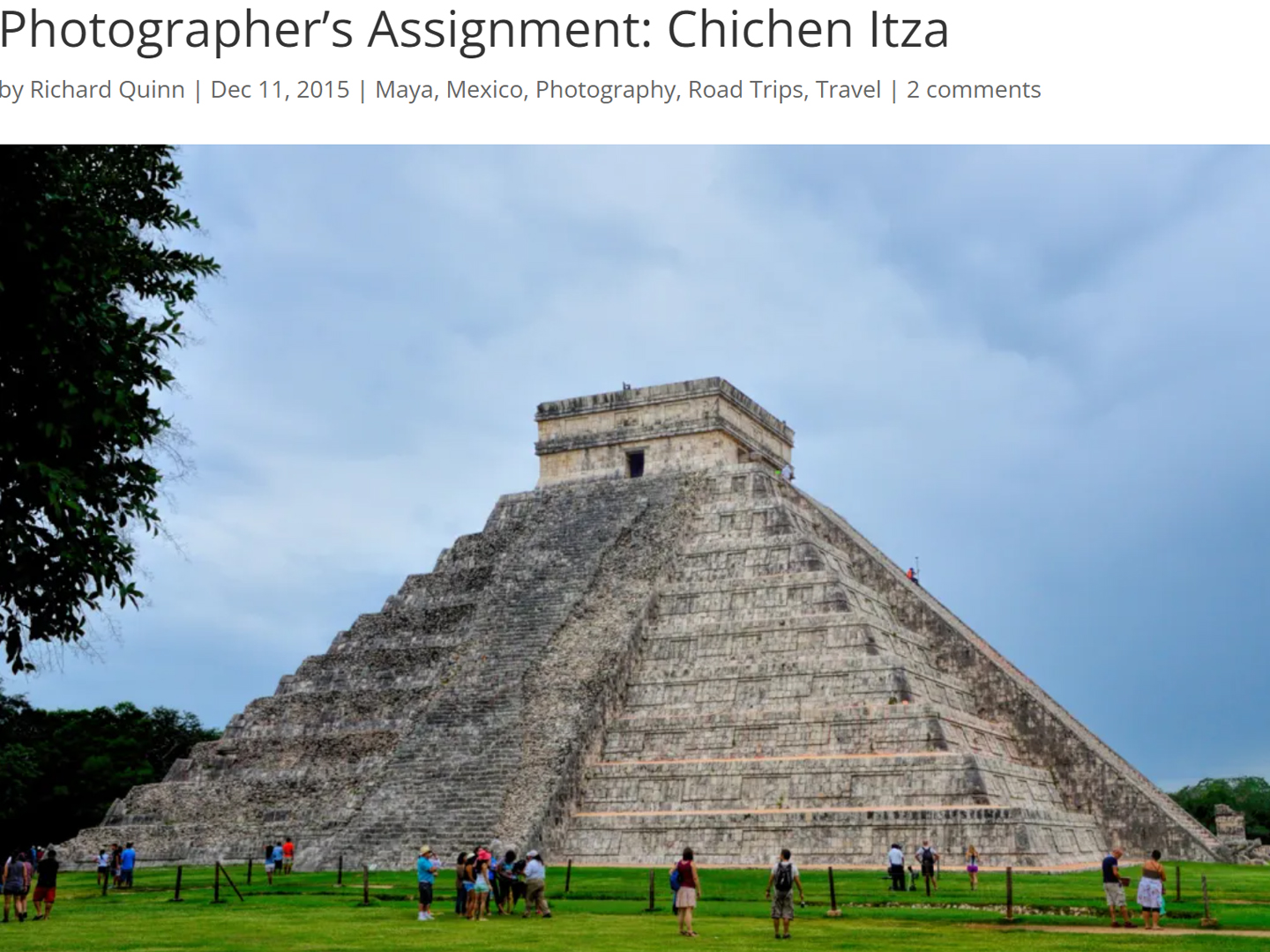
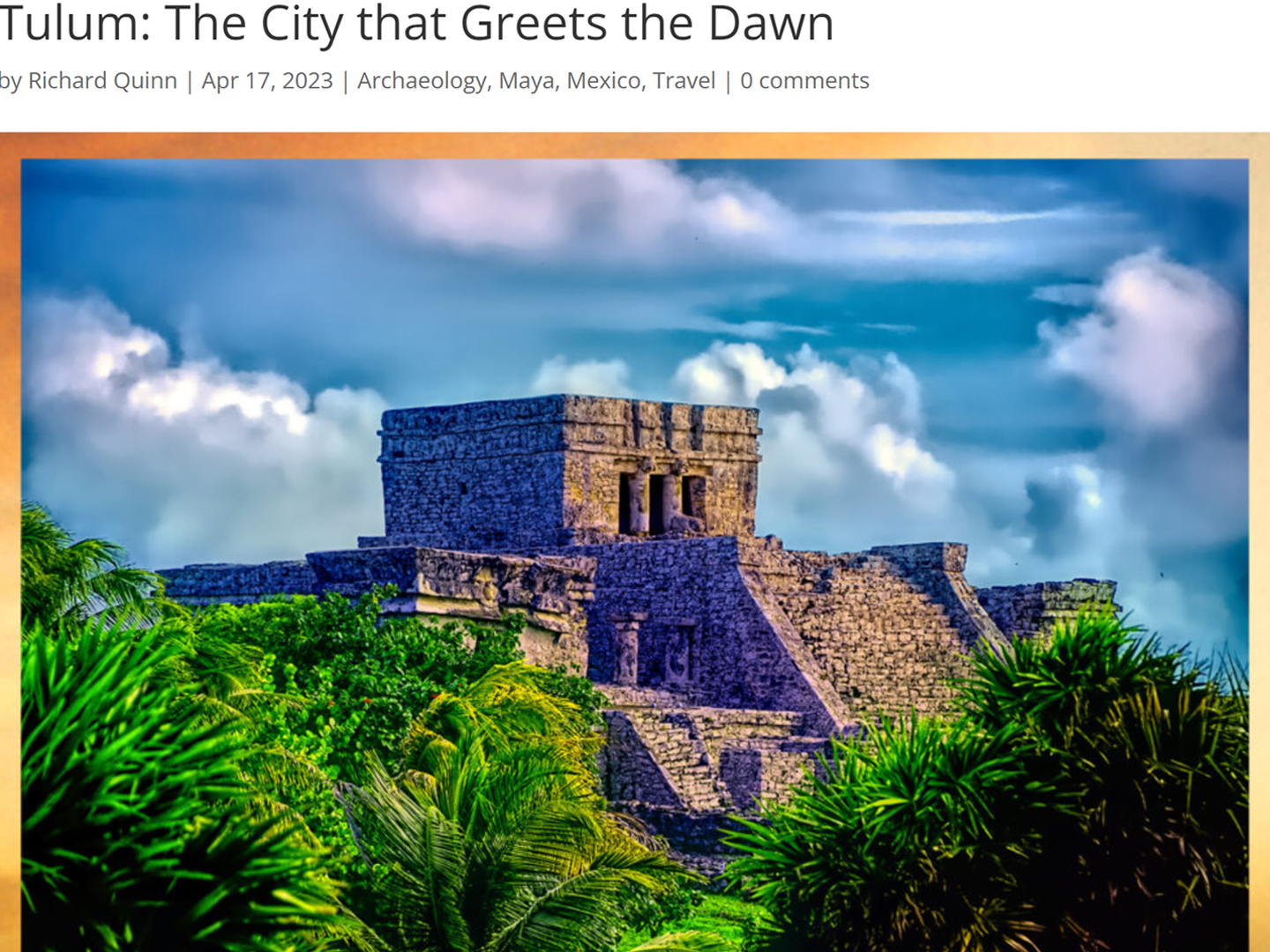
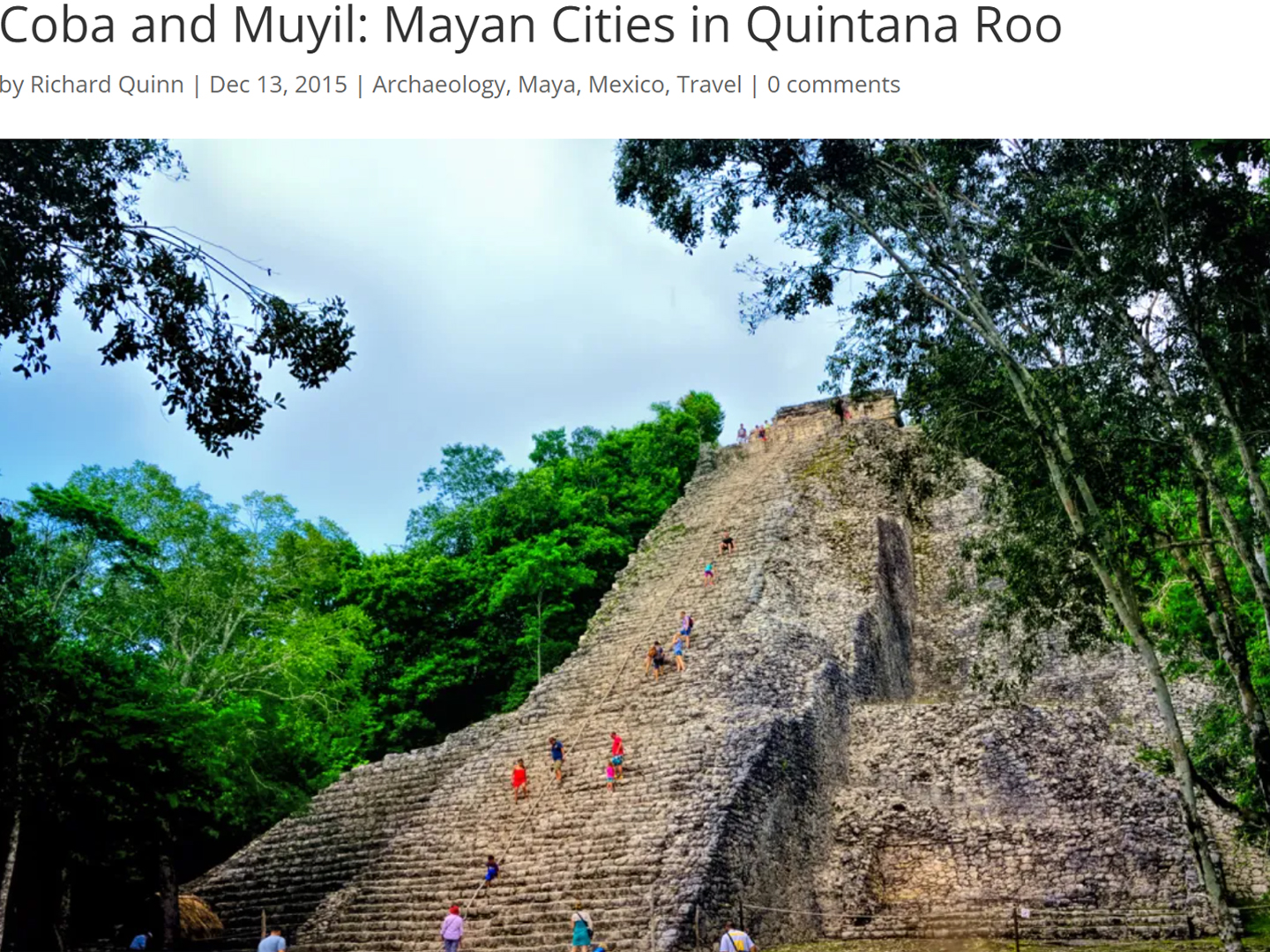
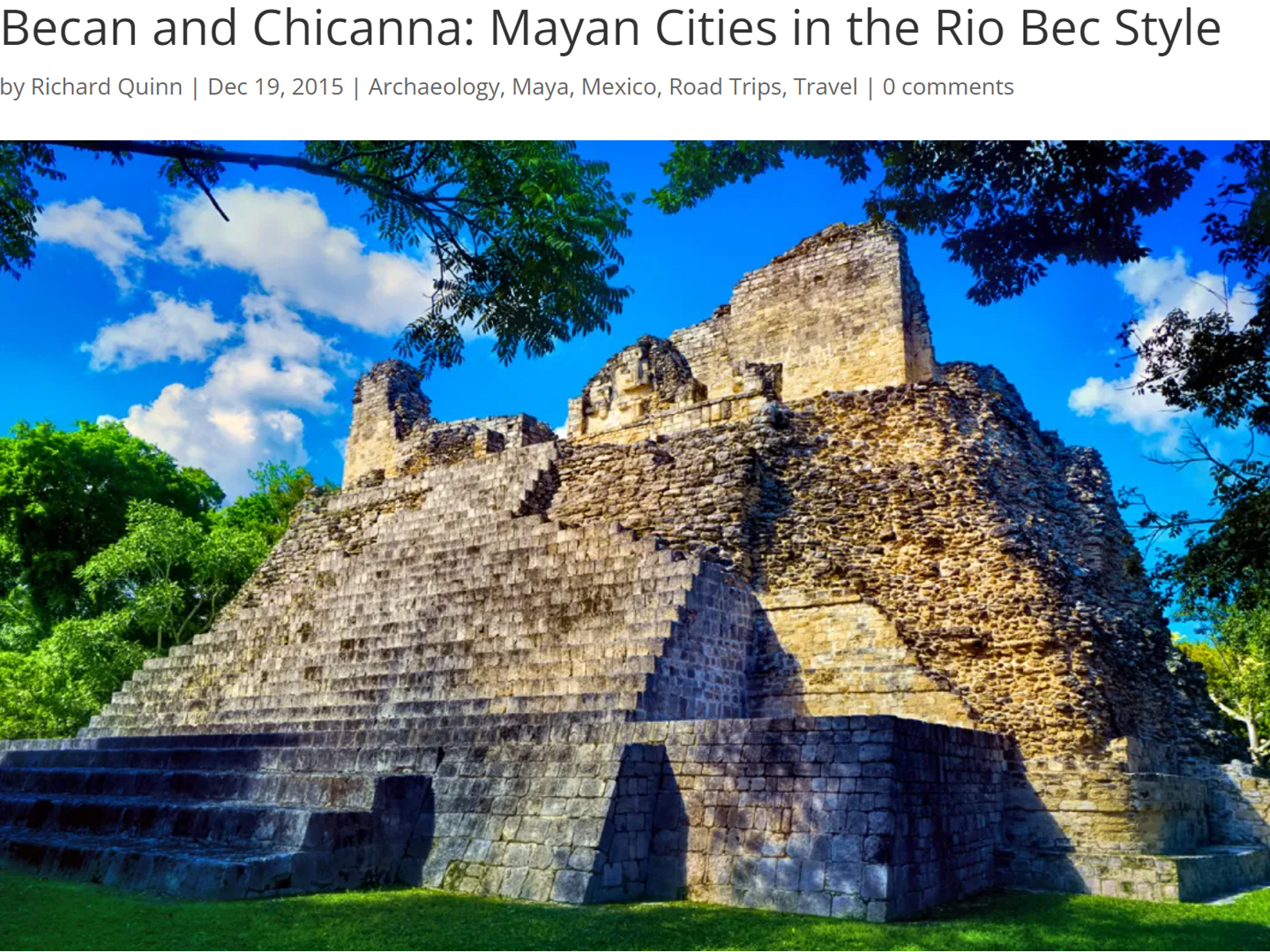
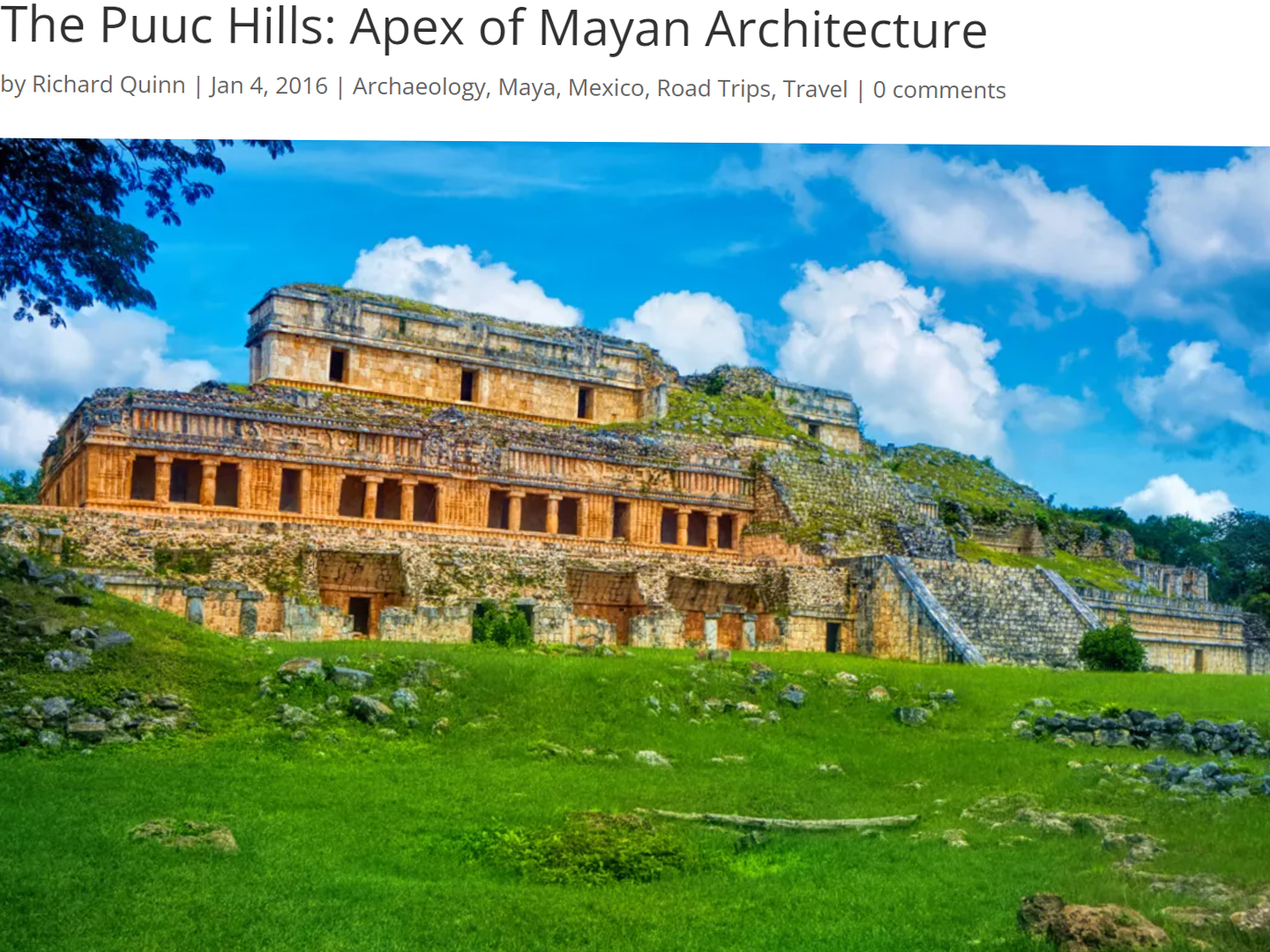
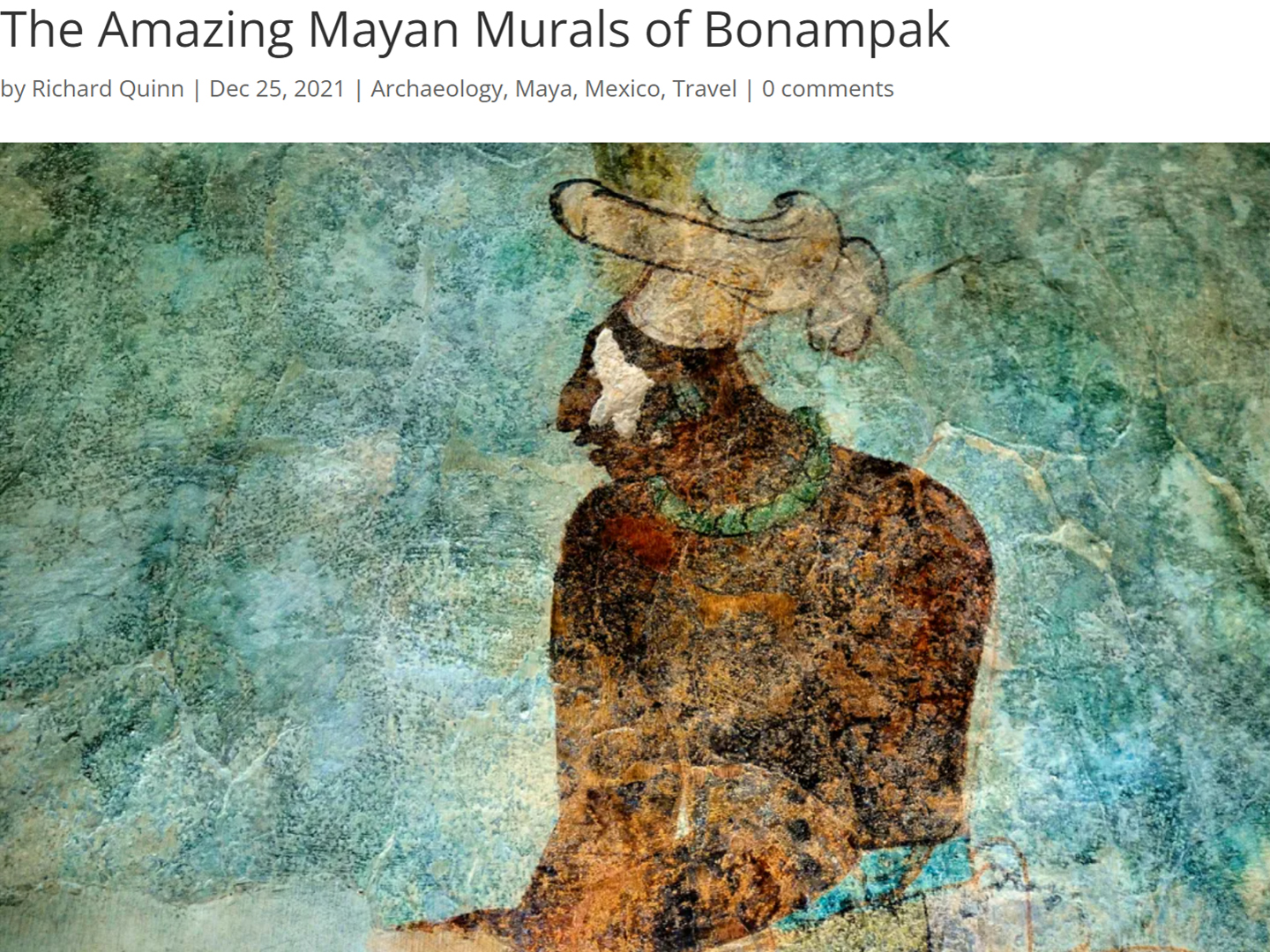
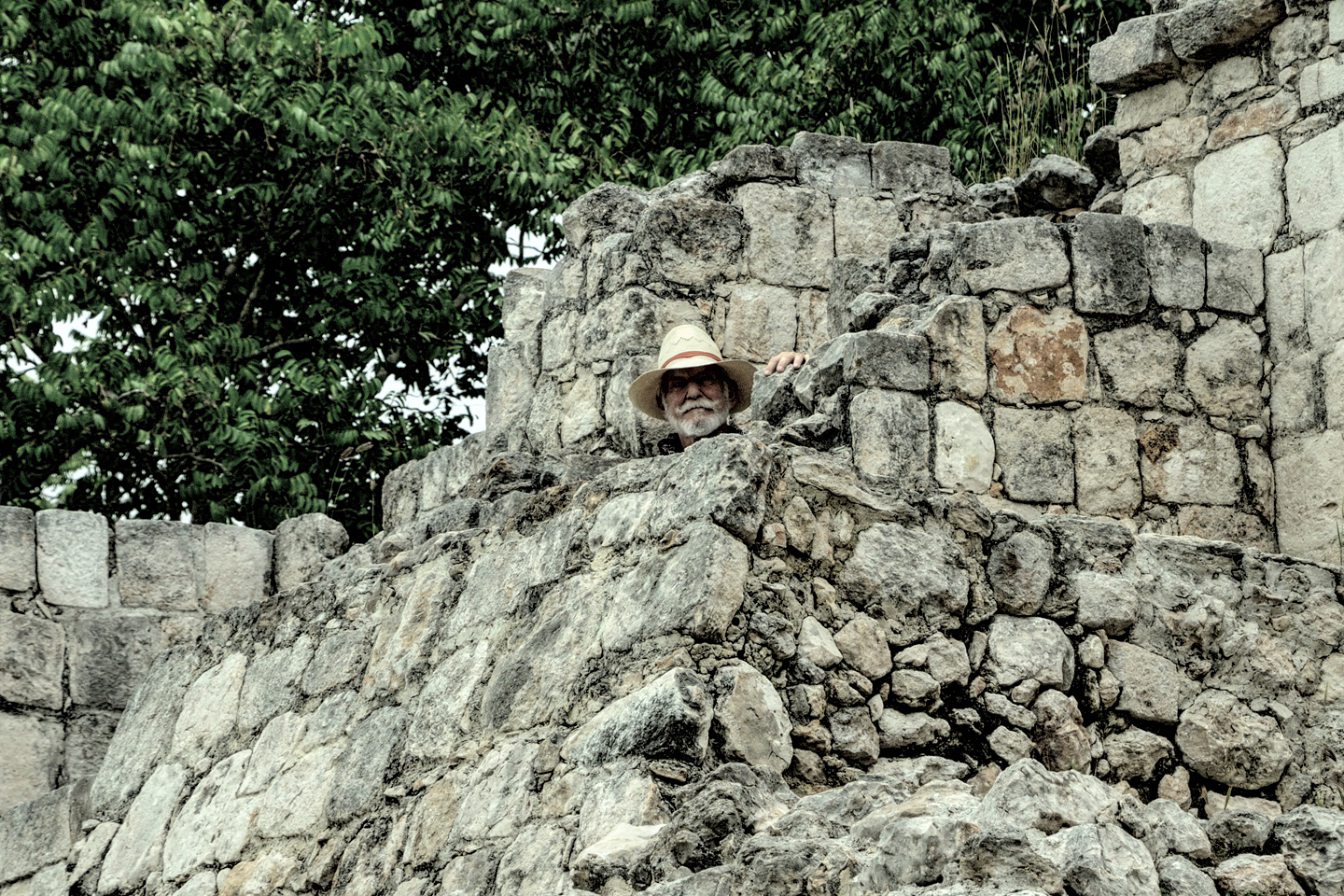


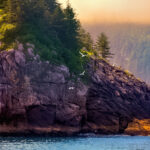
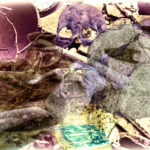
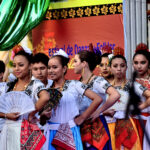
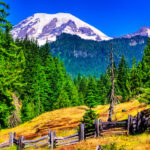
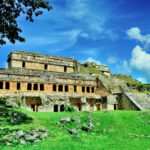
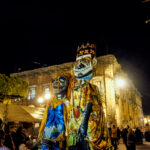
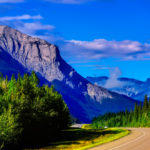
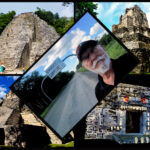
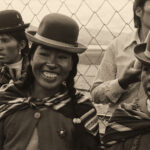
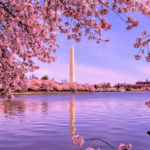
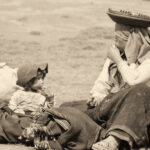
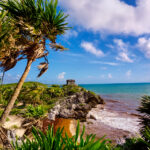
Hey there Ricardo, Gerardo, we met at San Ramon. How I regret not following up on graduate studies… my professor at UCLA, Dr. Nicholson was the man with everything Mayan. I still have some faded 1977 black and white pictures of Chichen… I returned in 1986, with my 9 year old son, he still recalls when we were surrounded by fire flies on our way to the castillo at night.
Gerardo:
Nice to hear from you. Fireflies and Chichen Itza sound like a pretty great combination! I assume the rest of your journey went well? I’m still working on my material from San Miguel. I took some seriously wonderful photos of the fiesta. You should check back on the site later in the month. I’ll have a new photo gallery up that I think you’ll enjoy.
Happy Holidays!
Rick